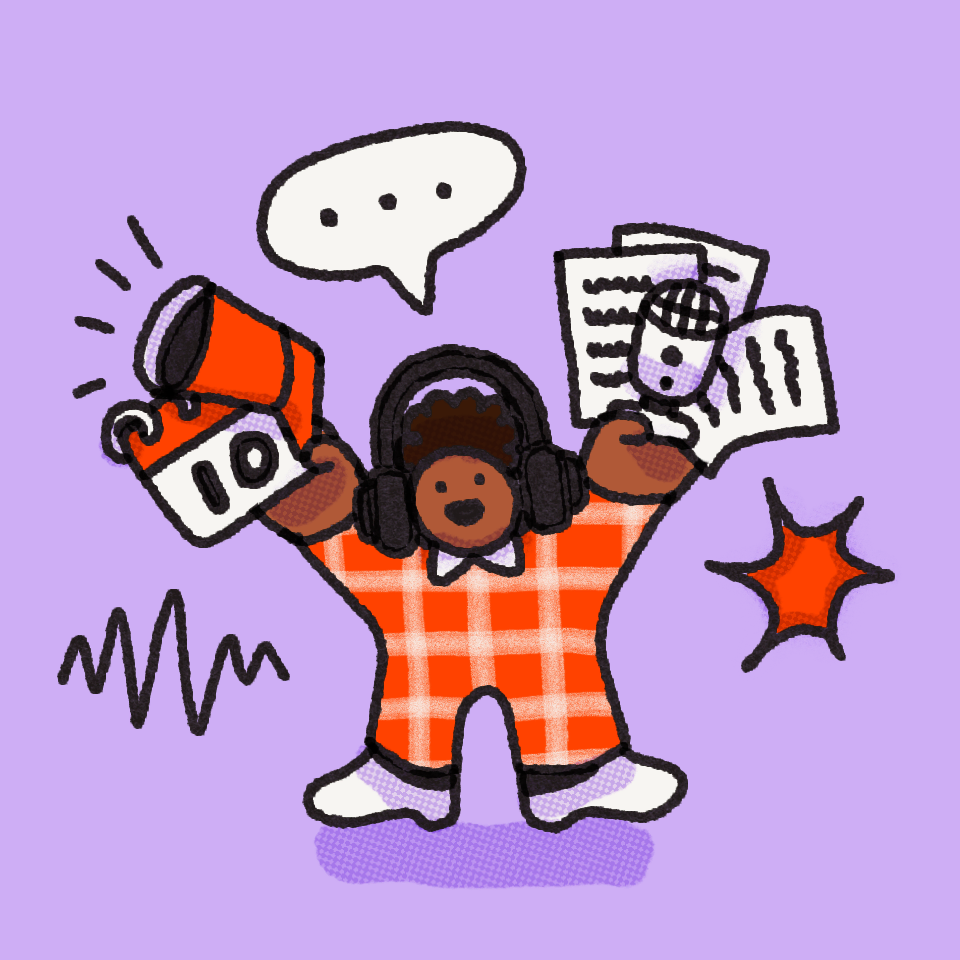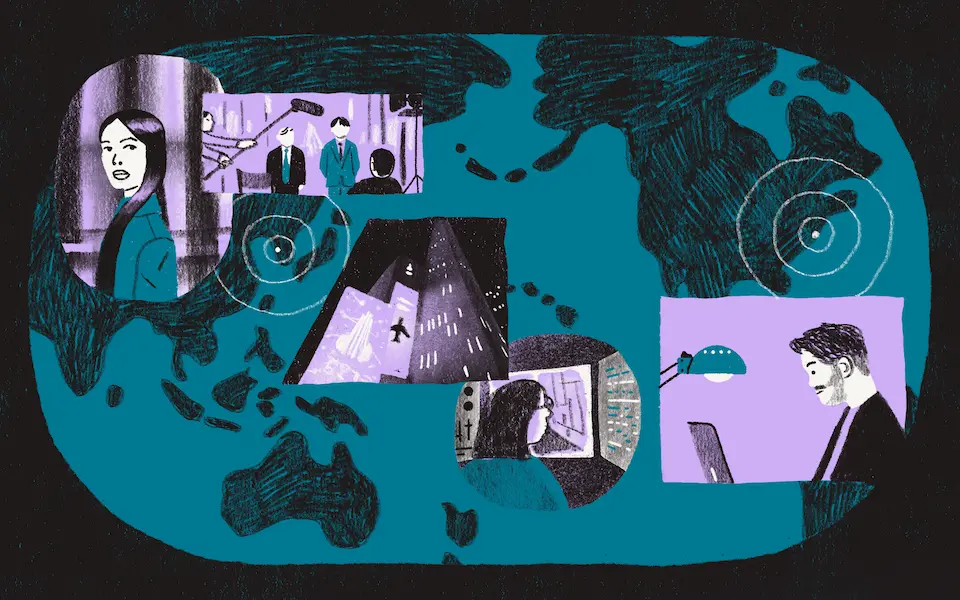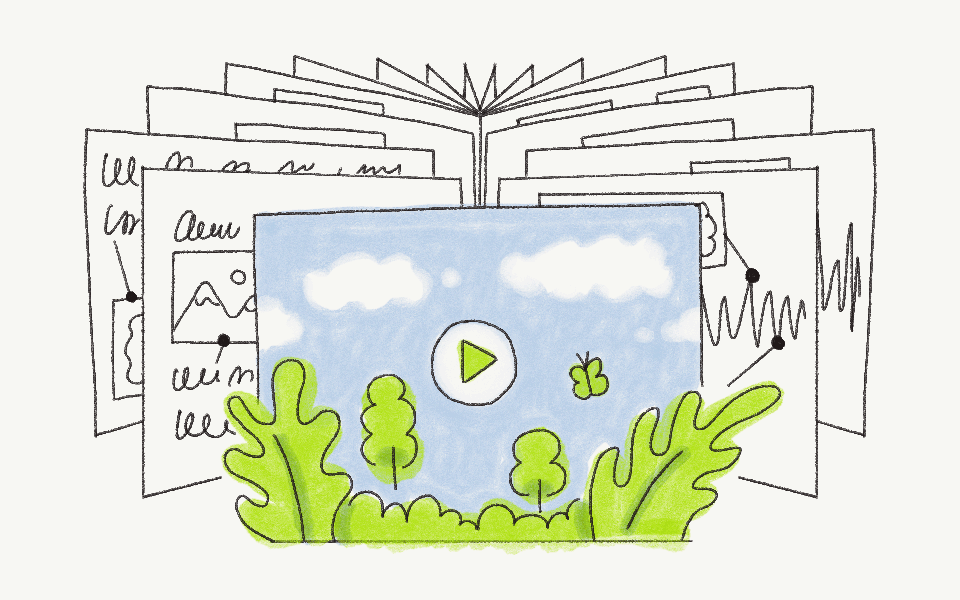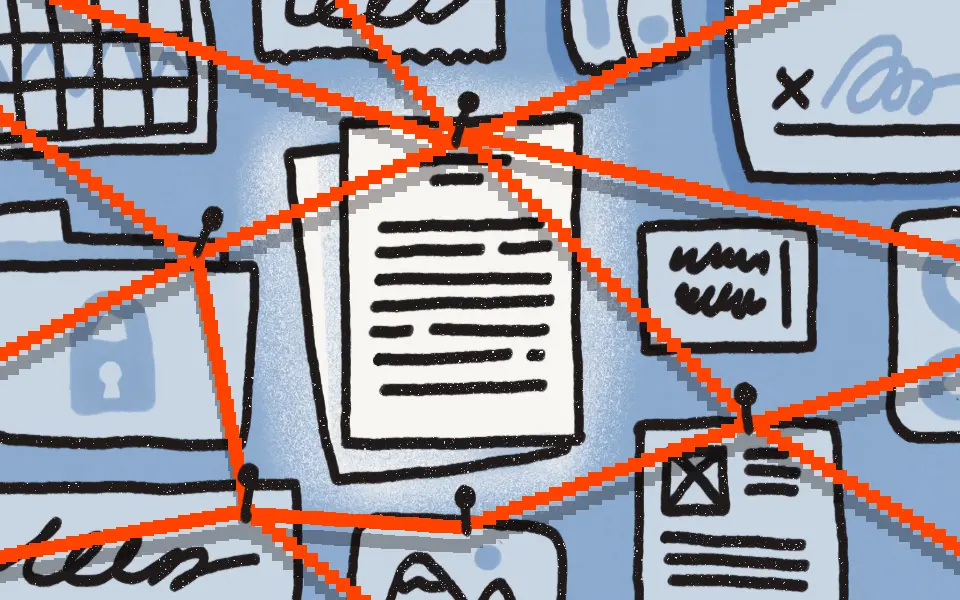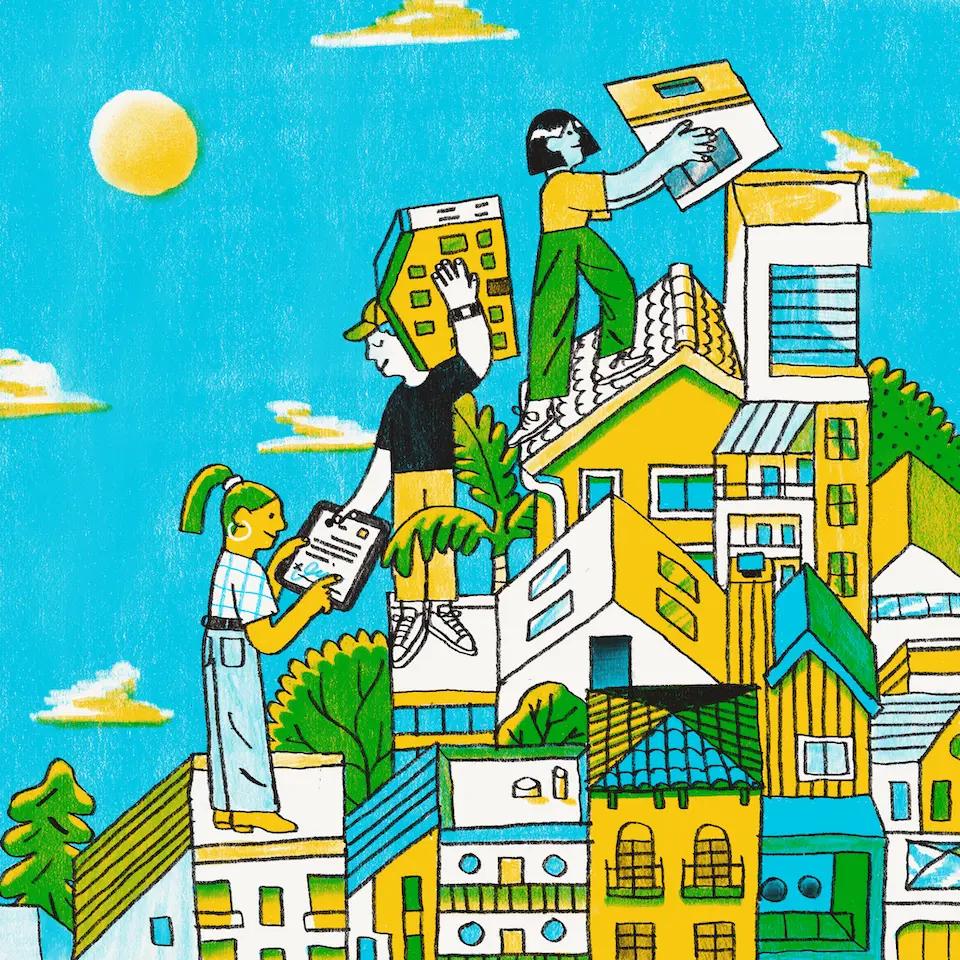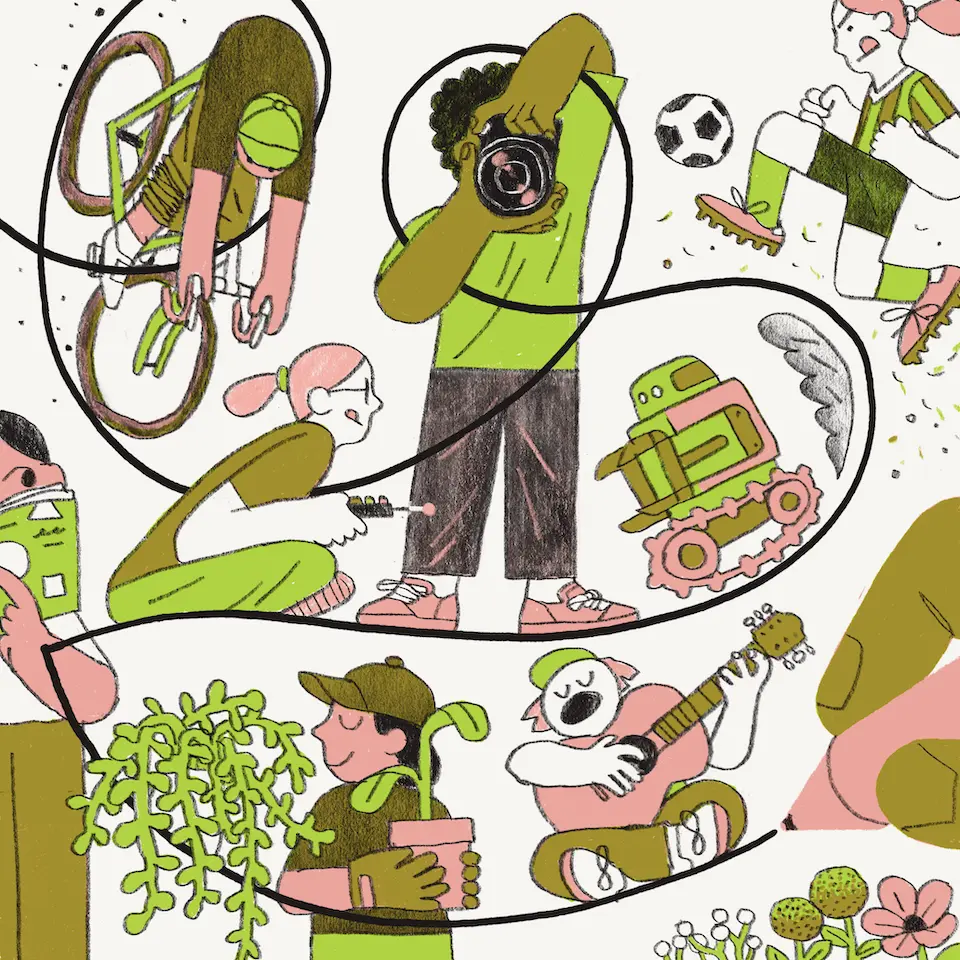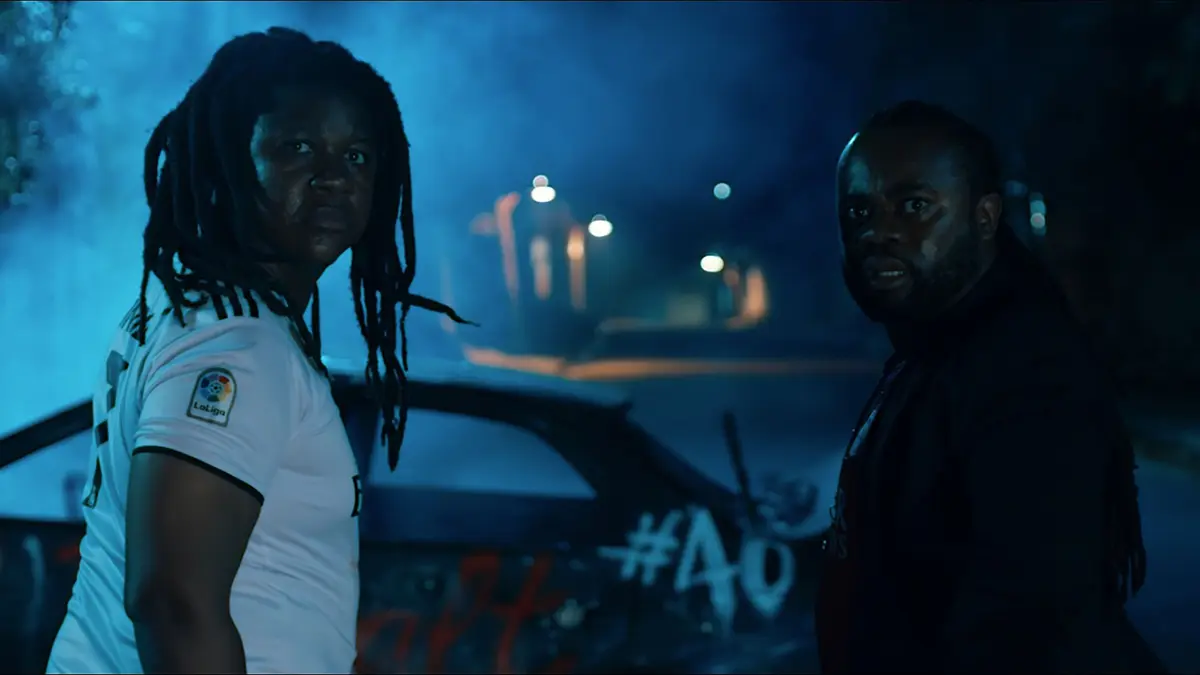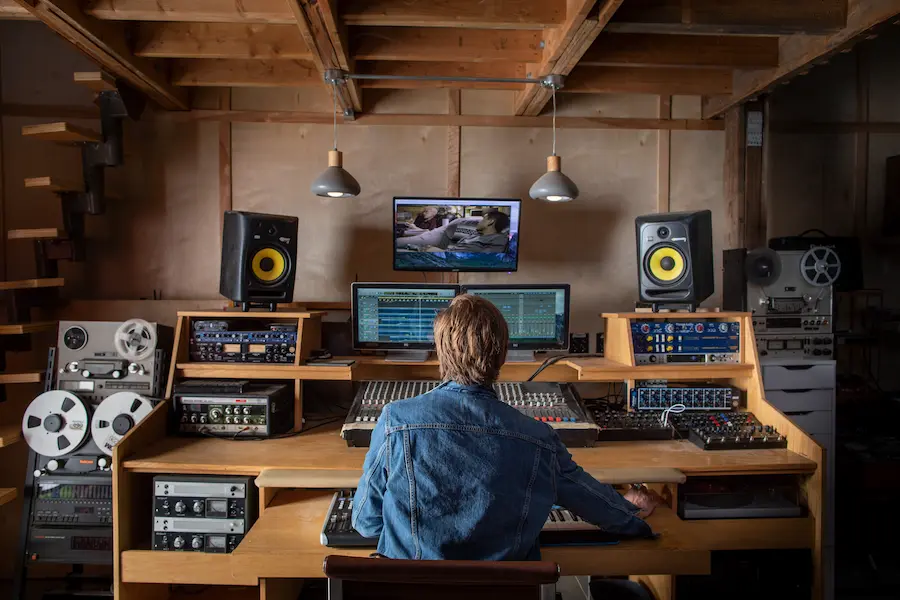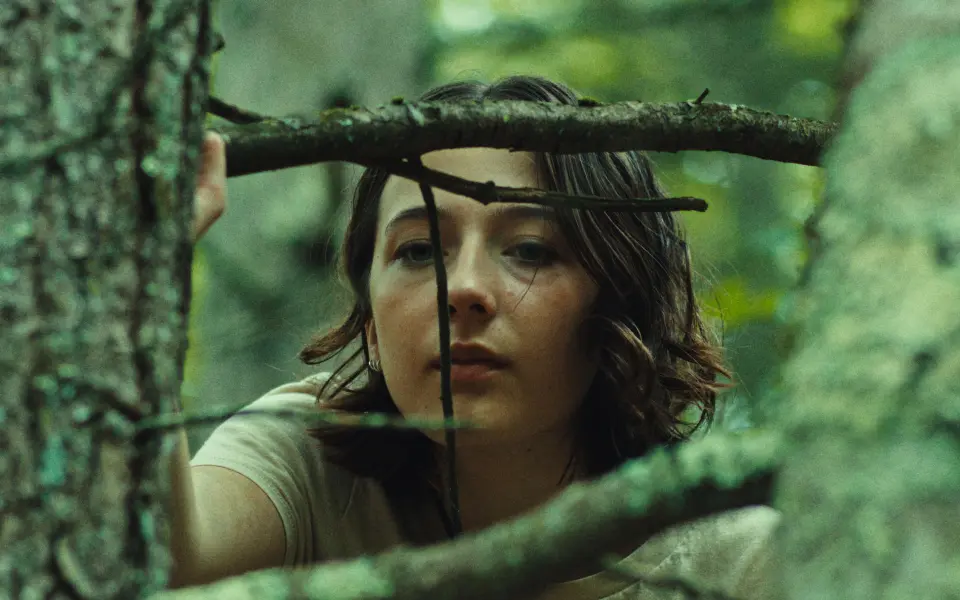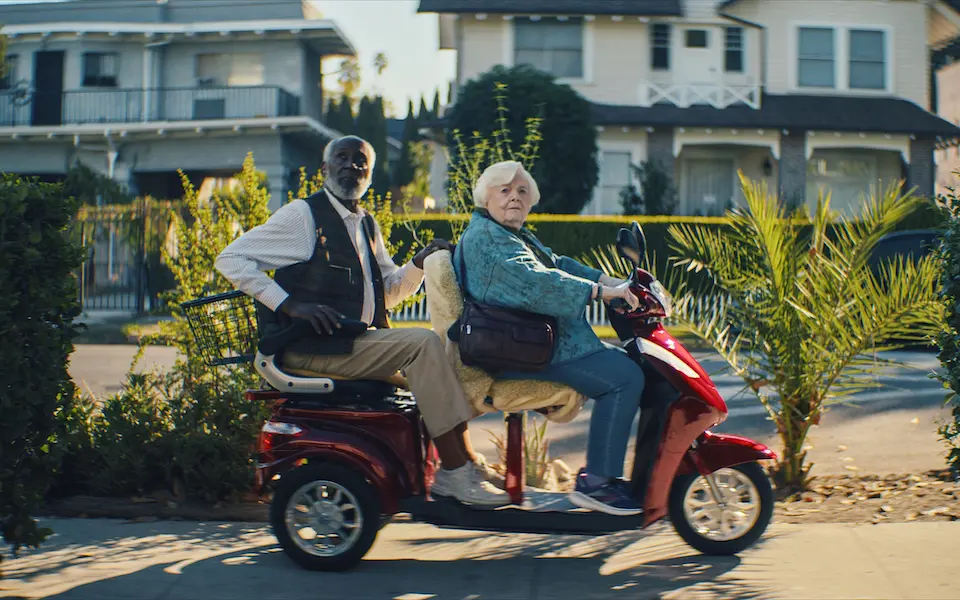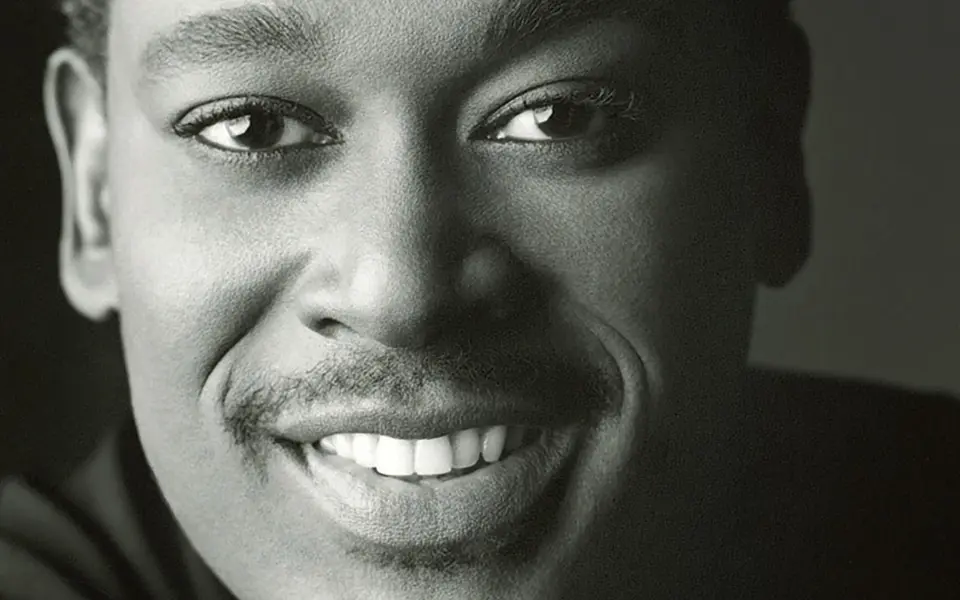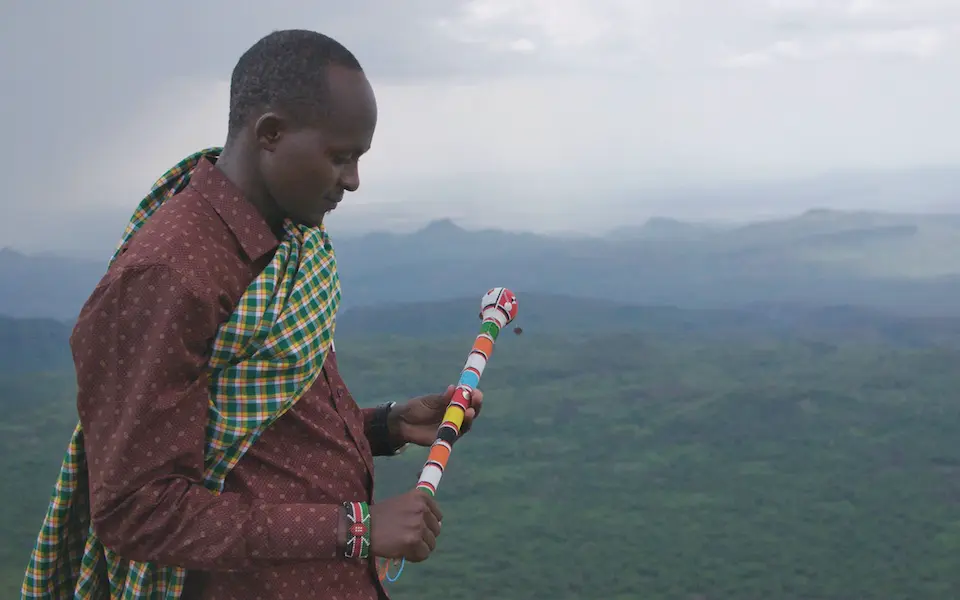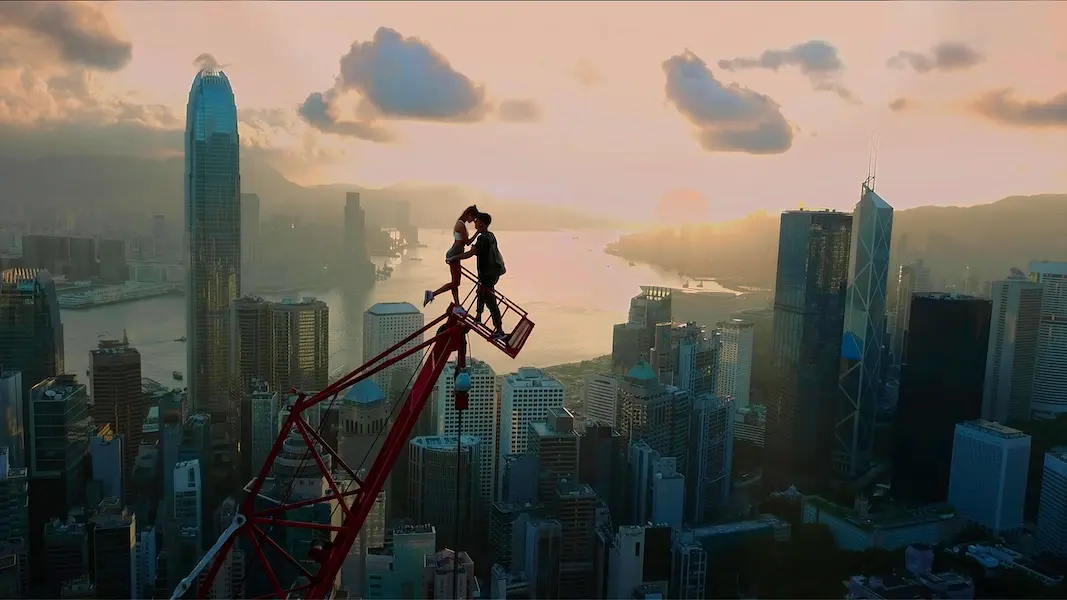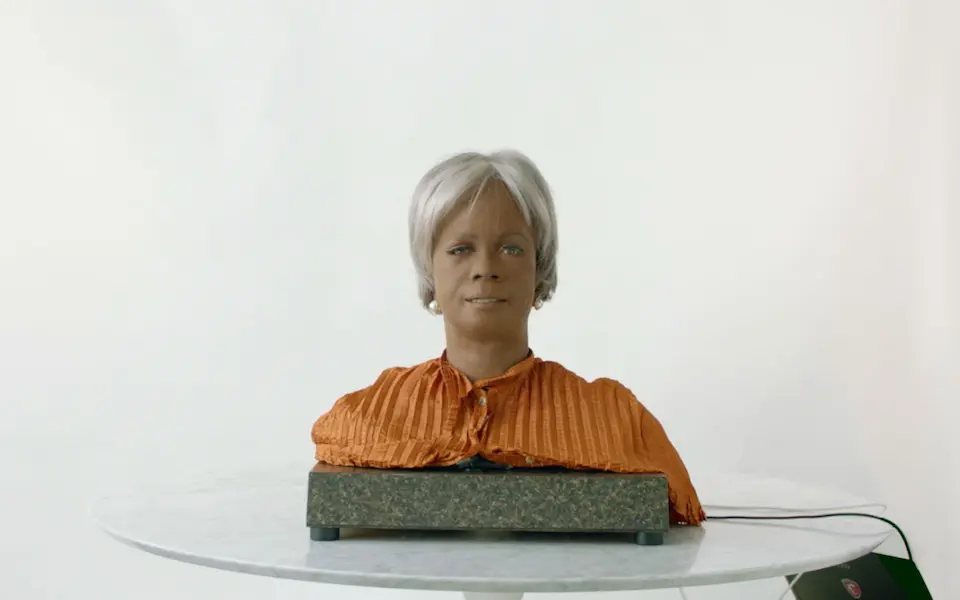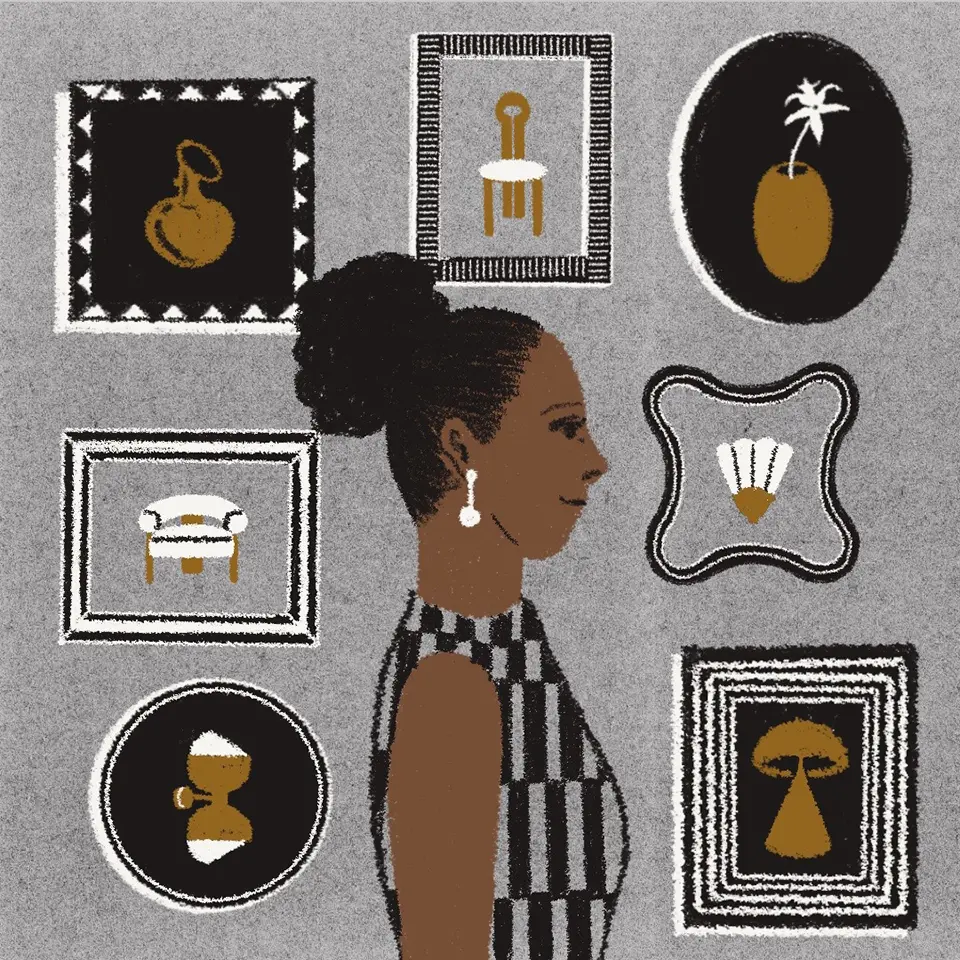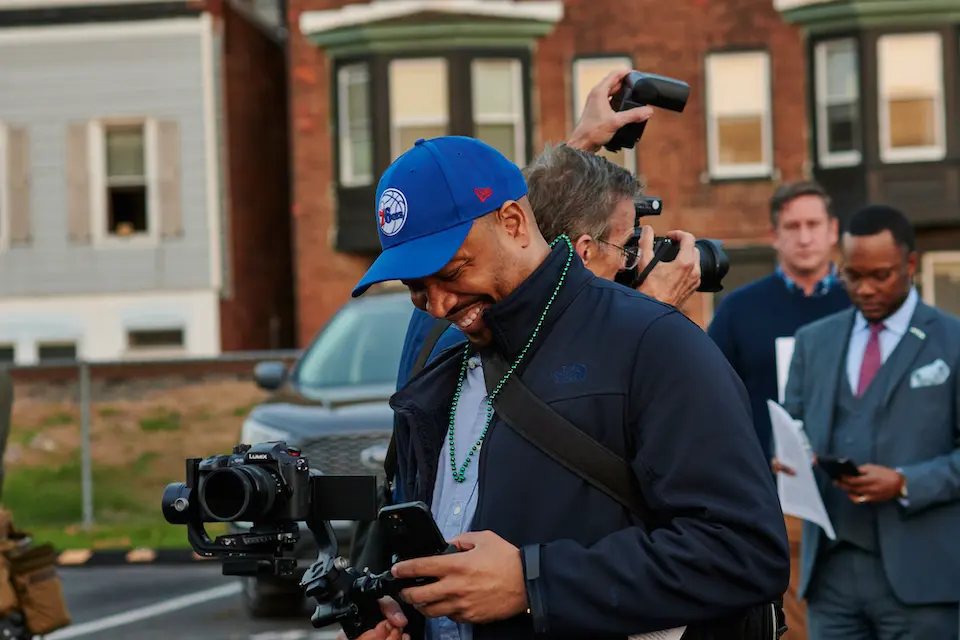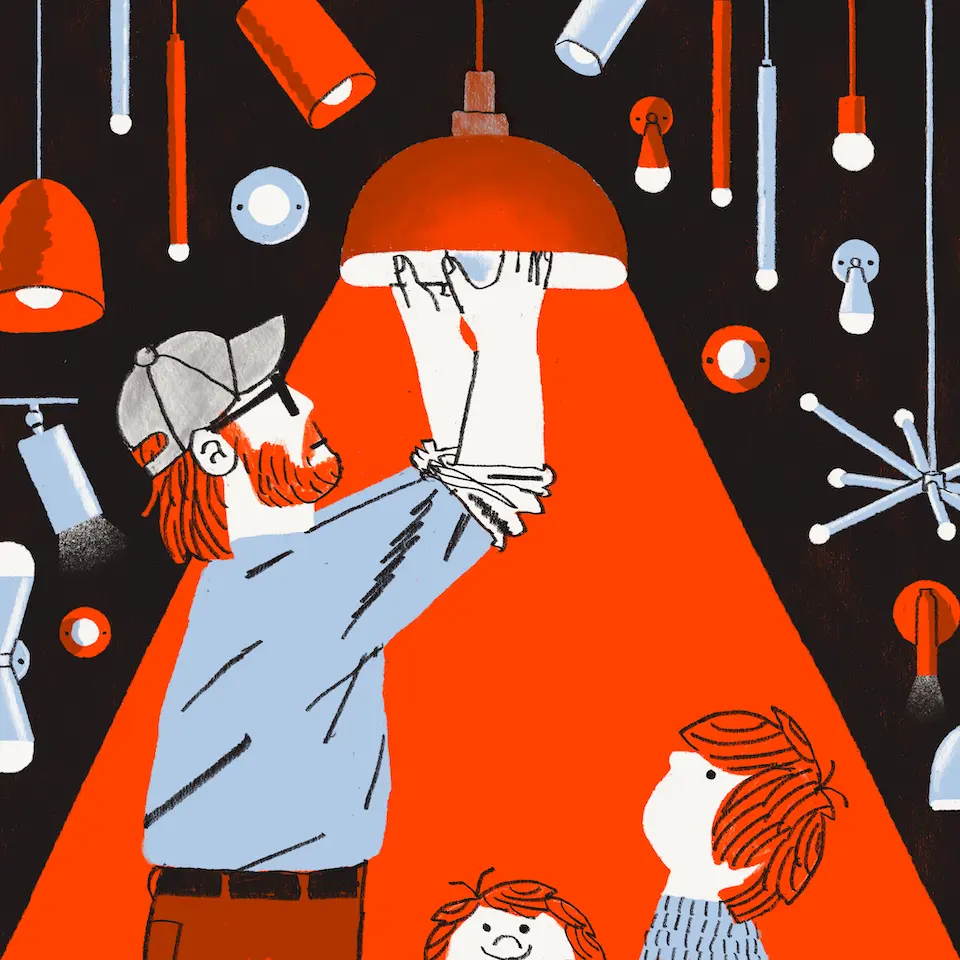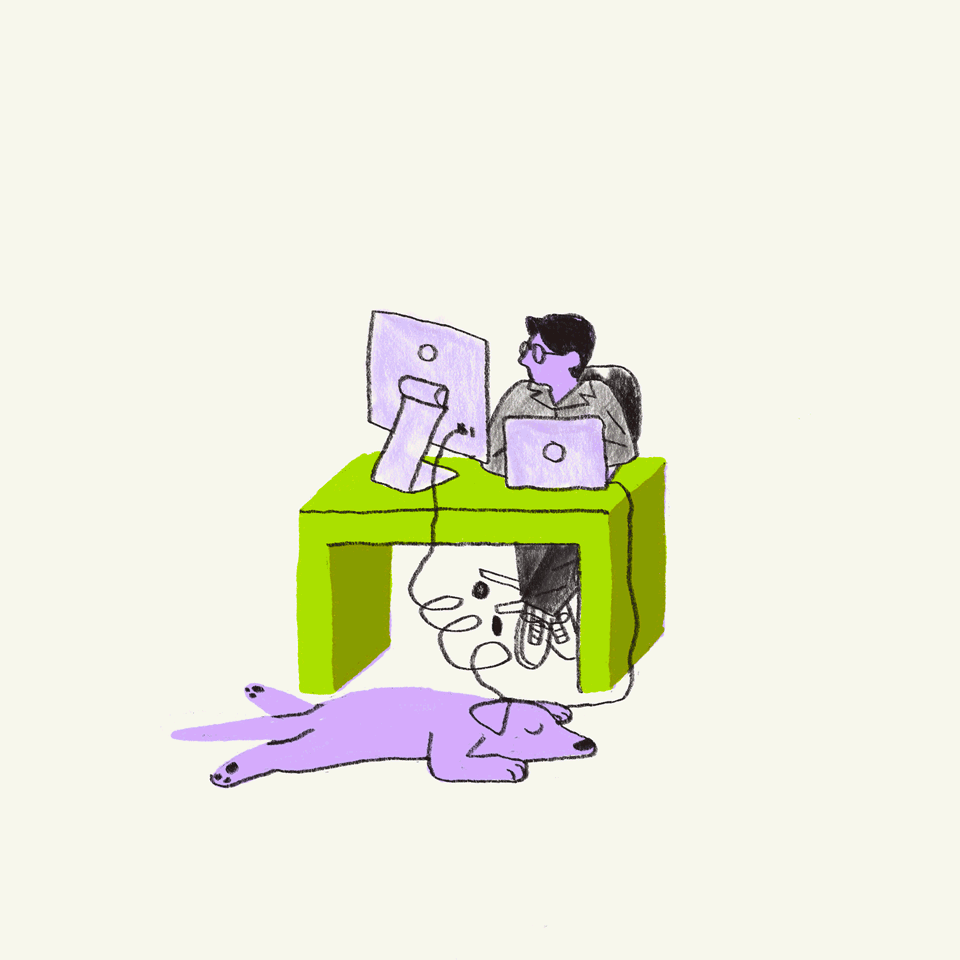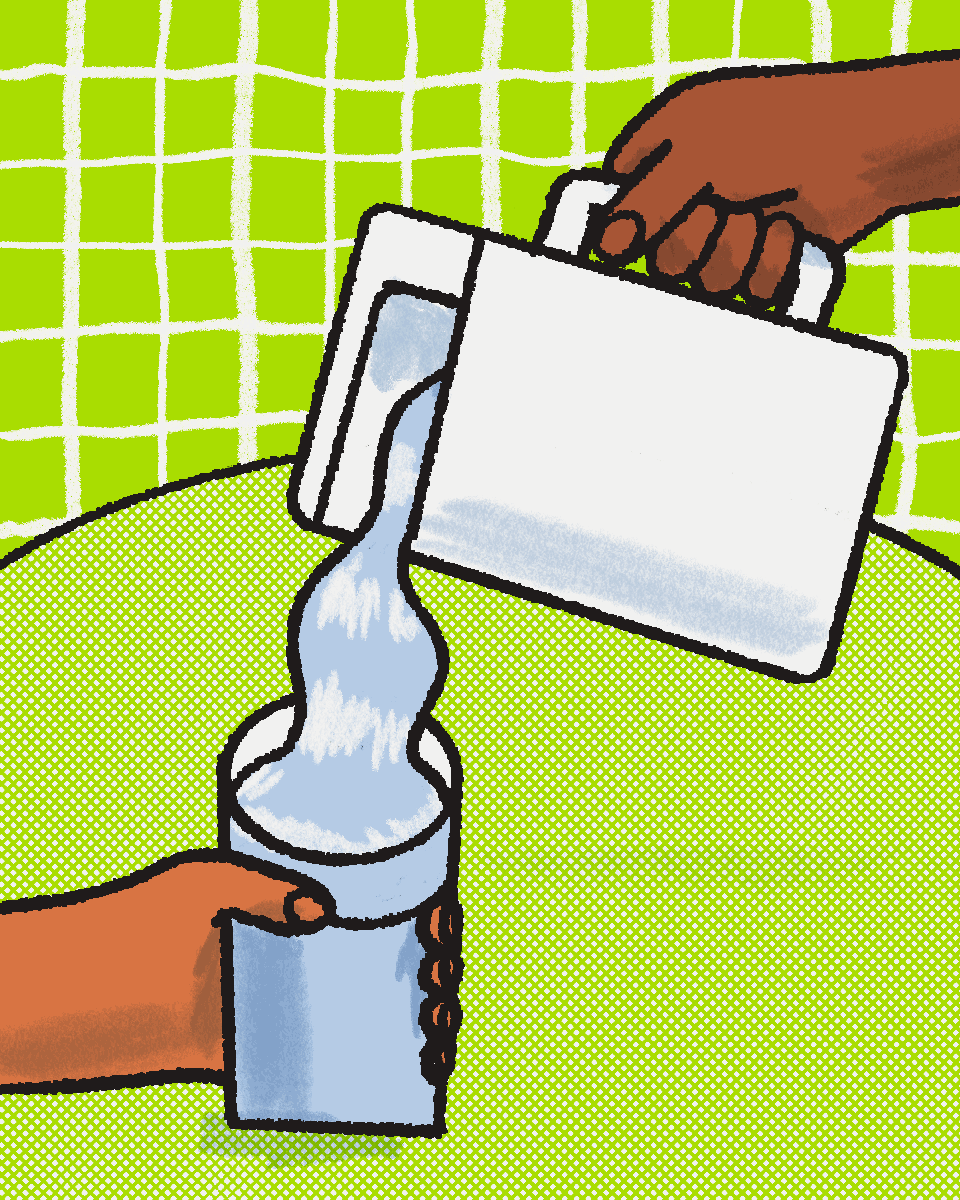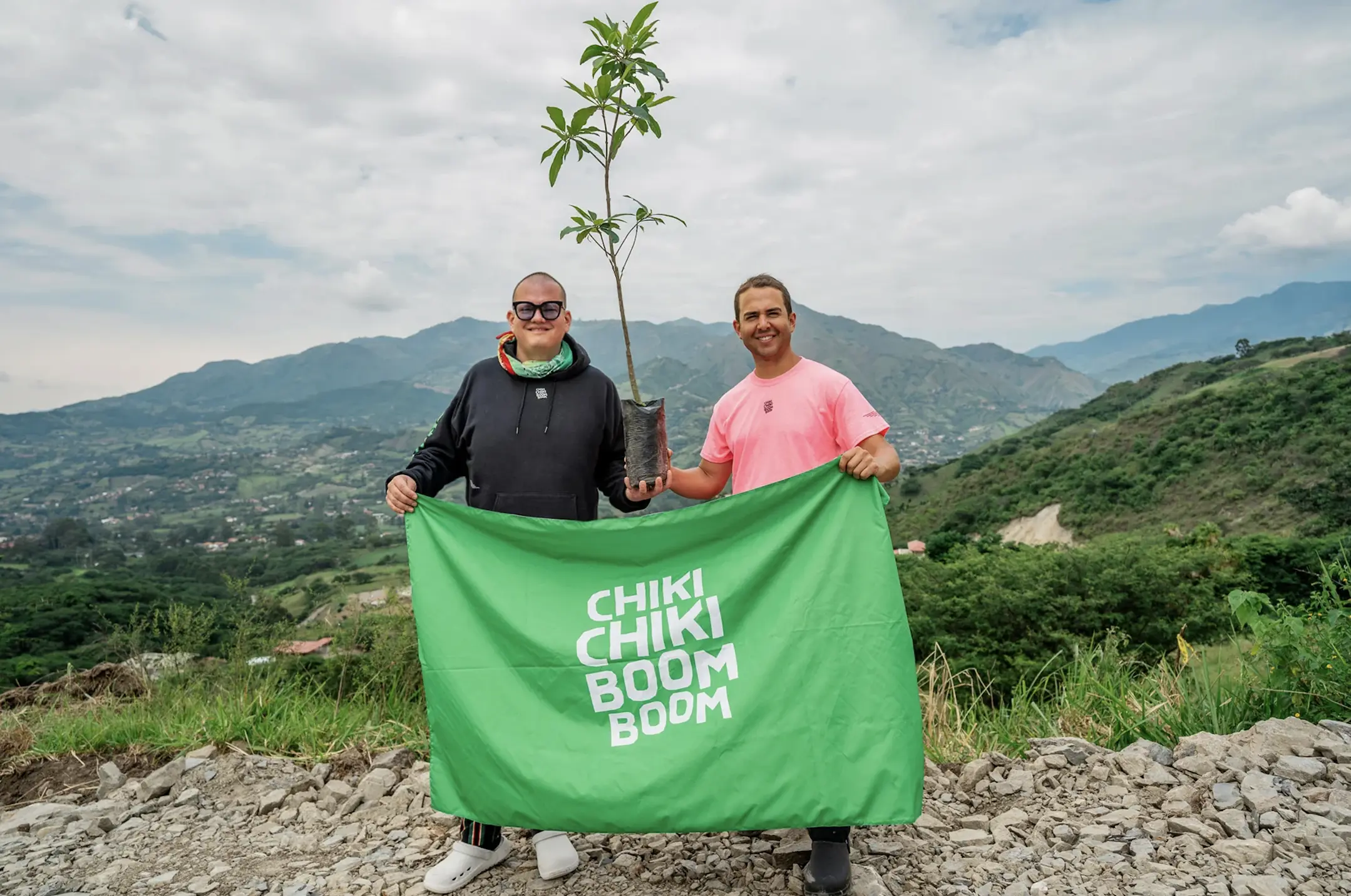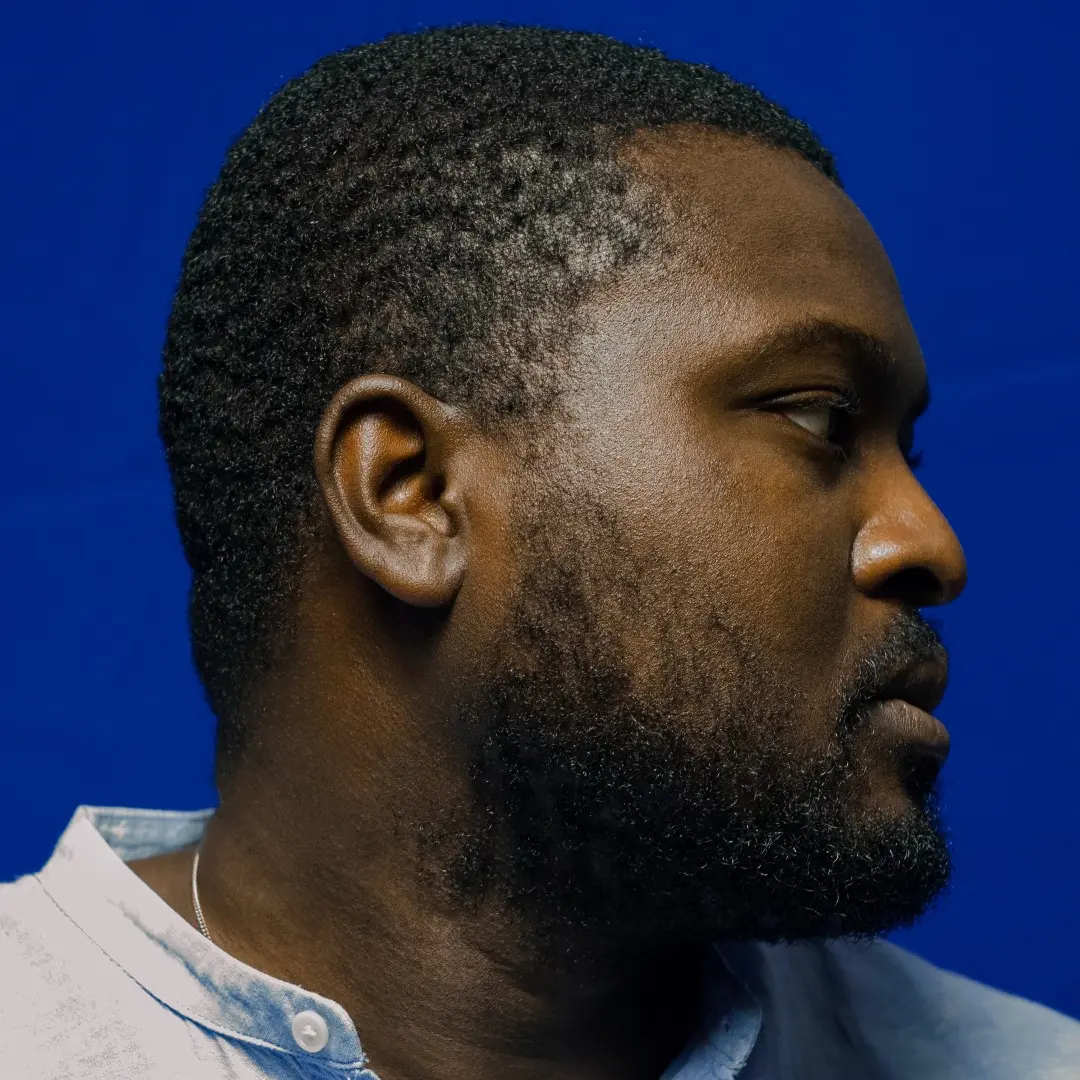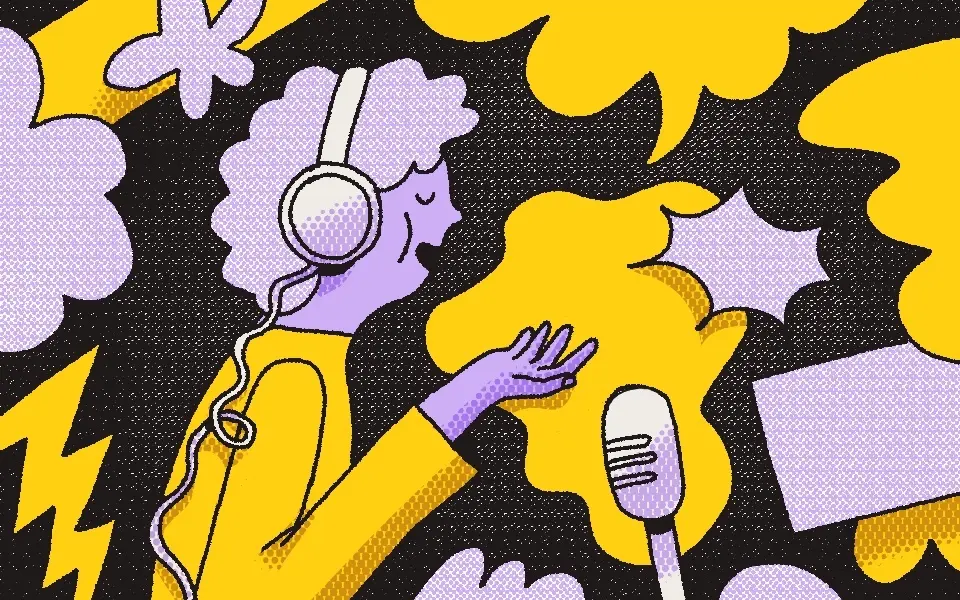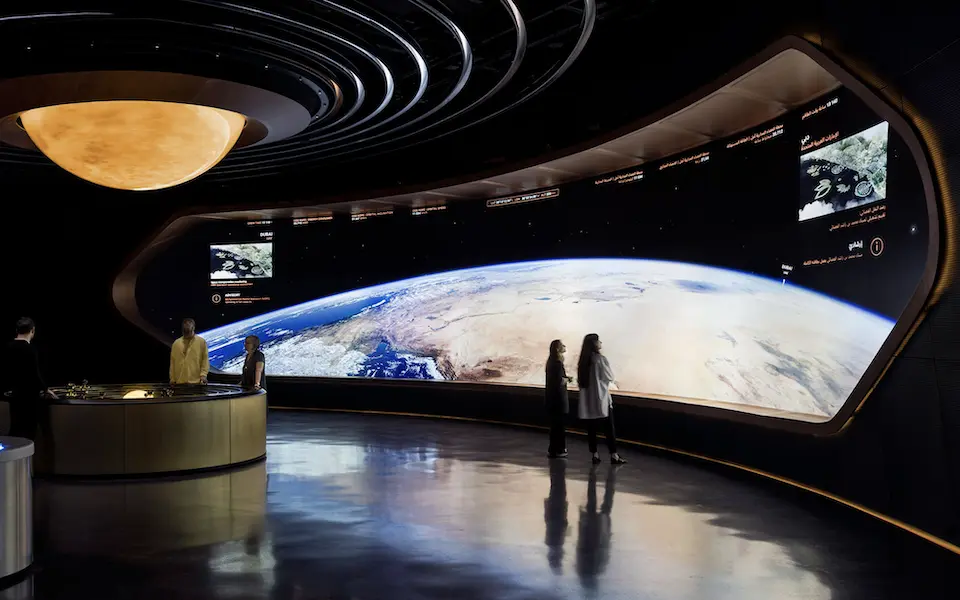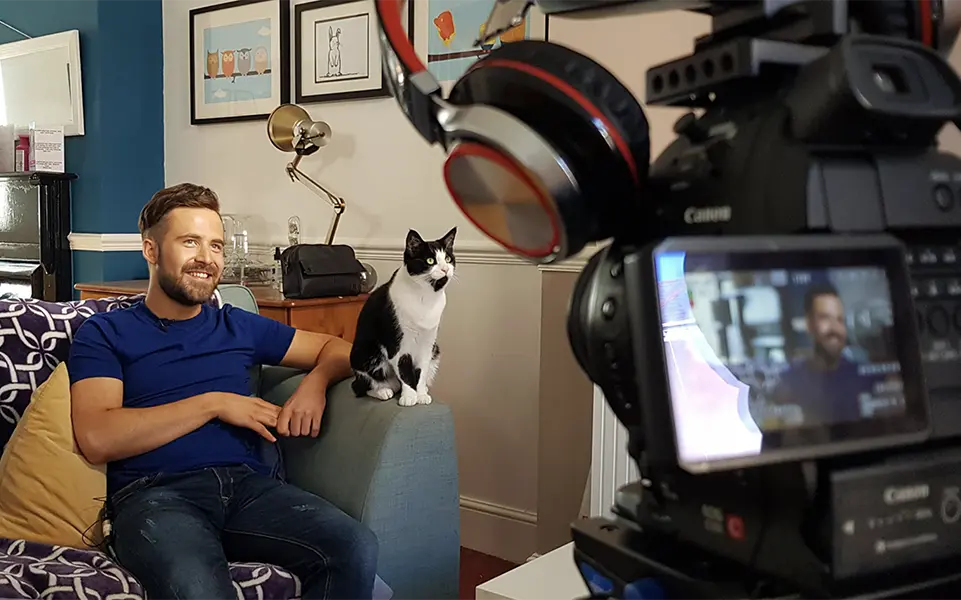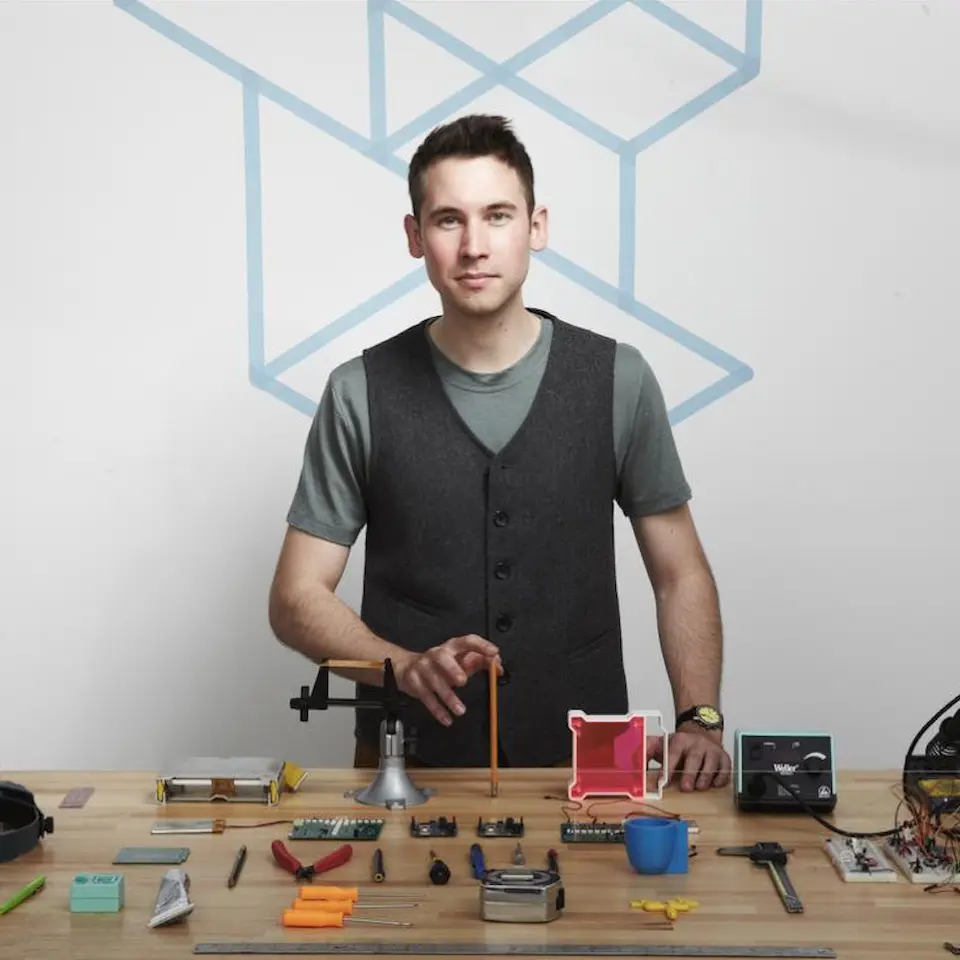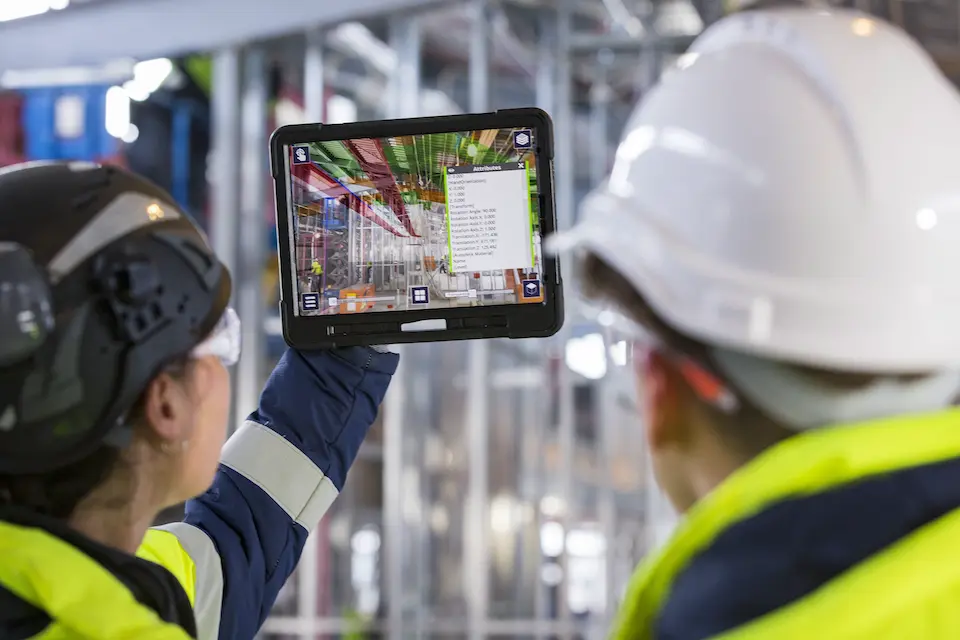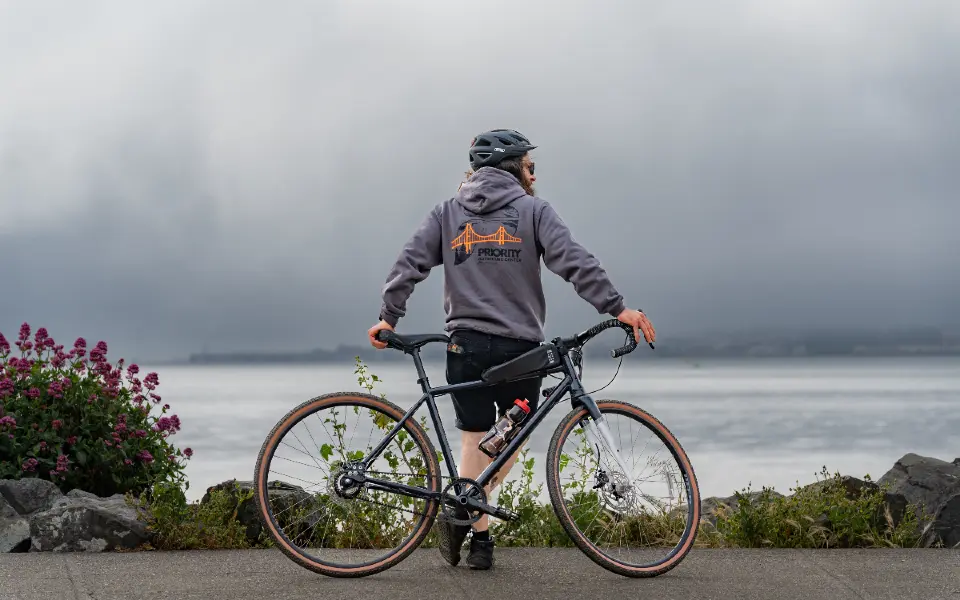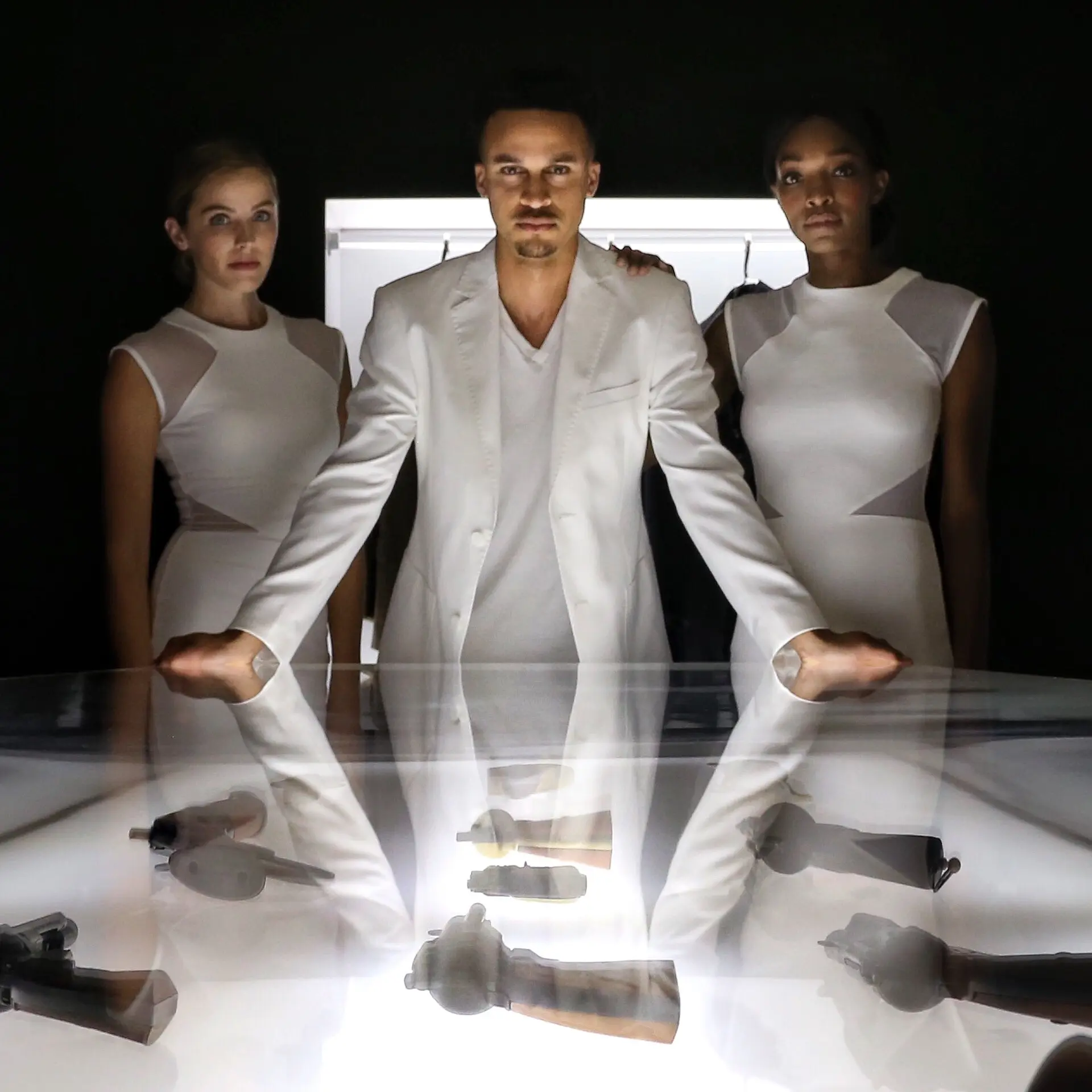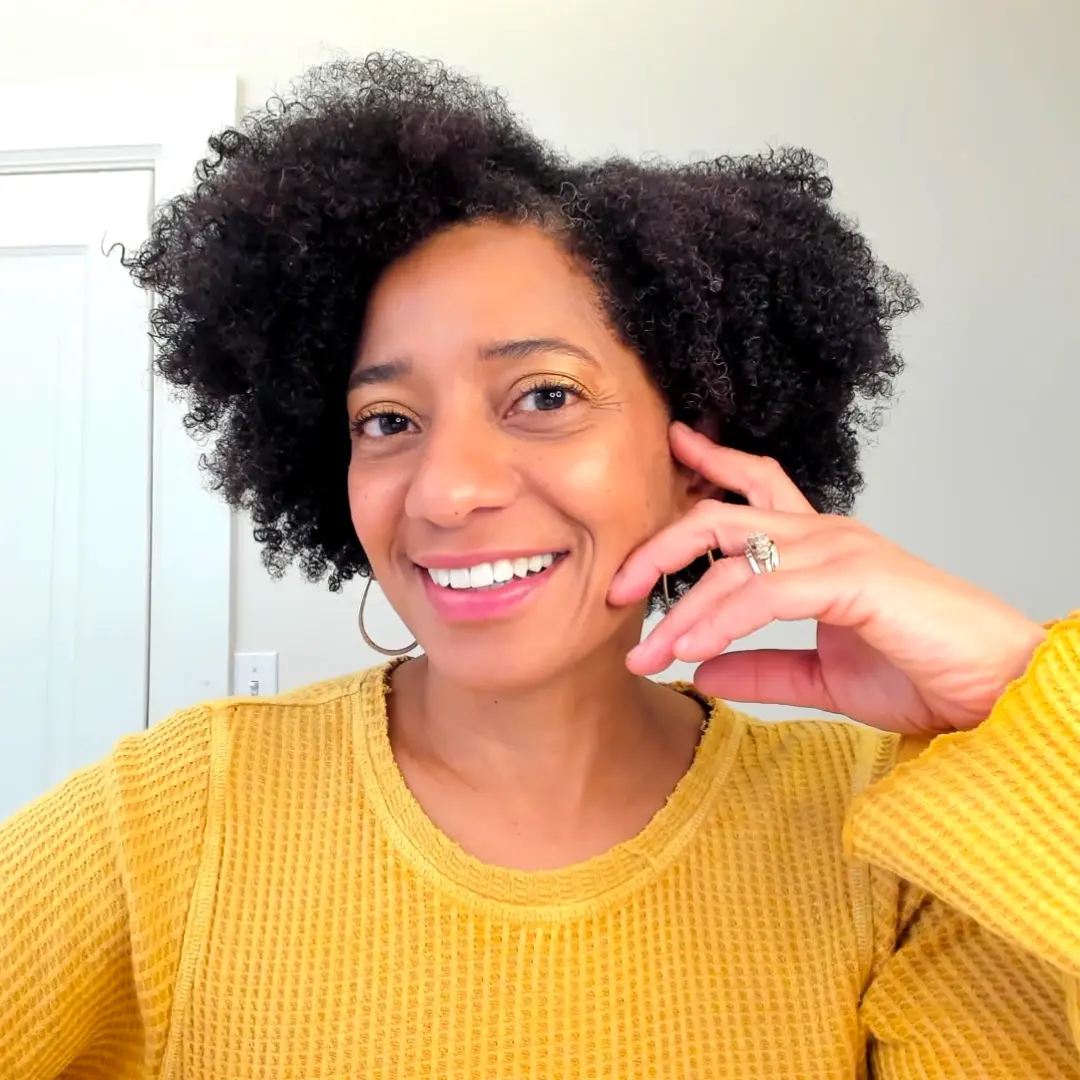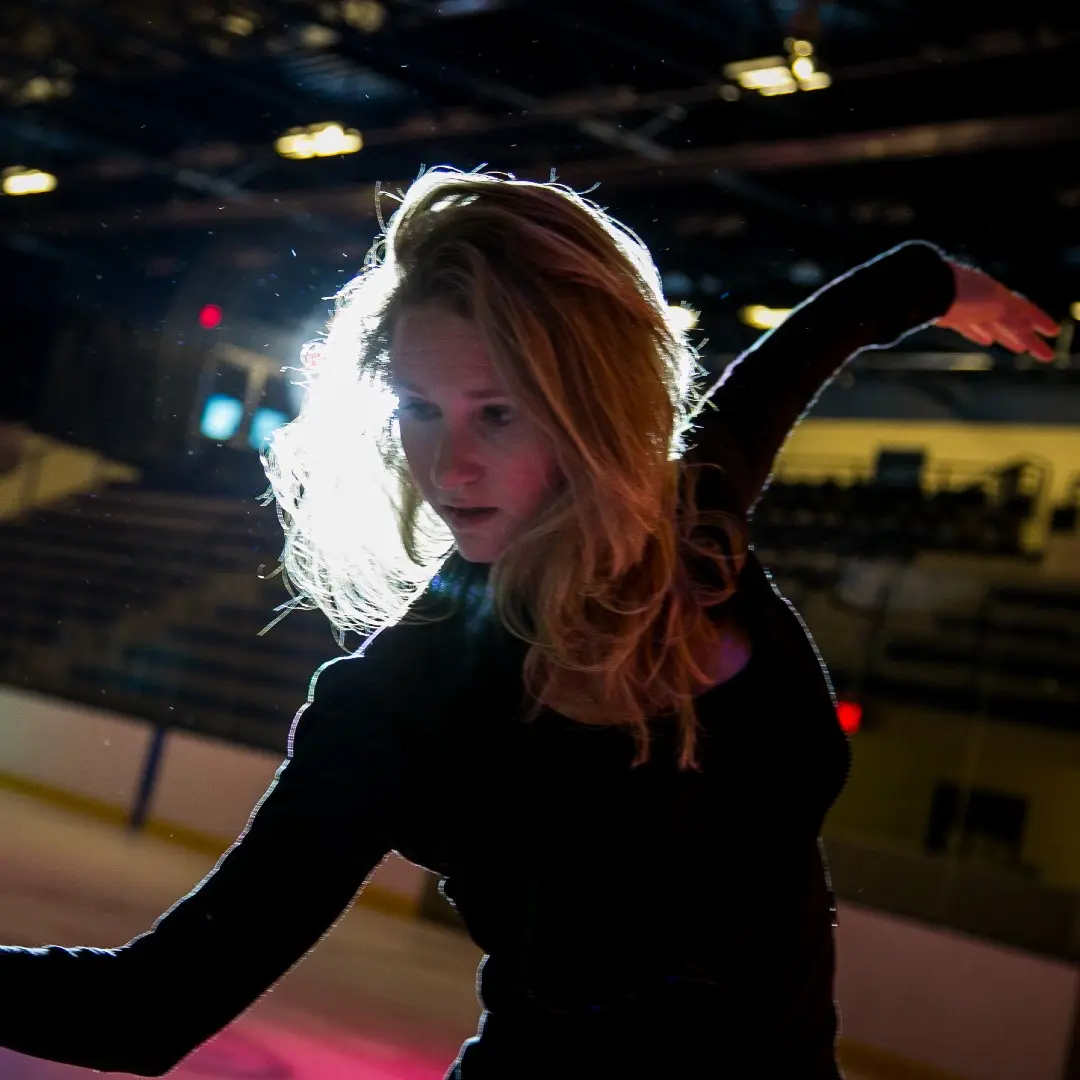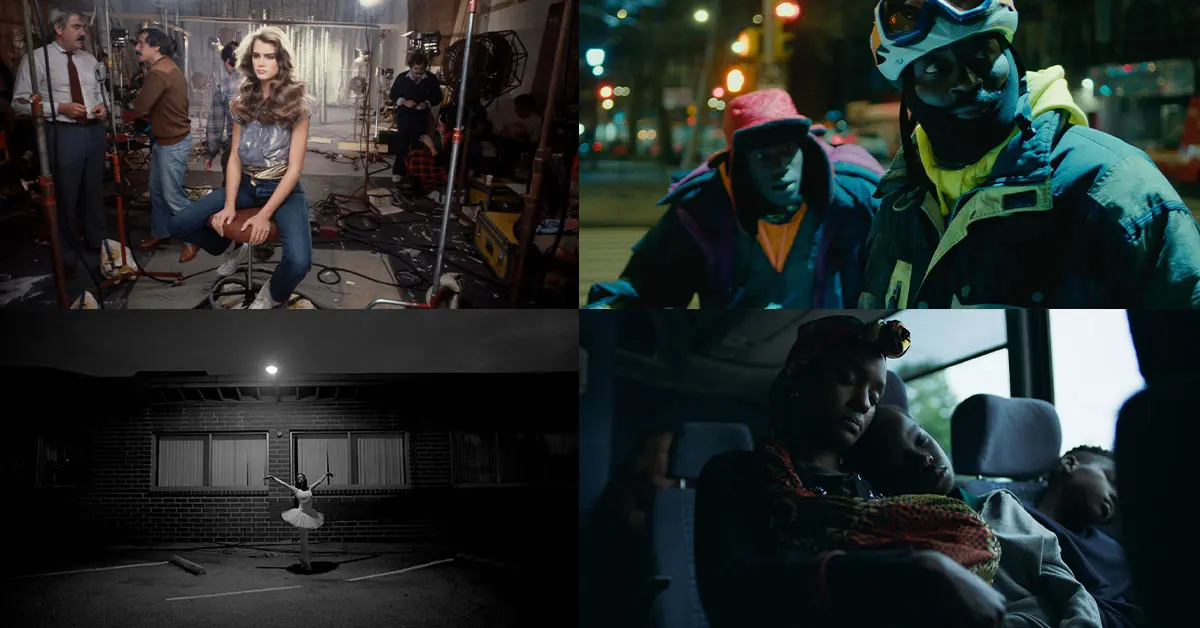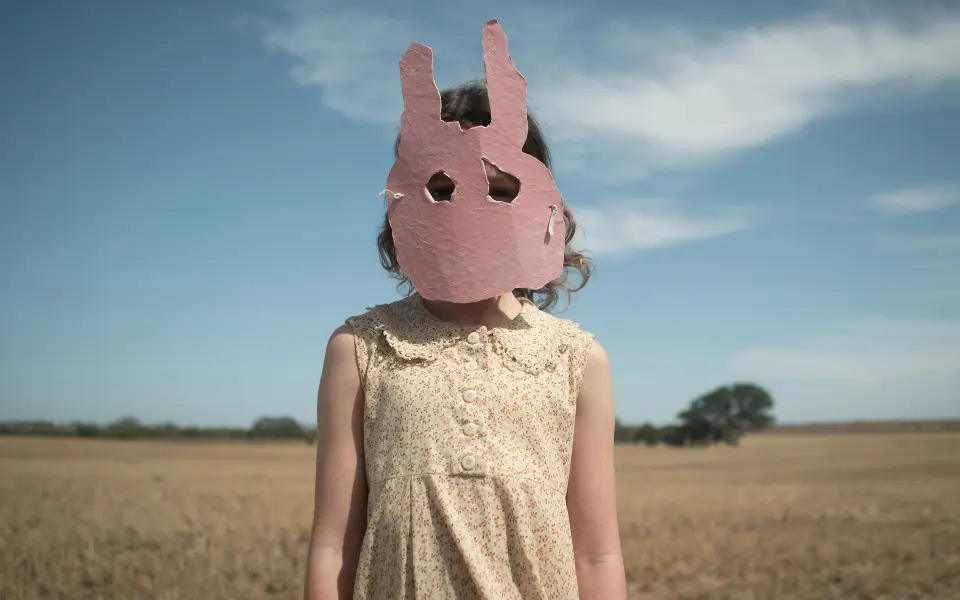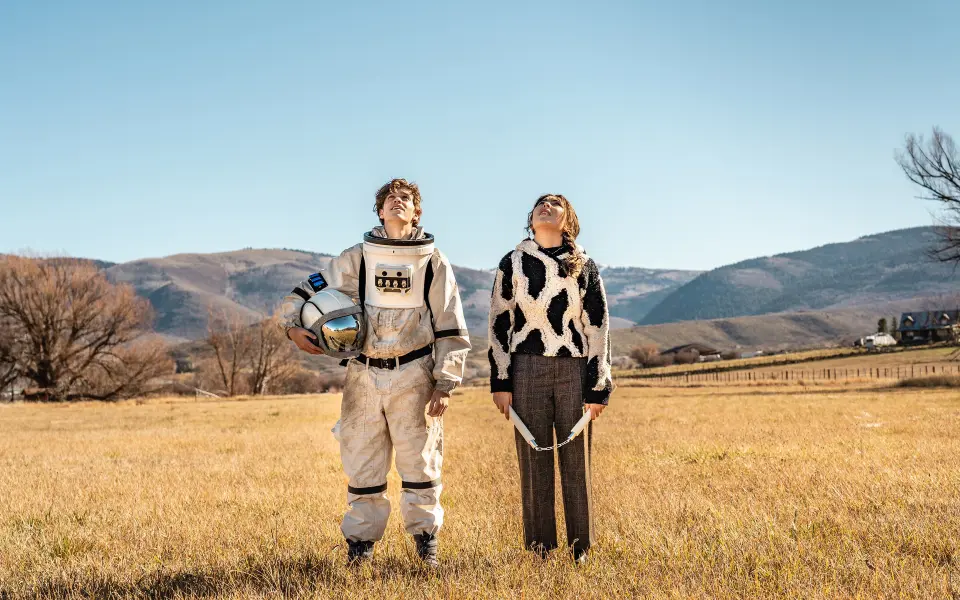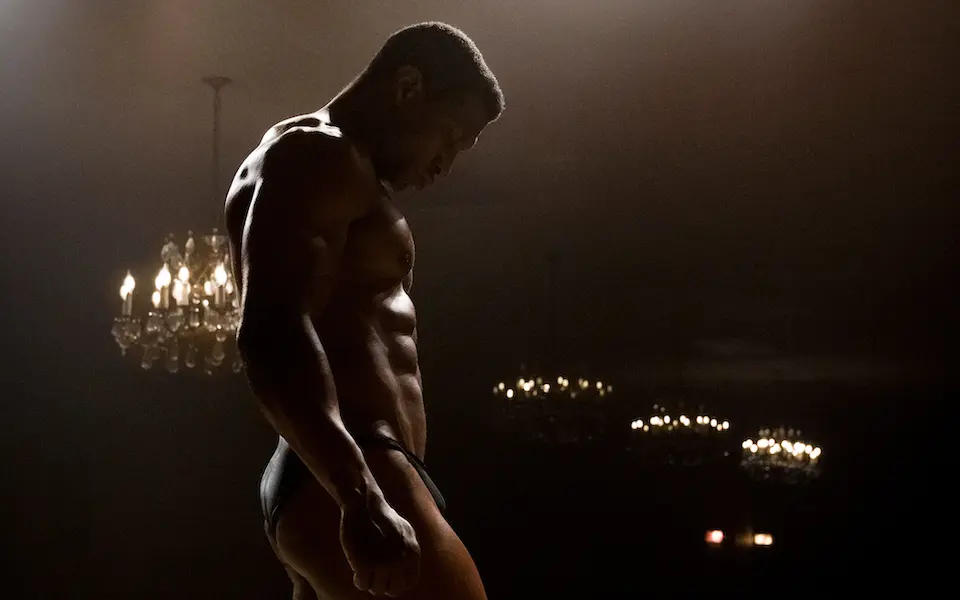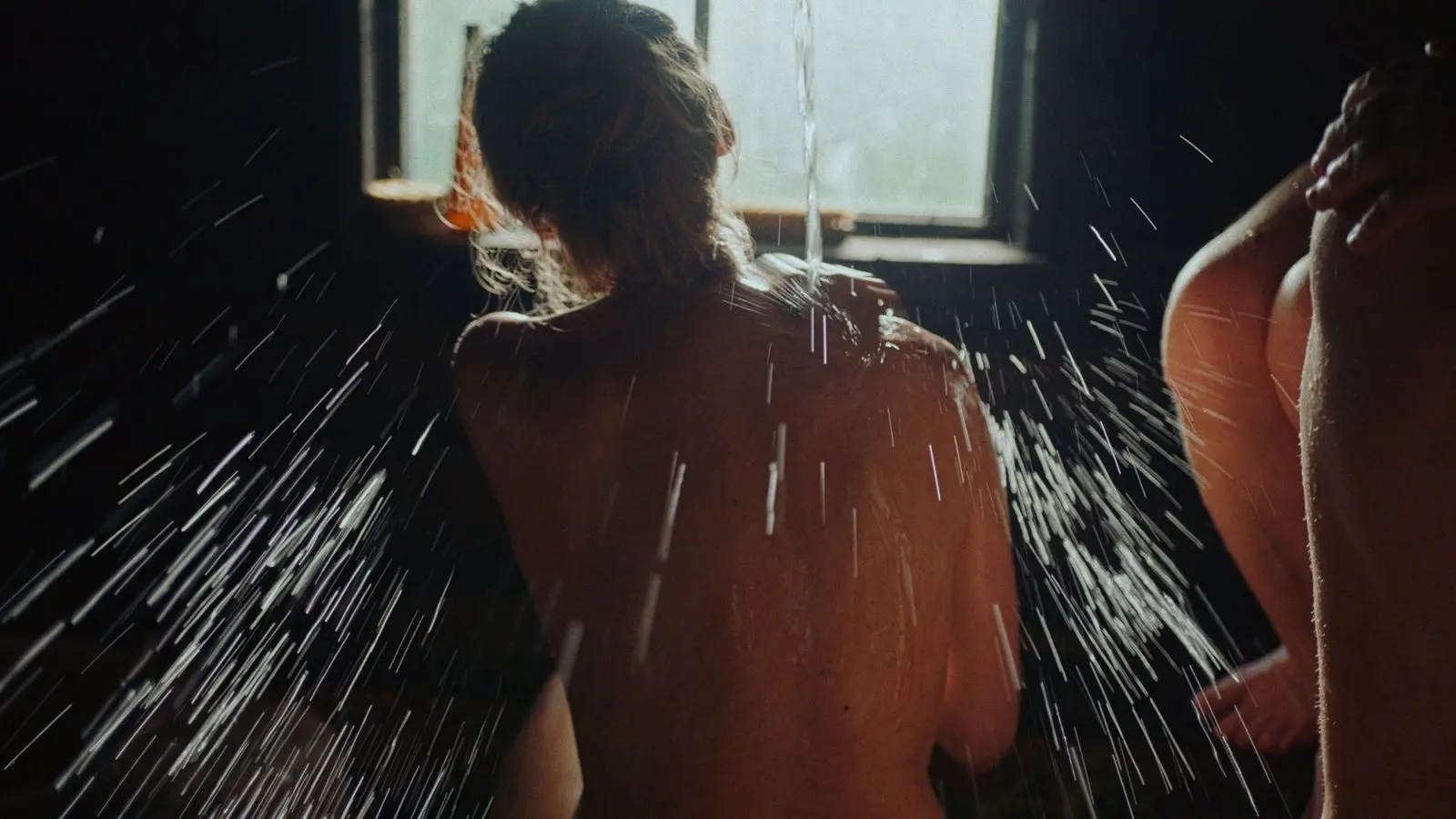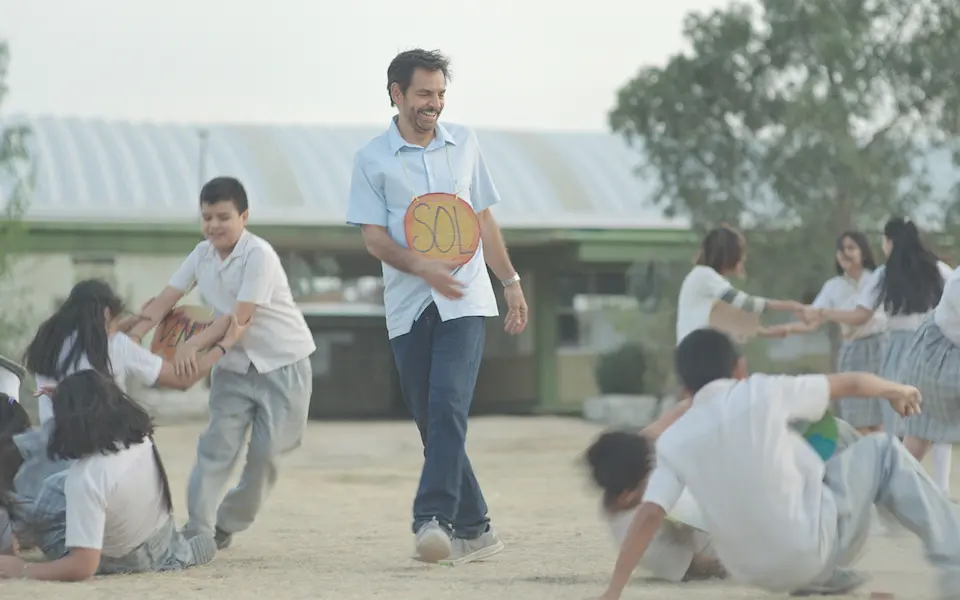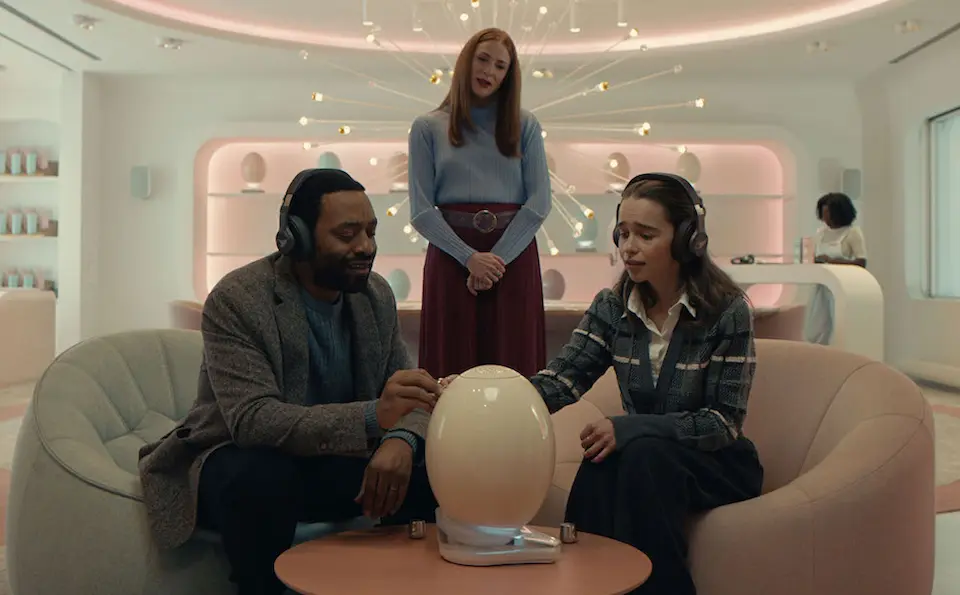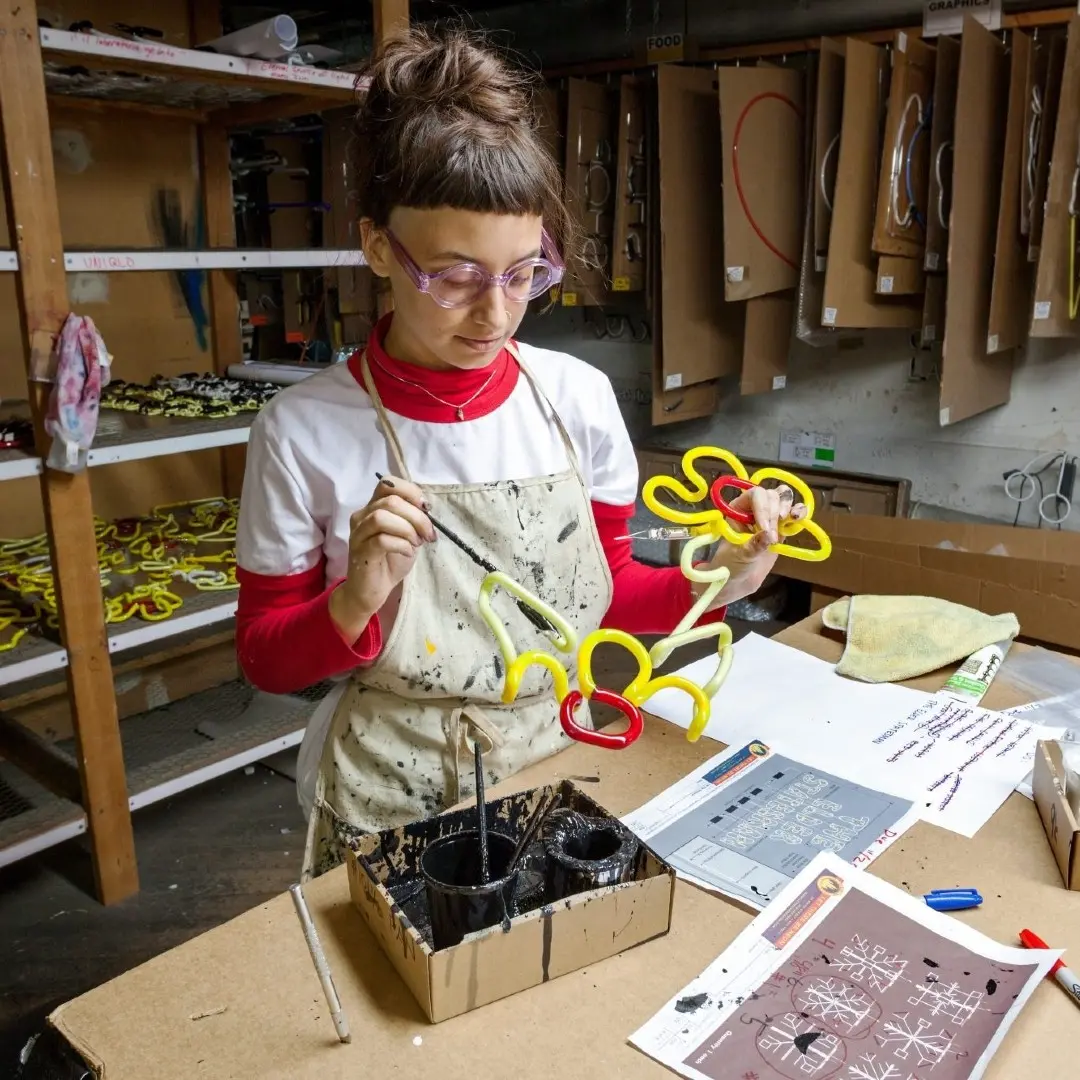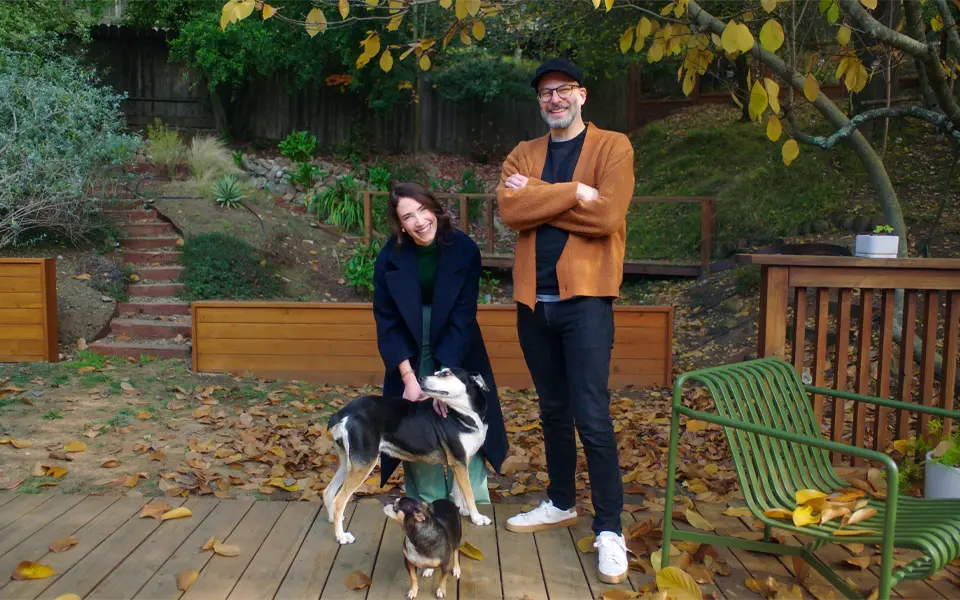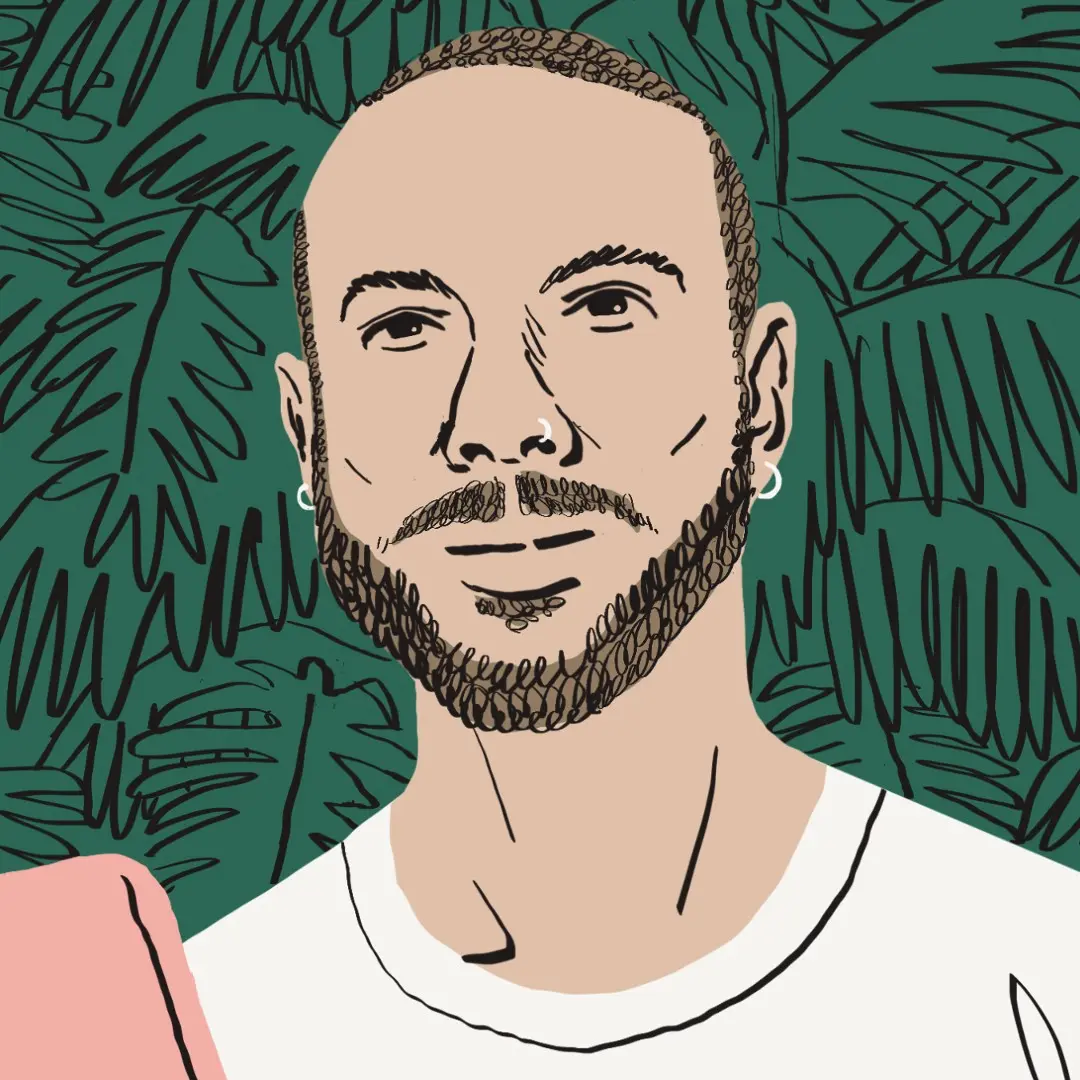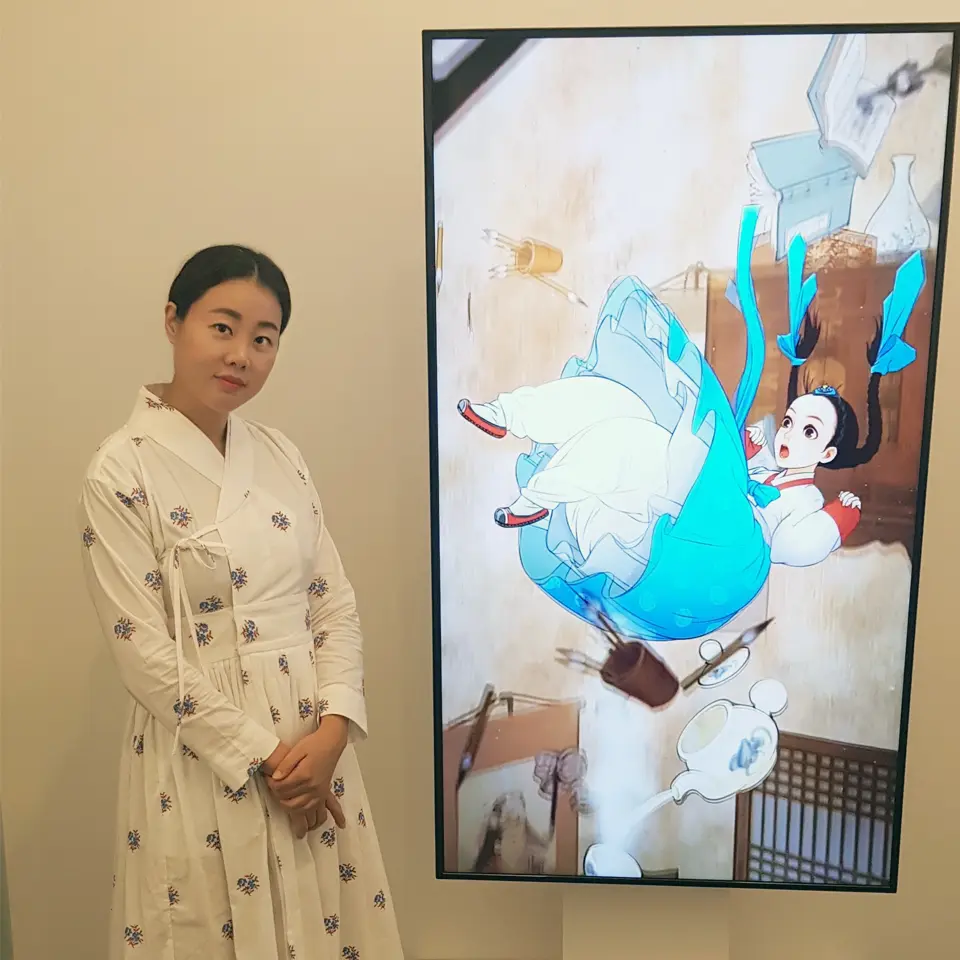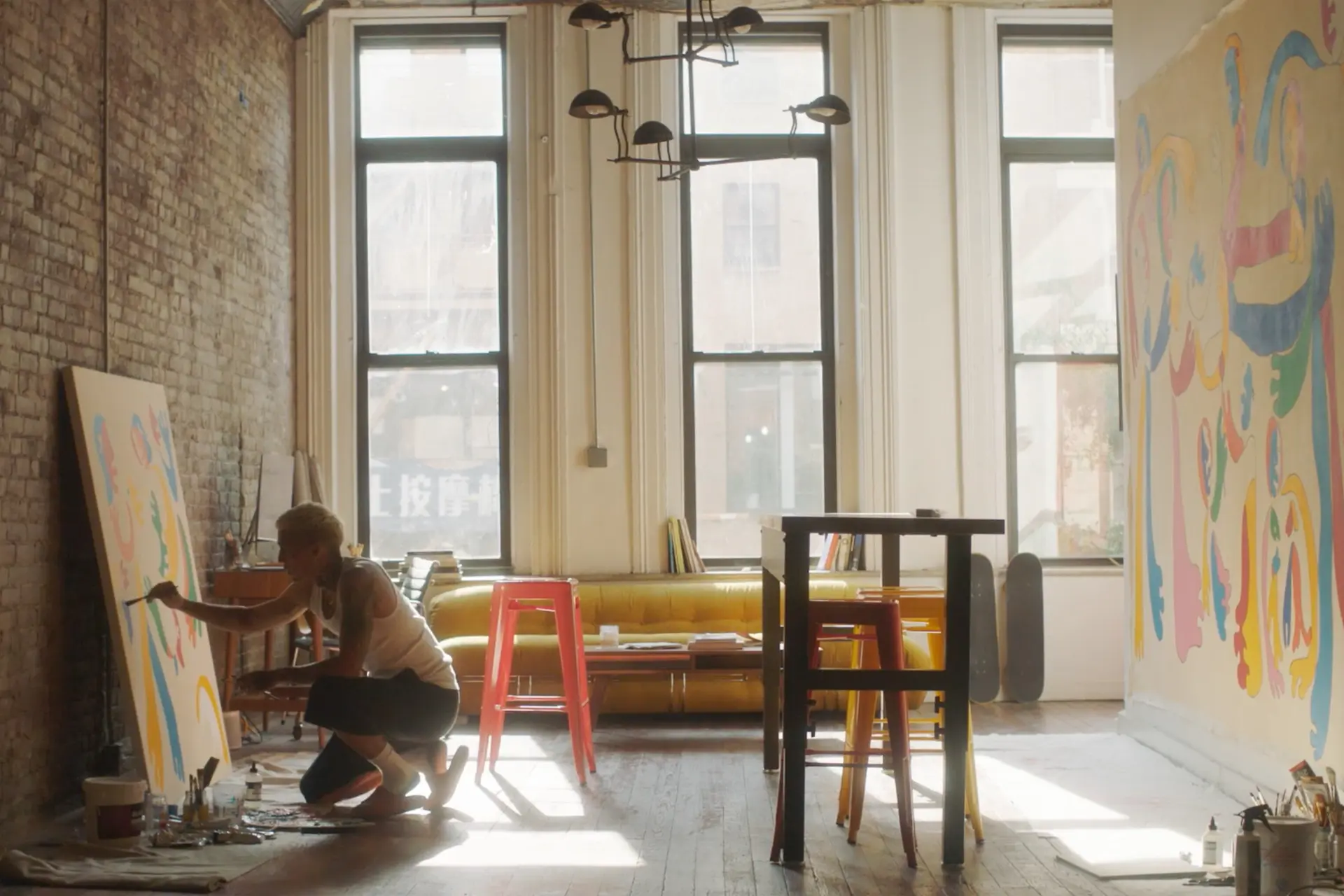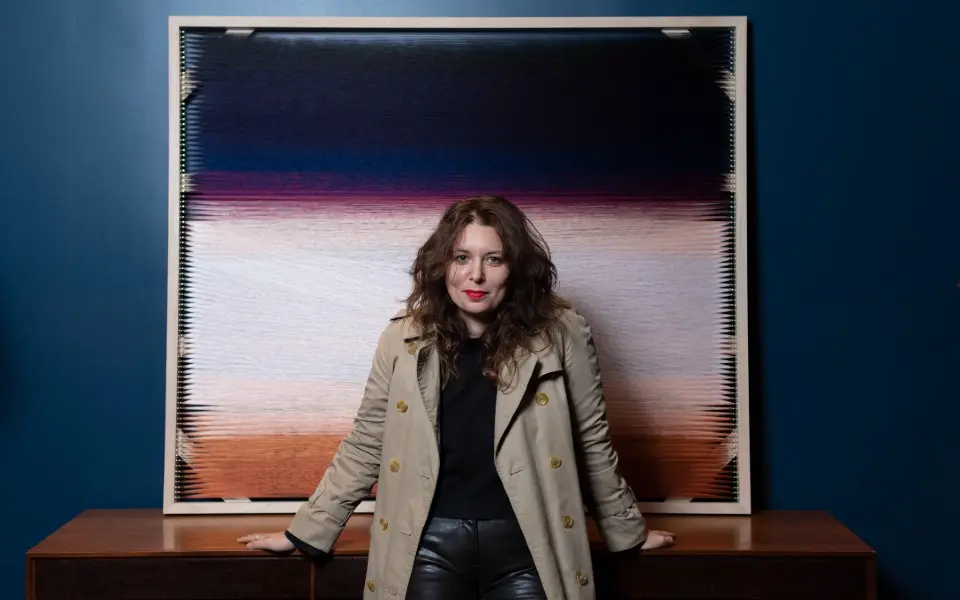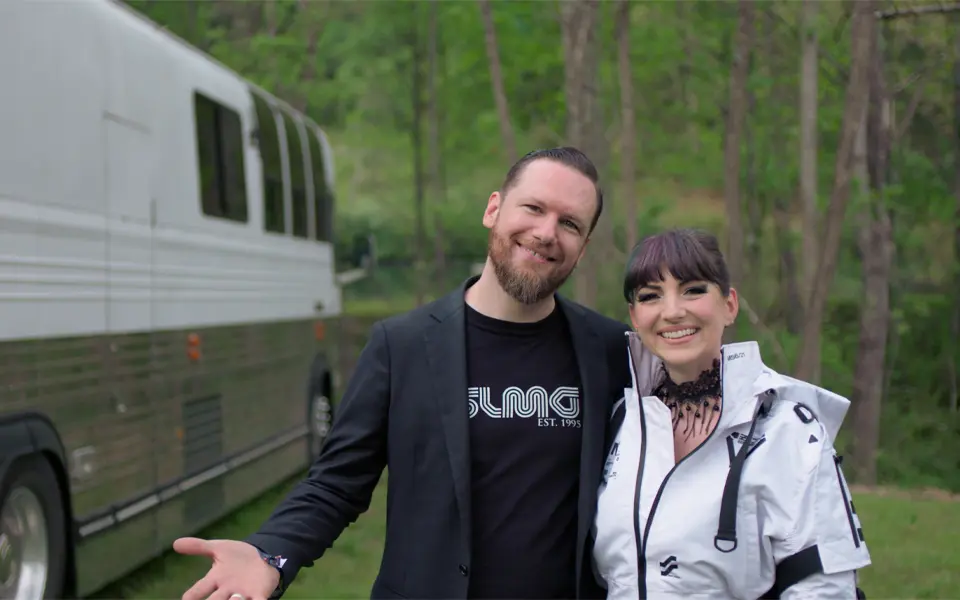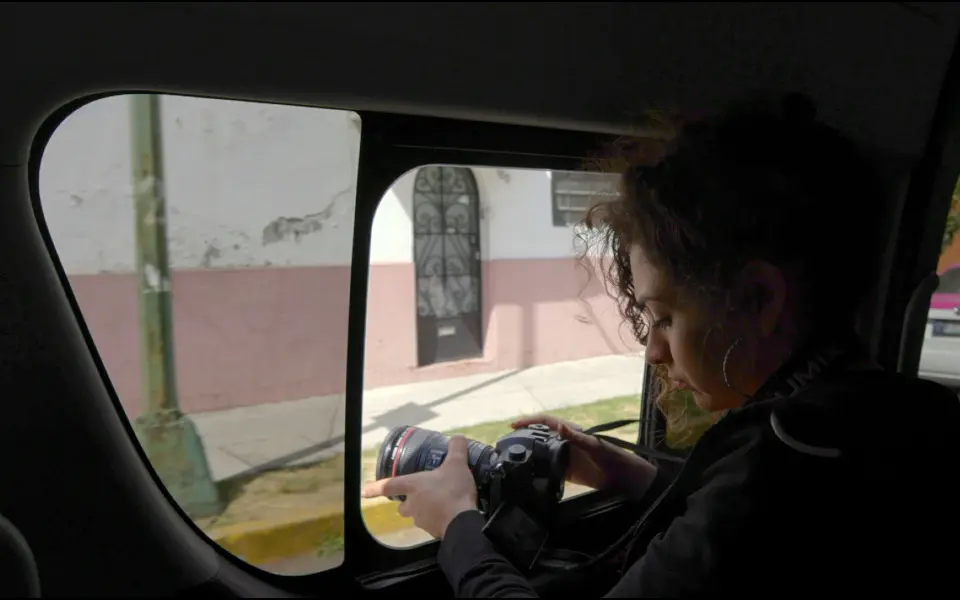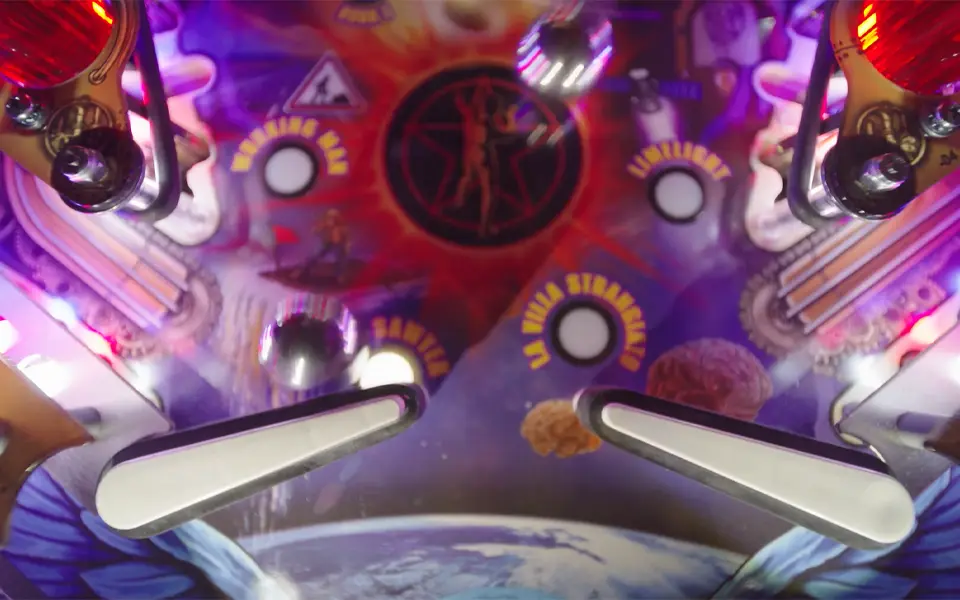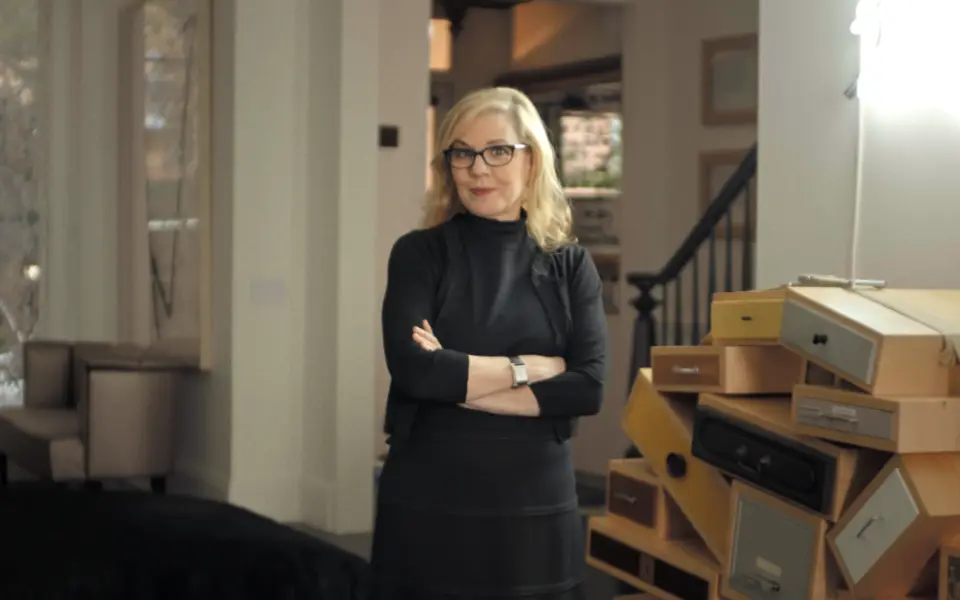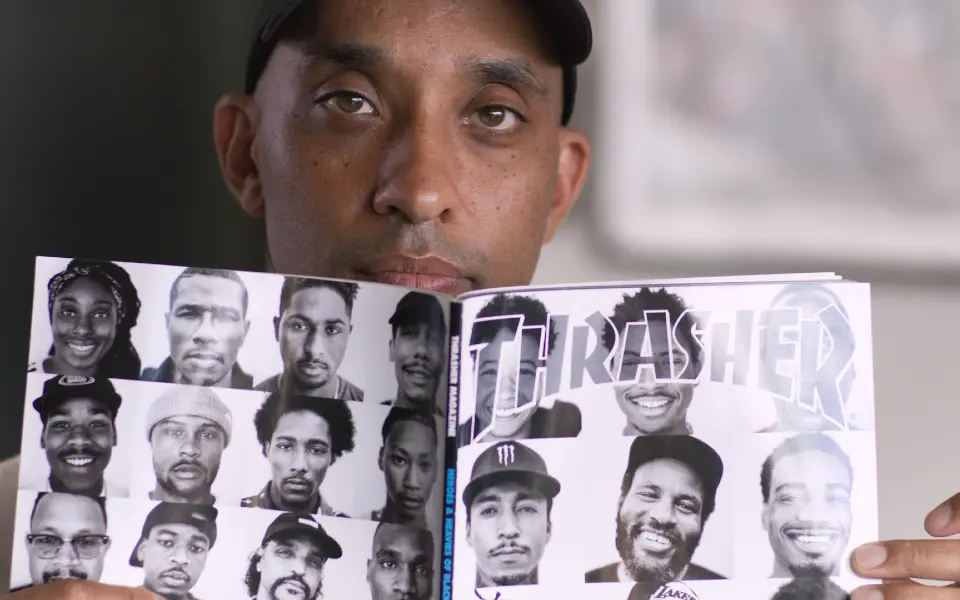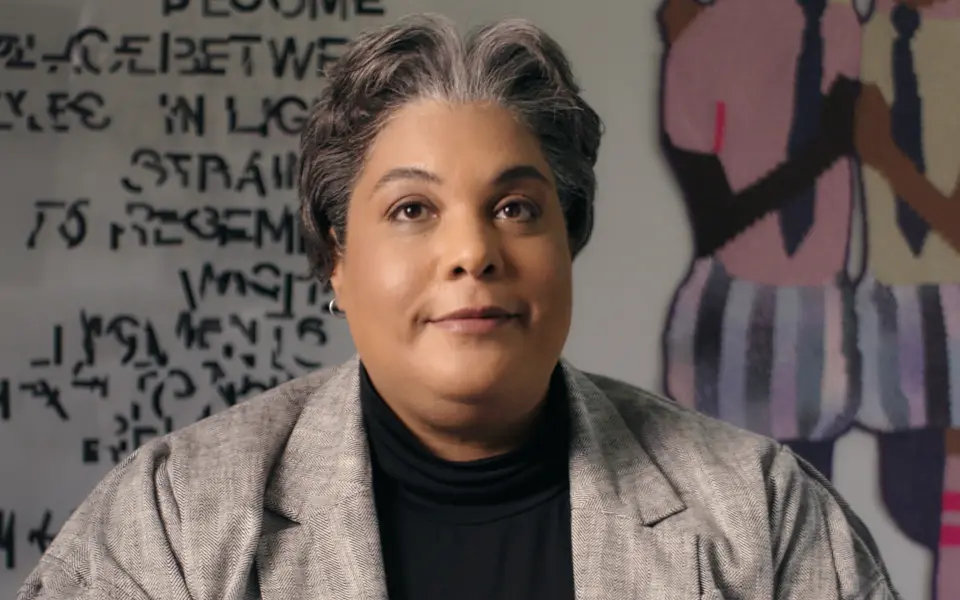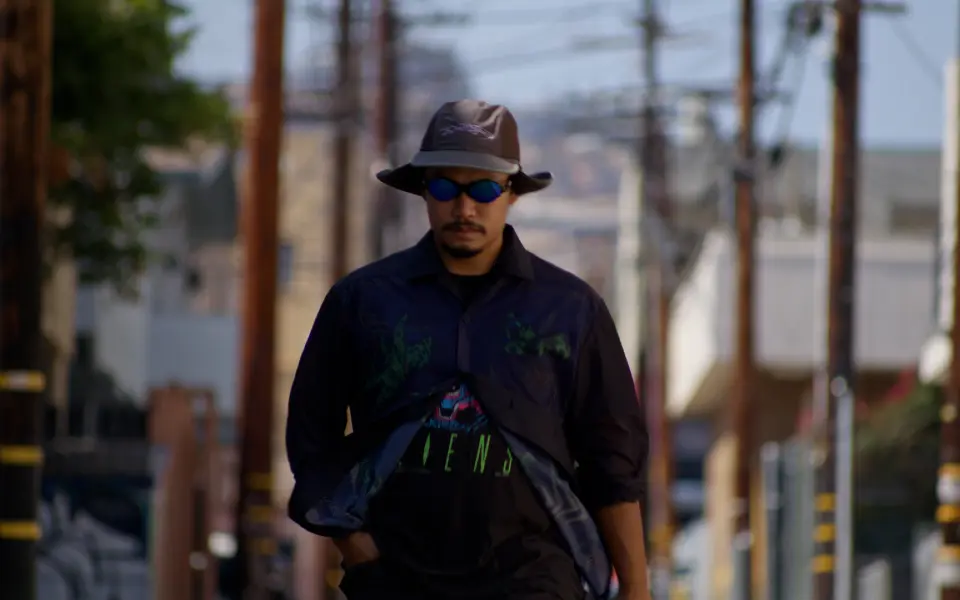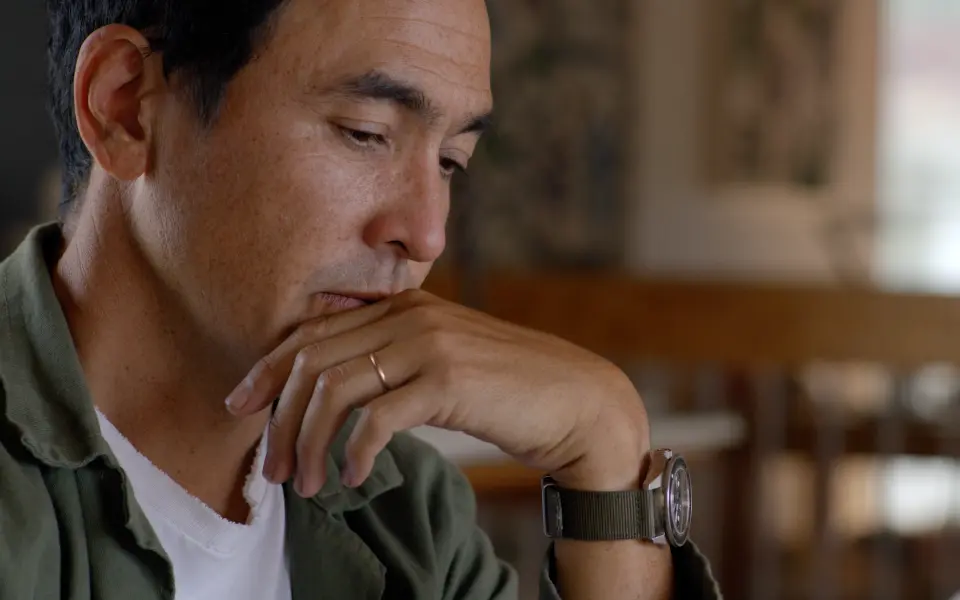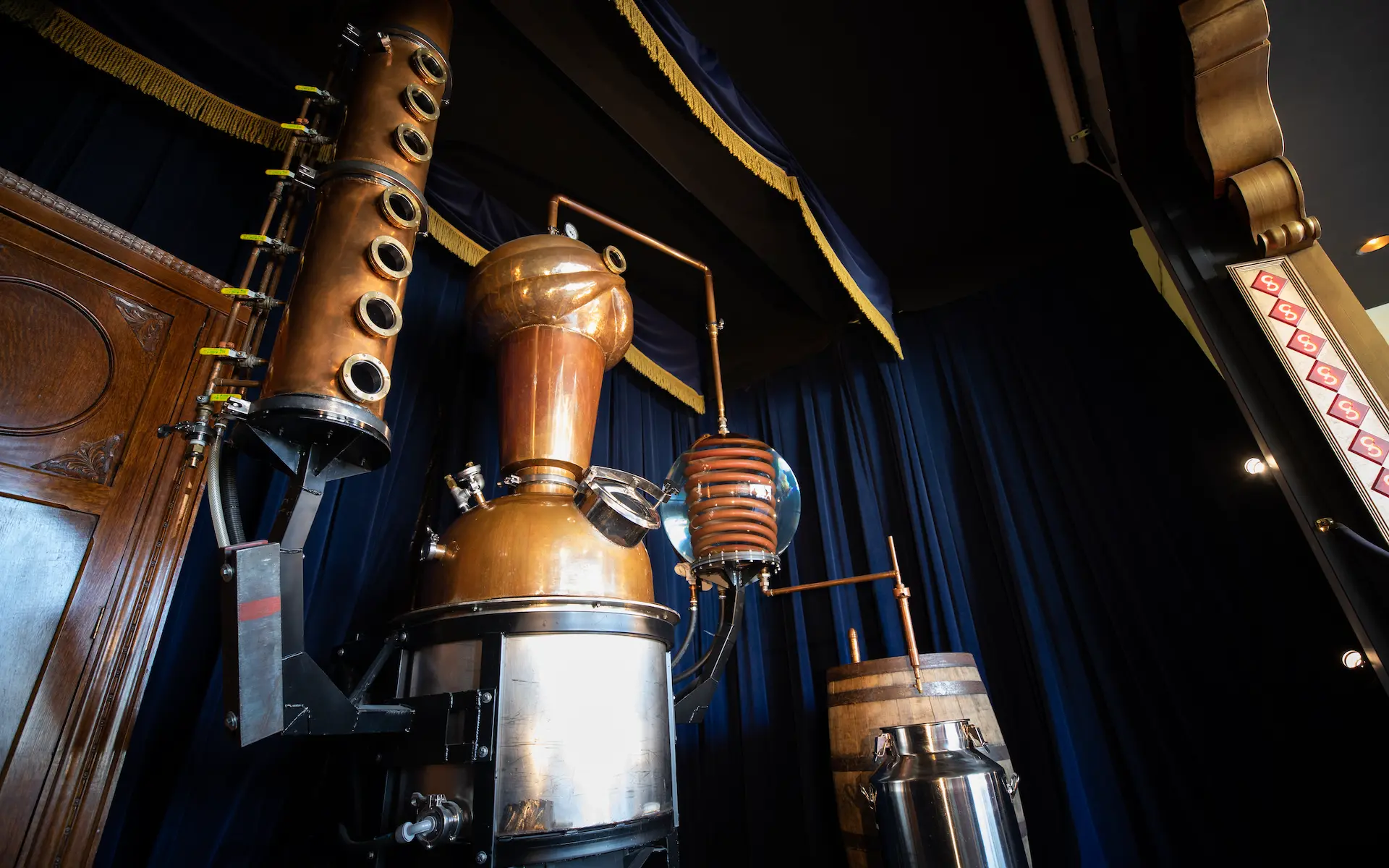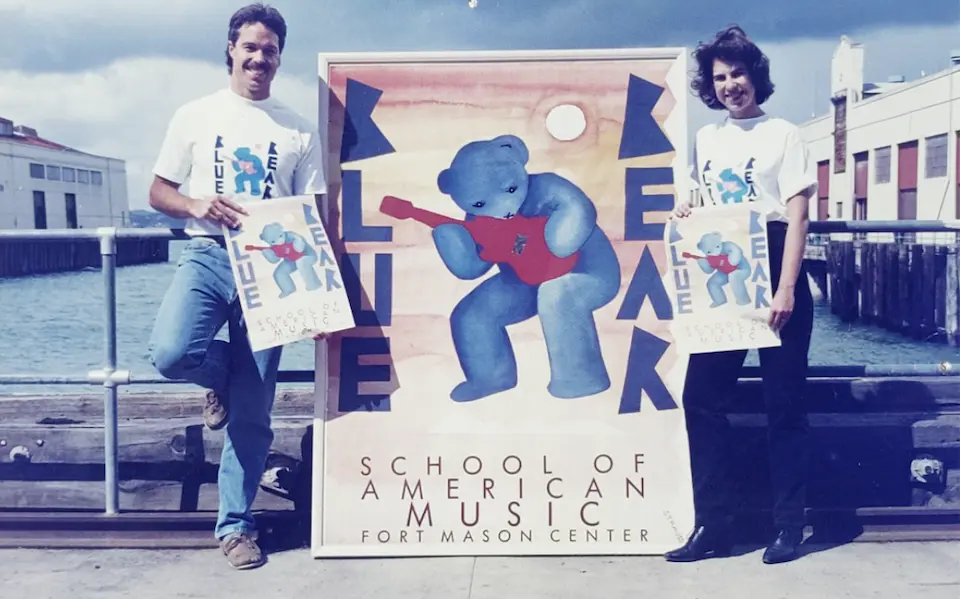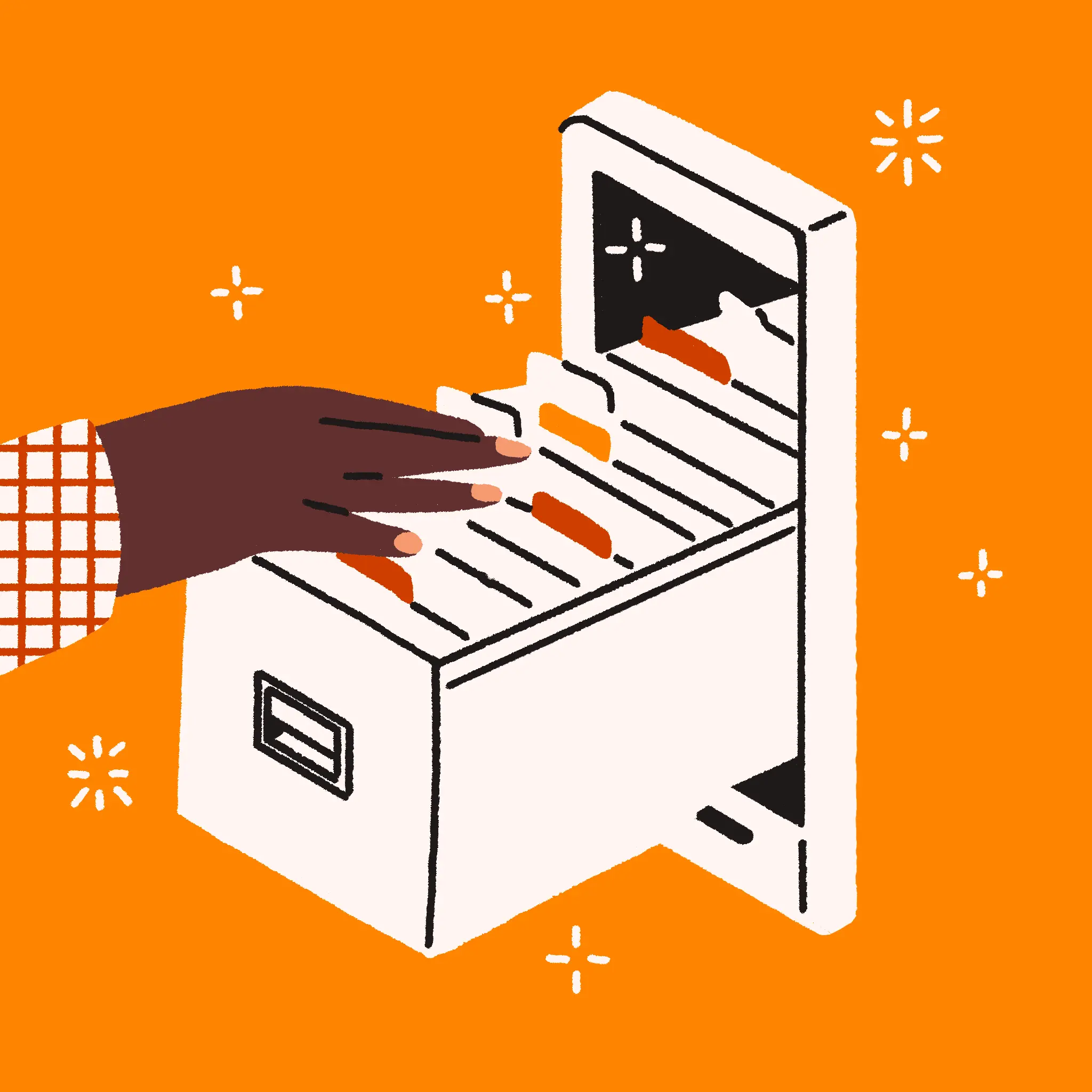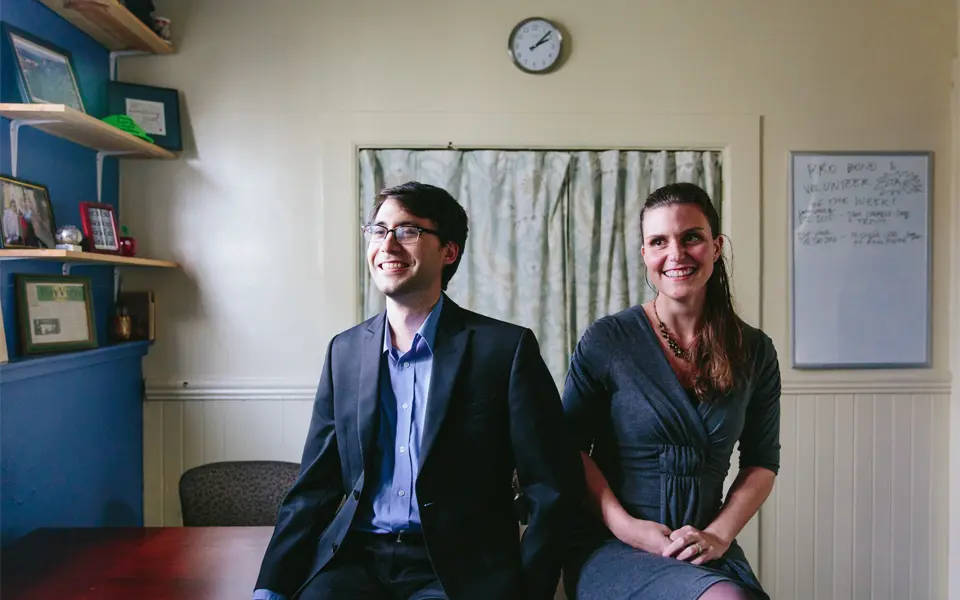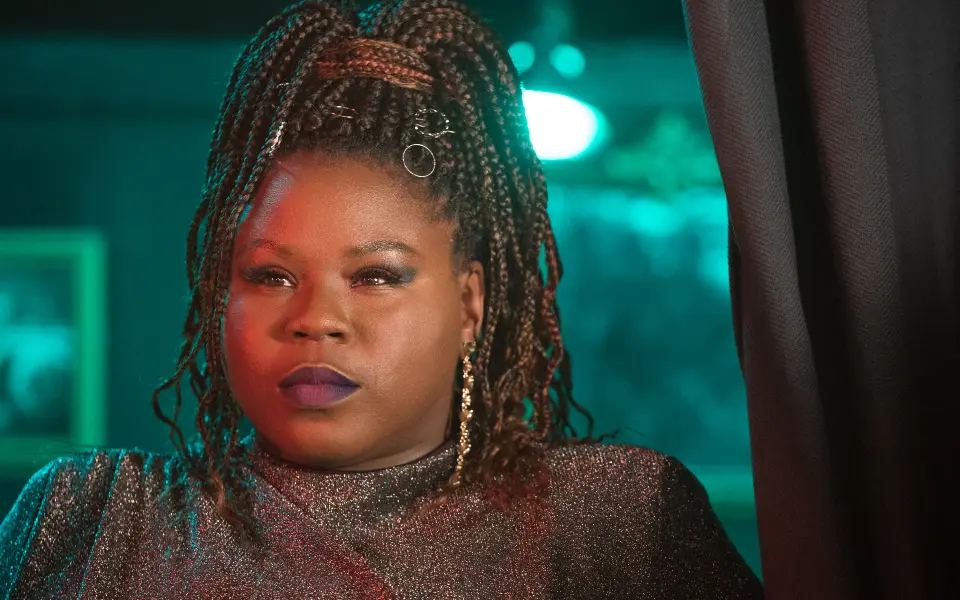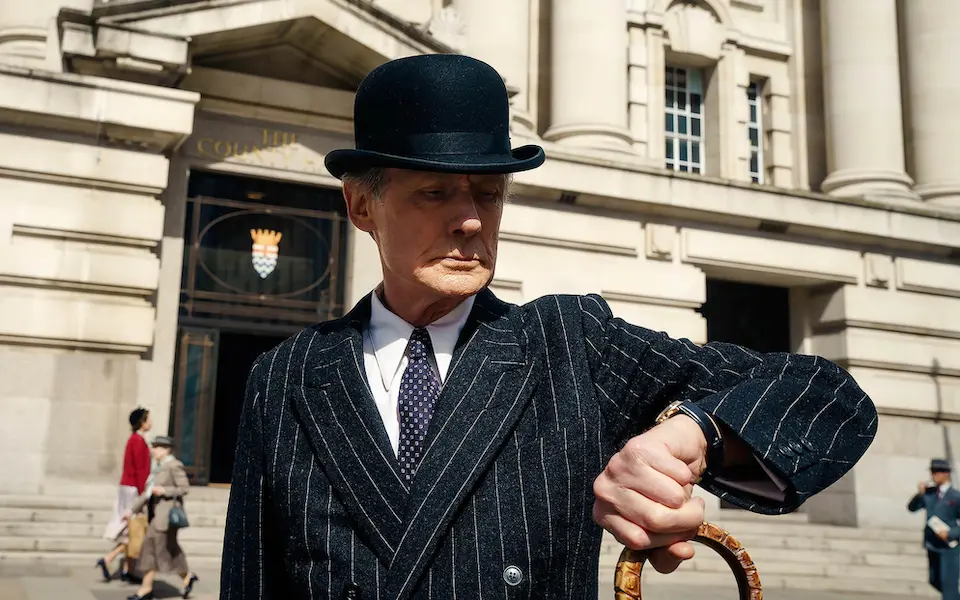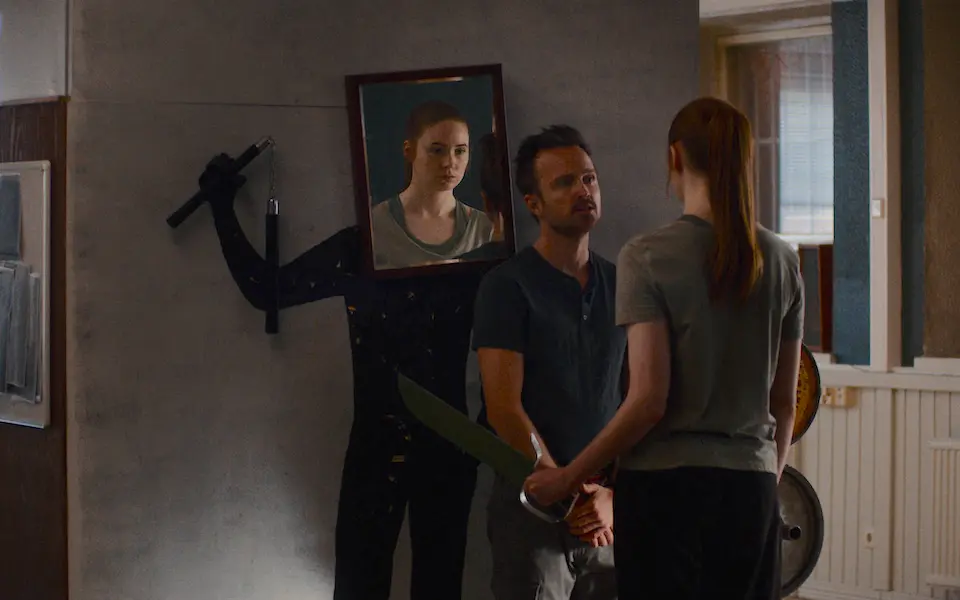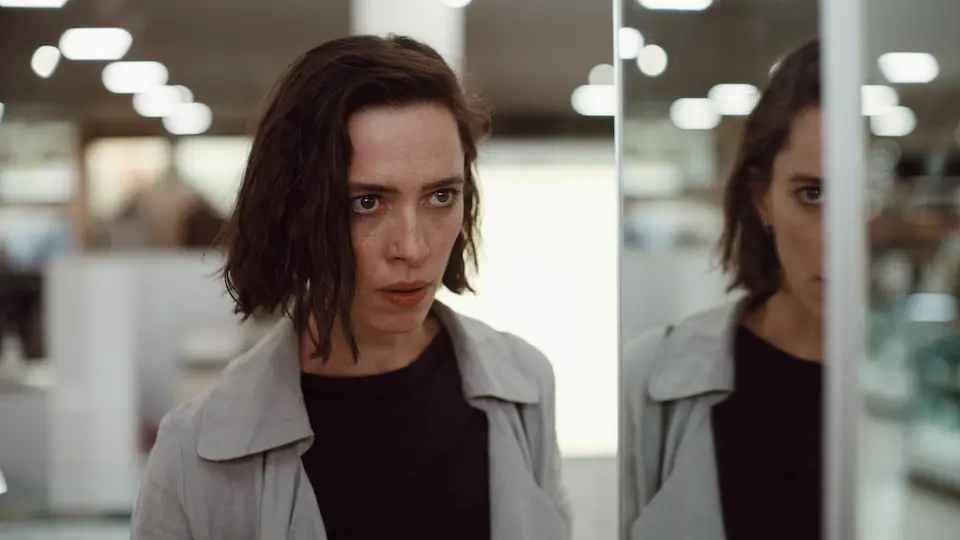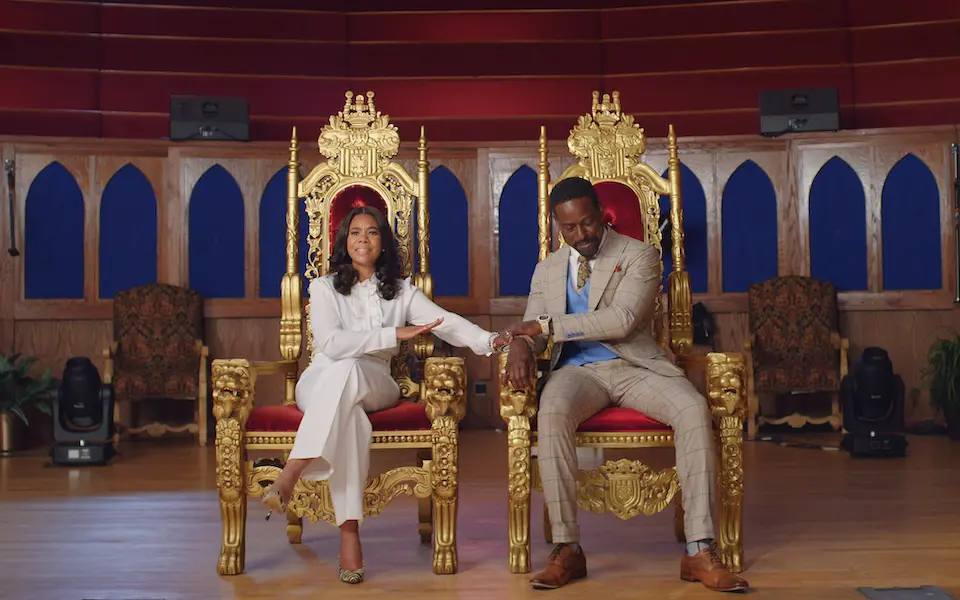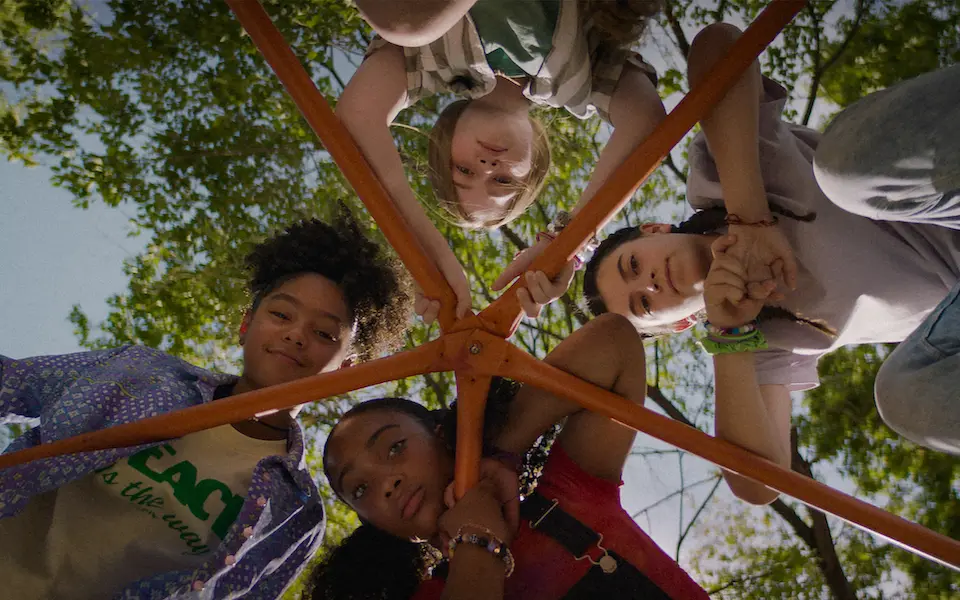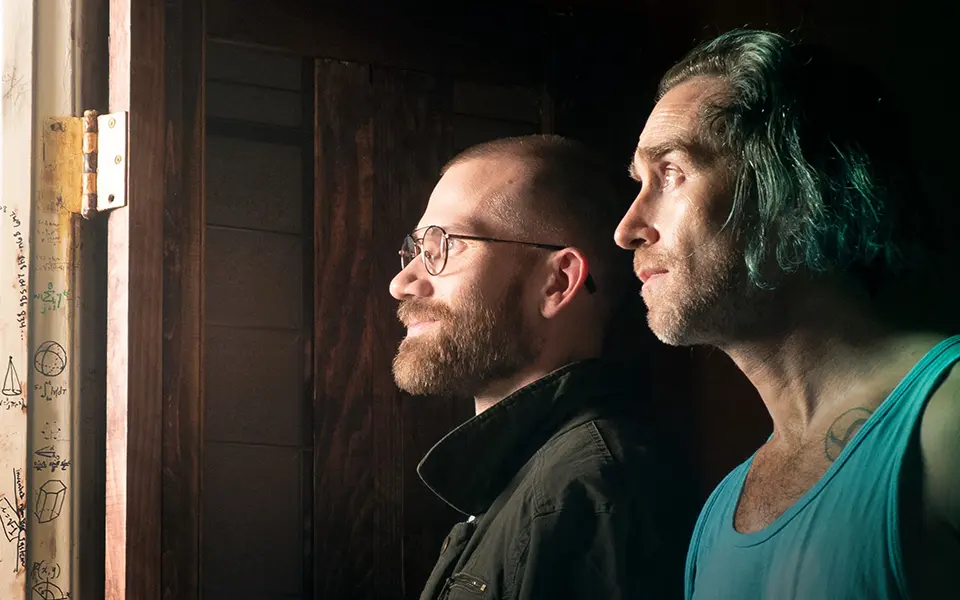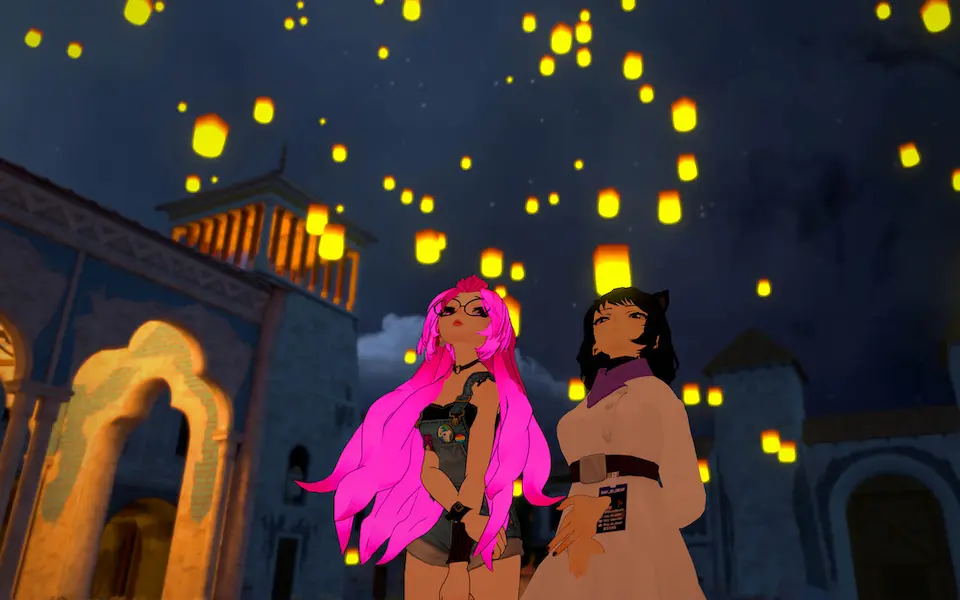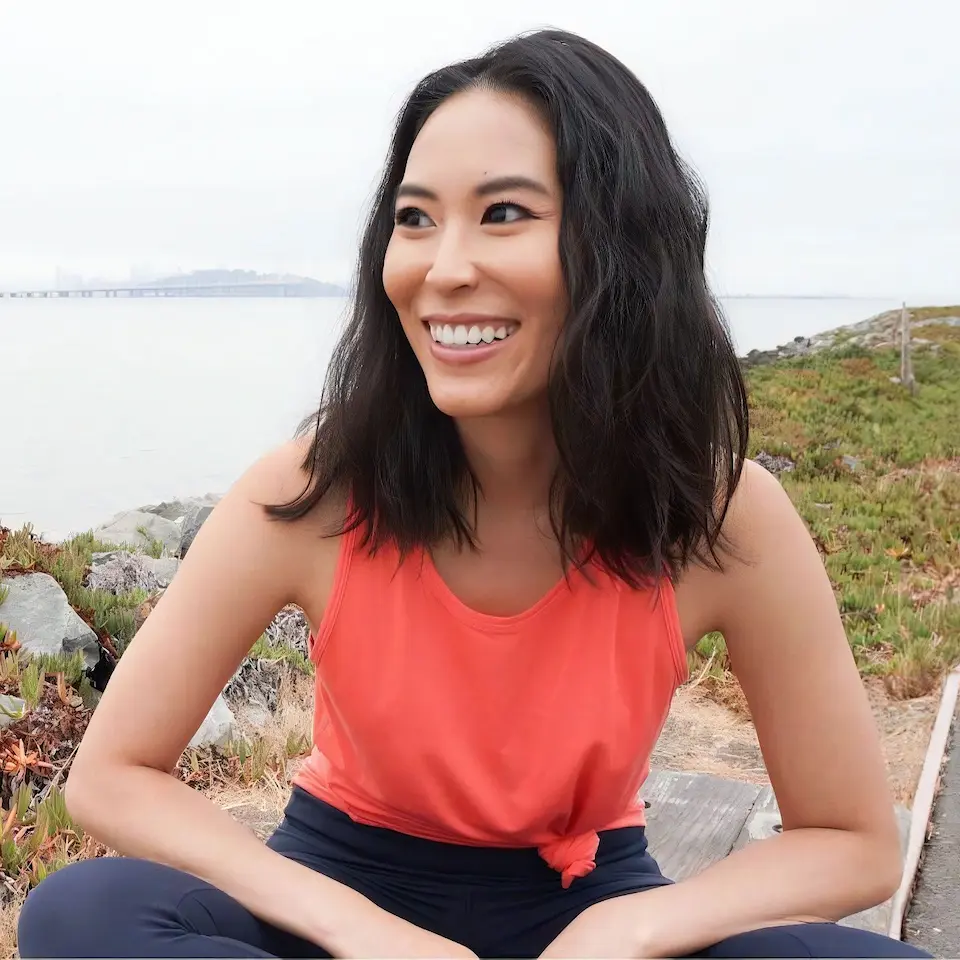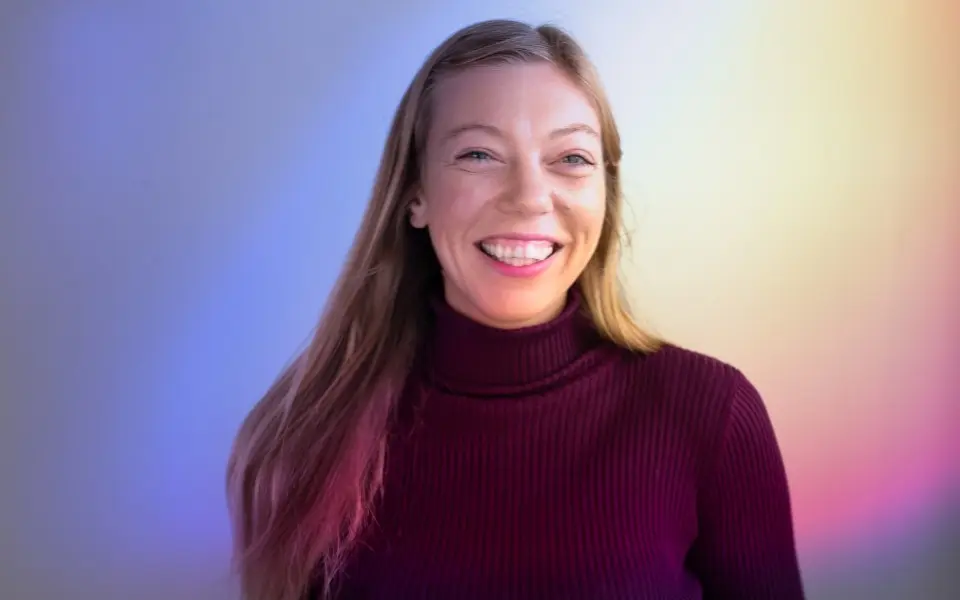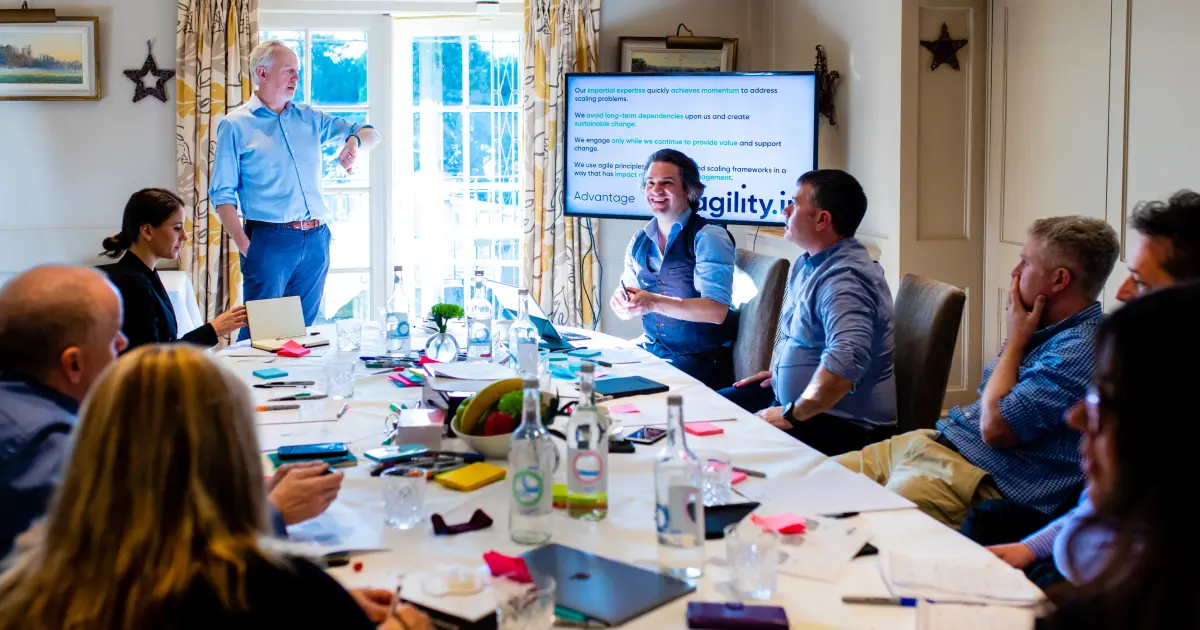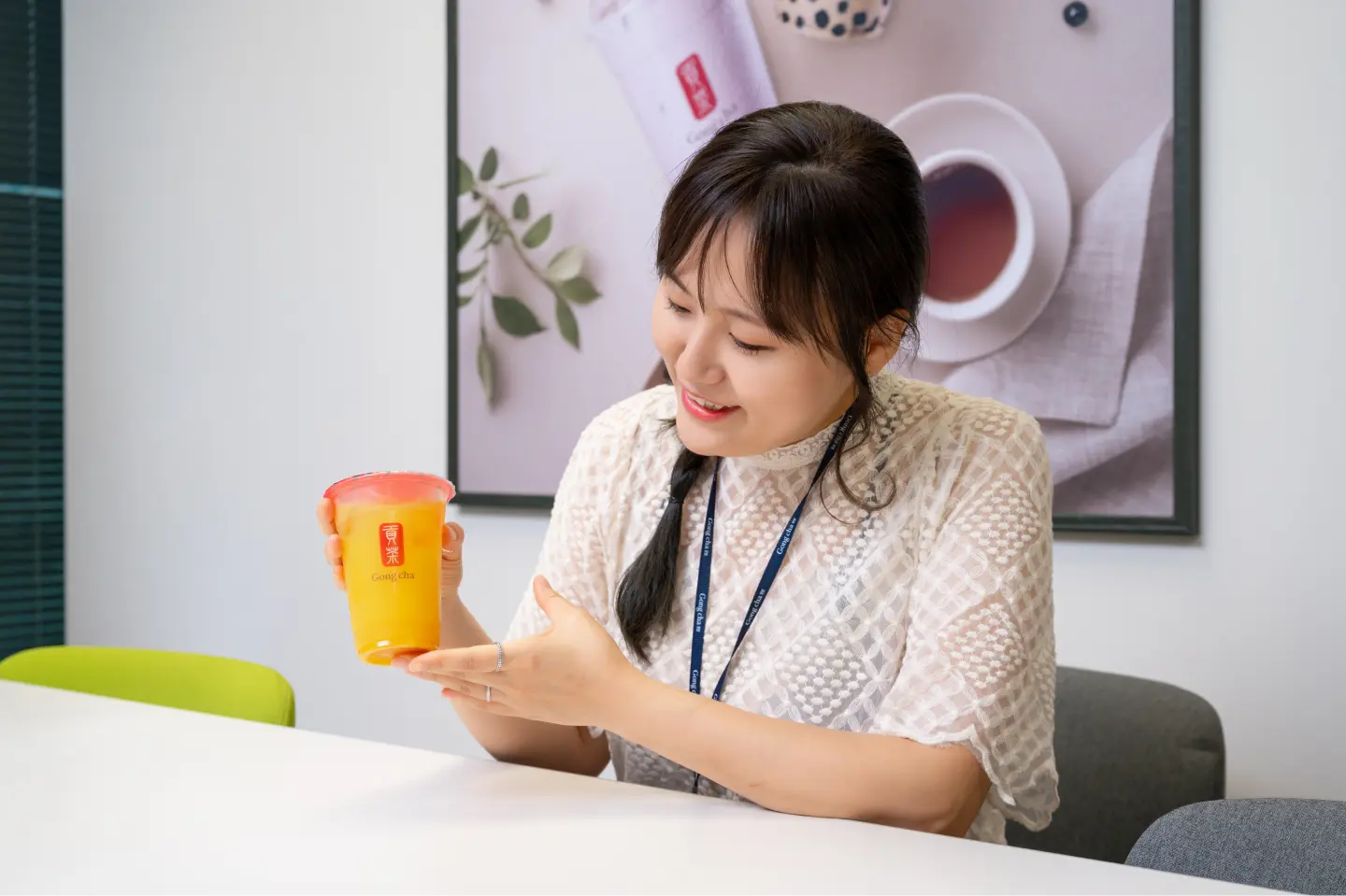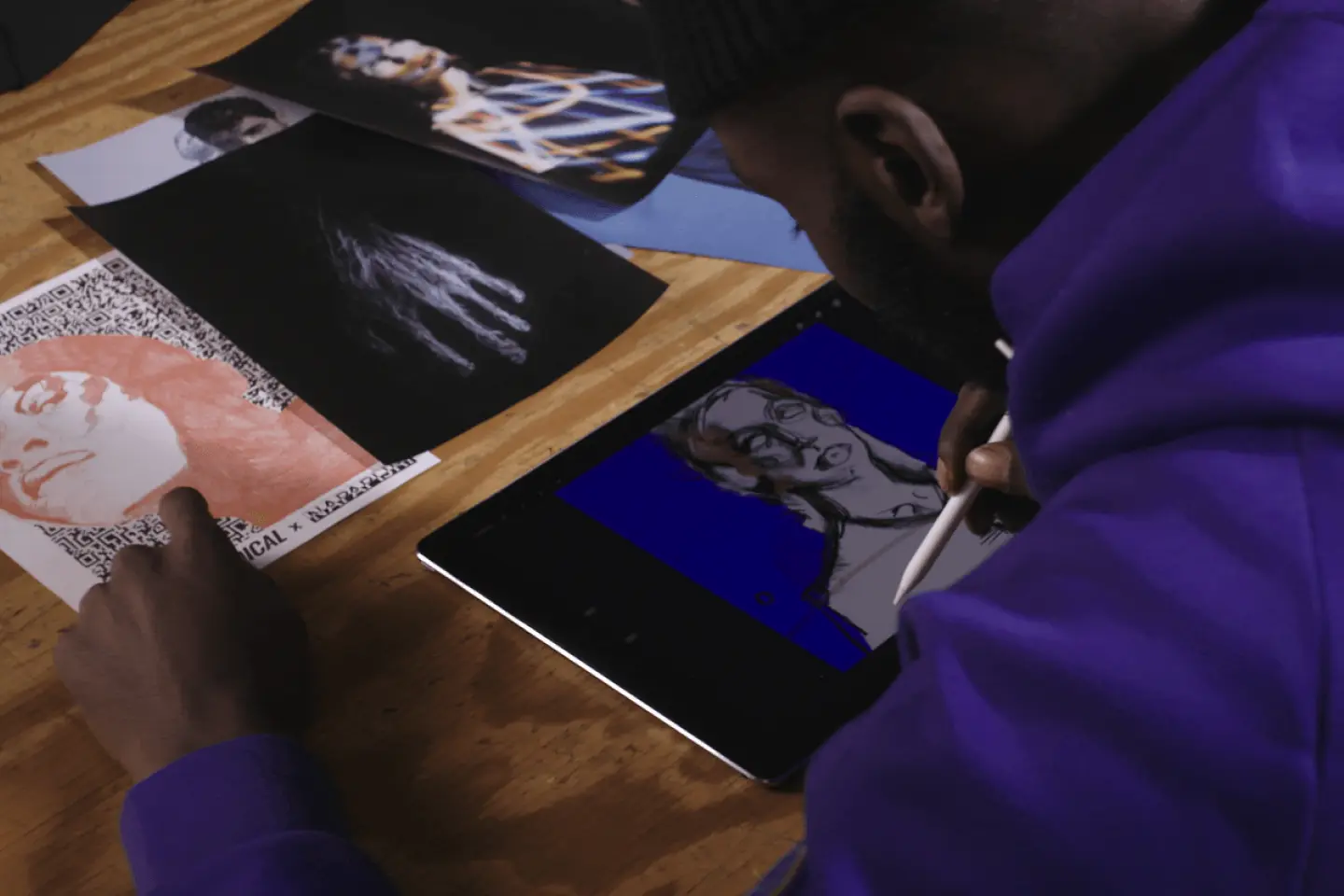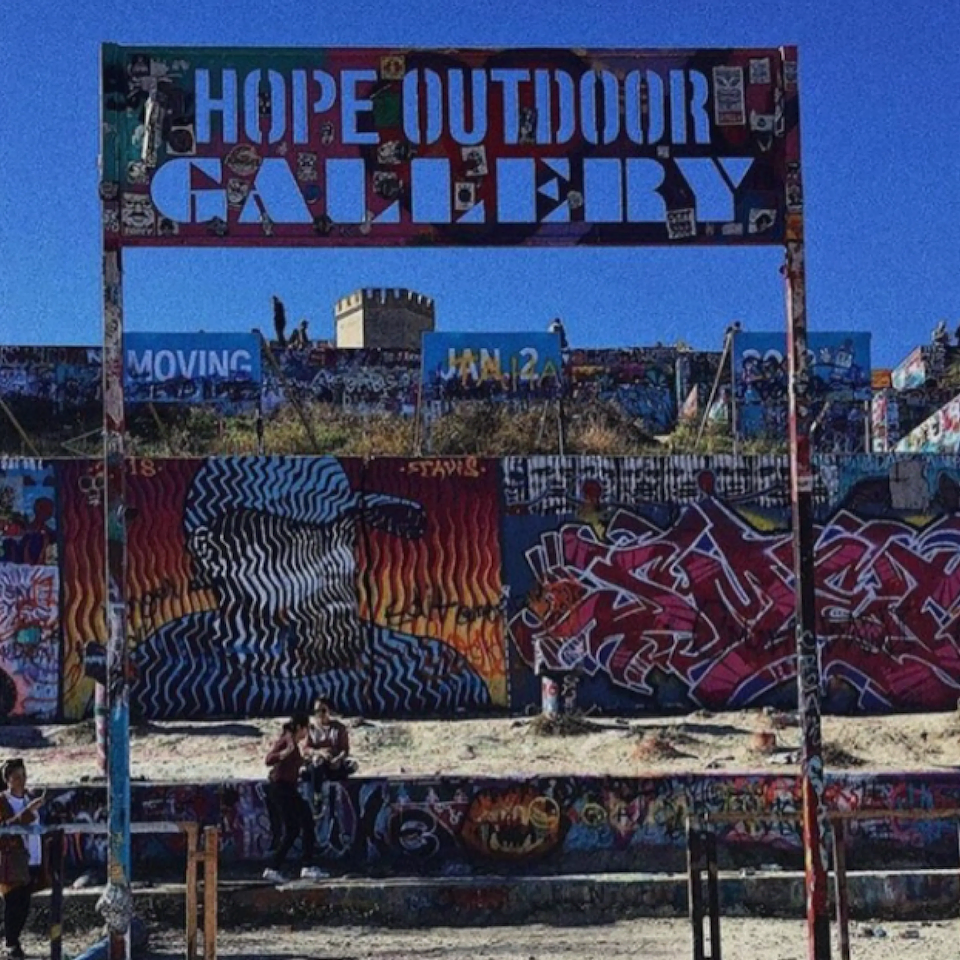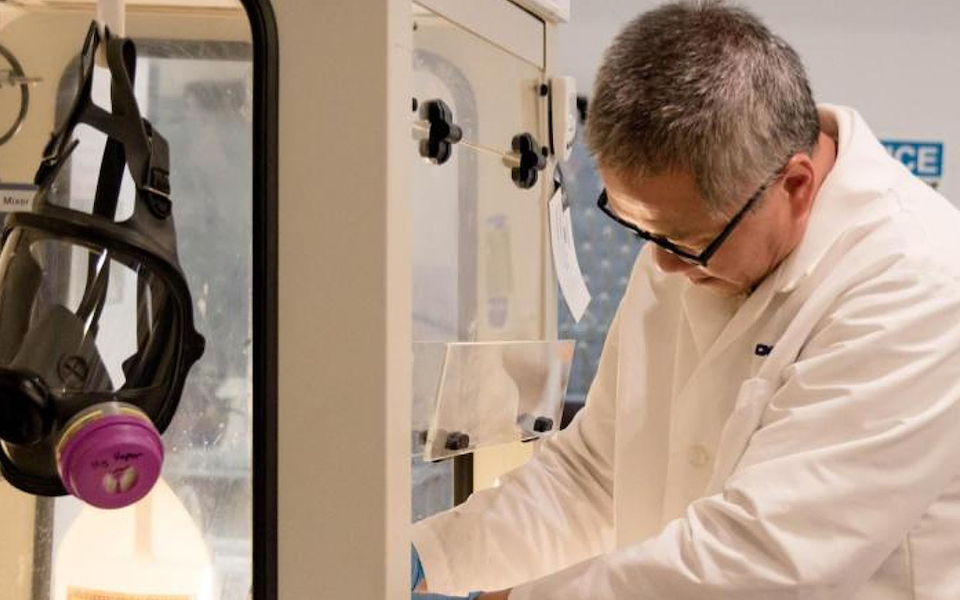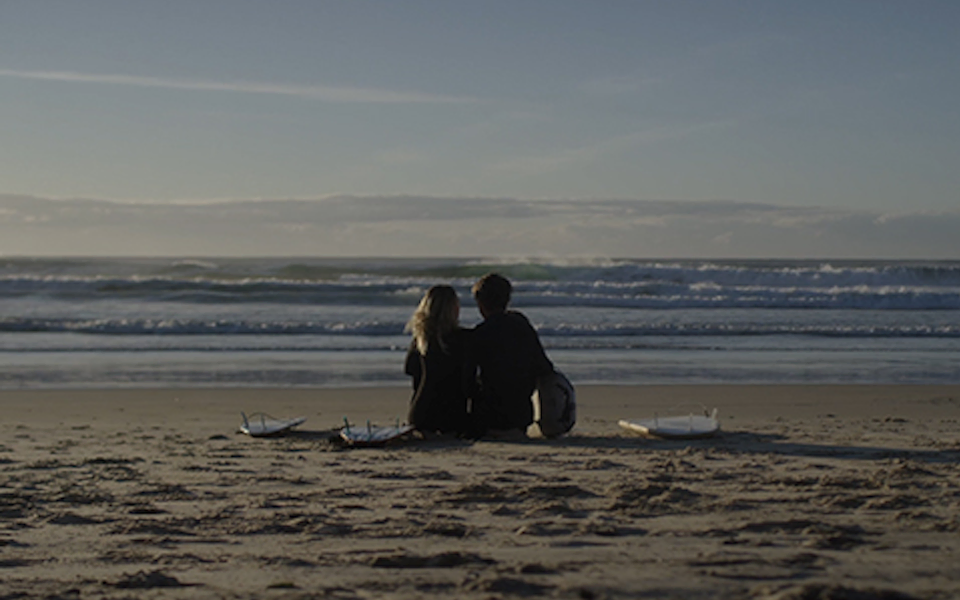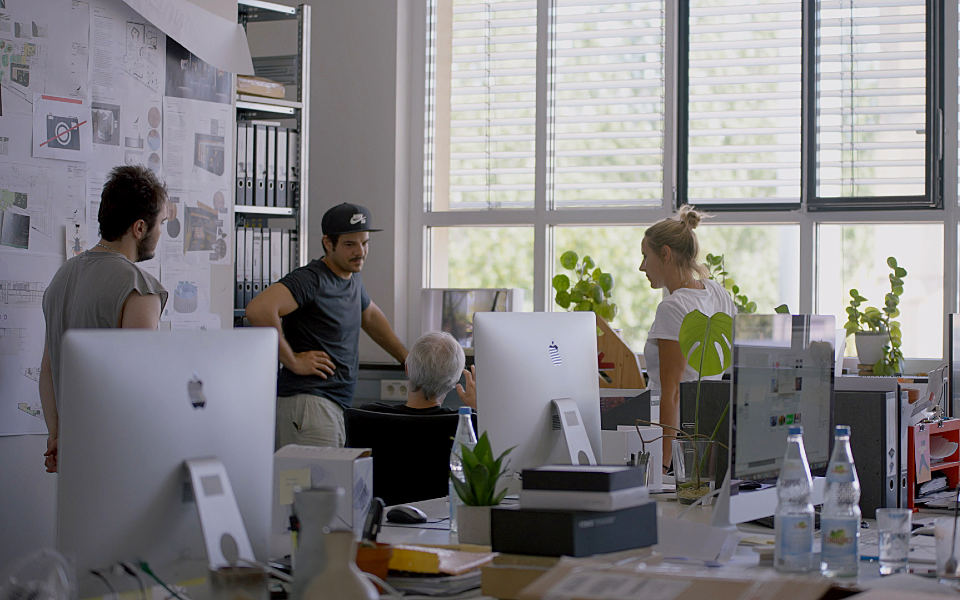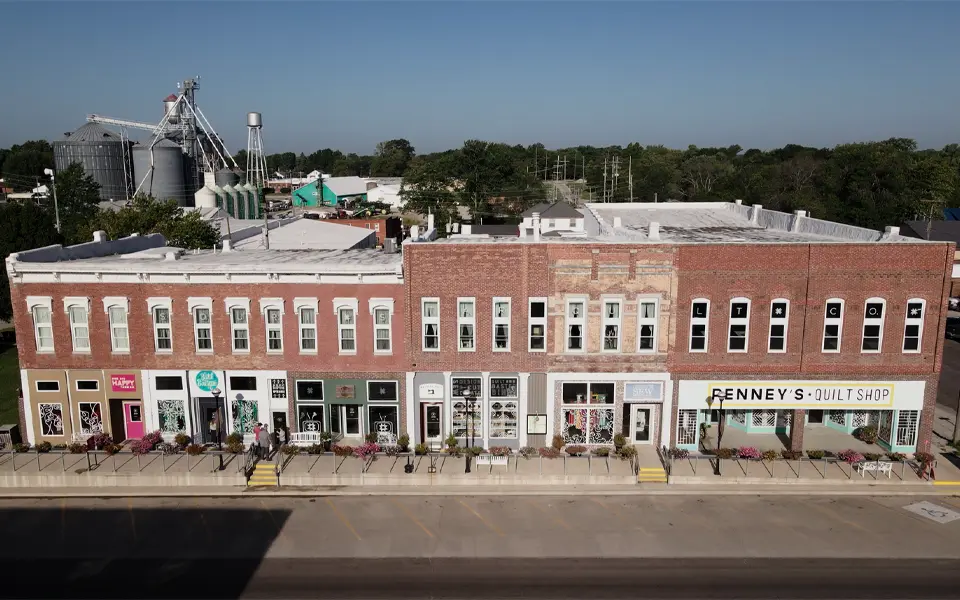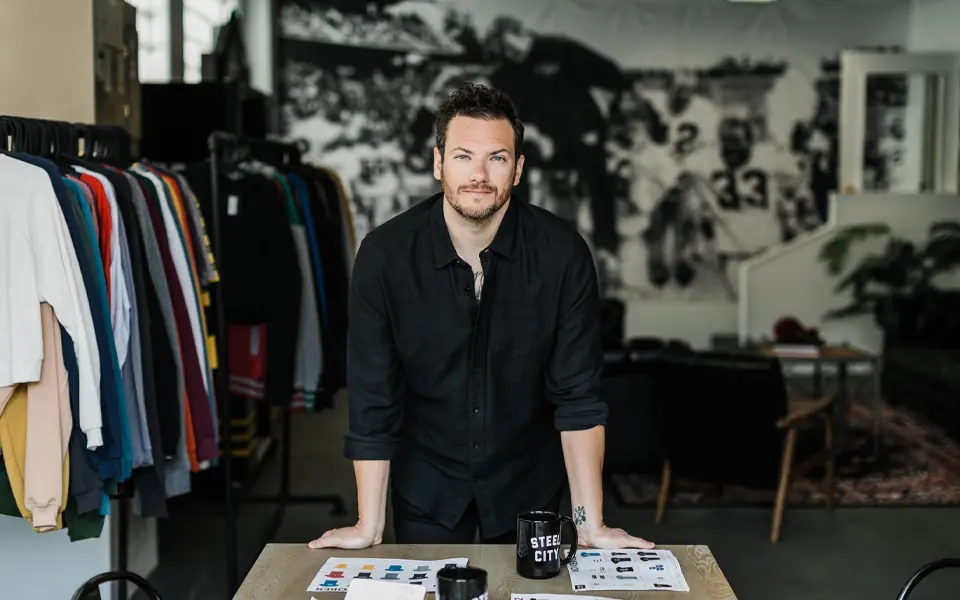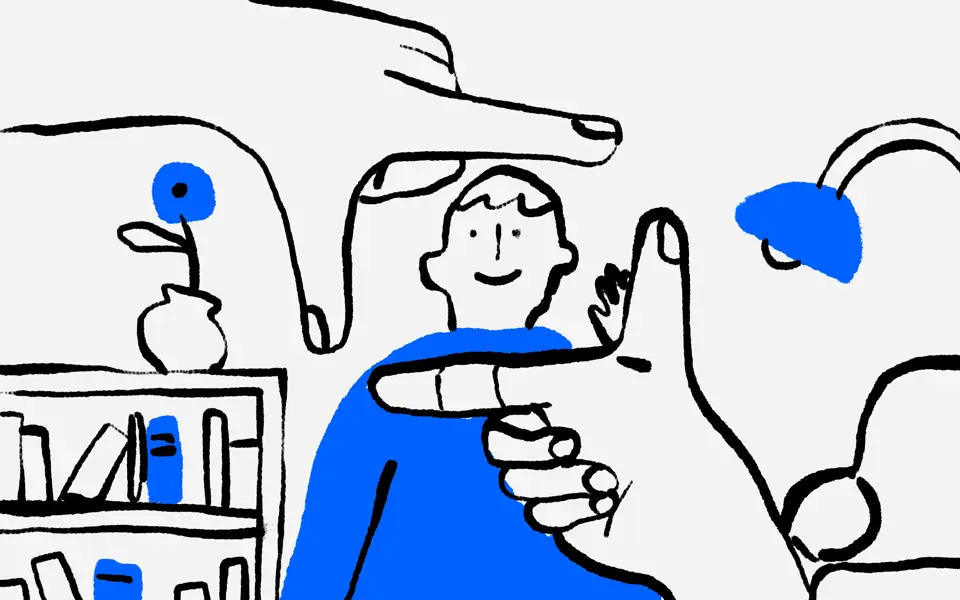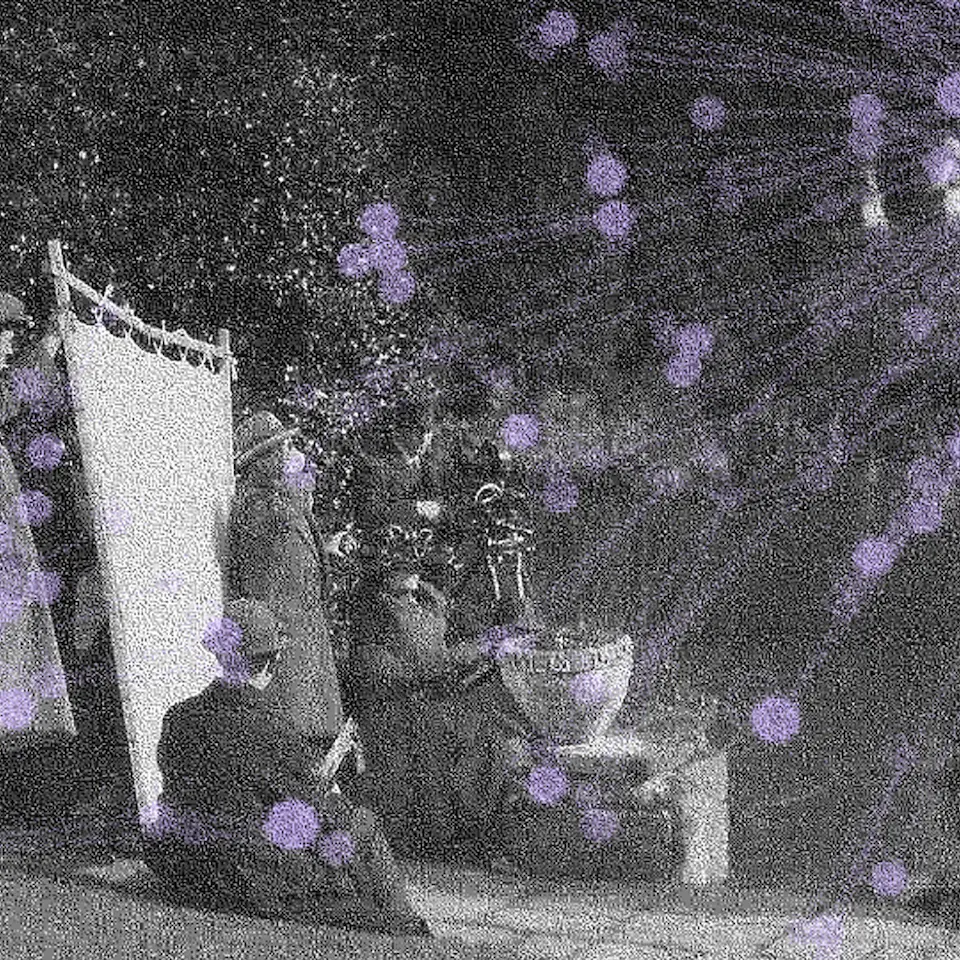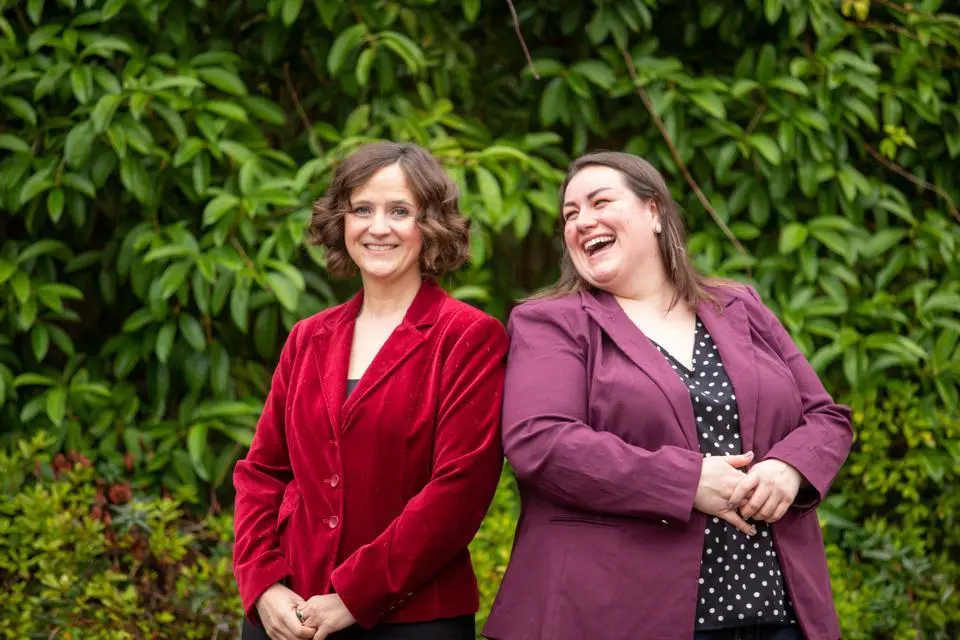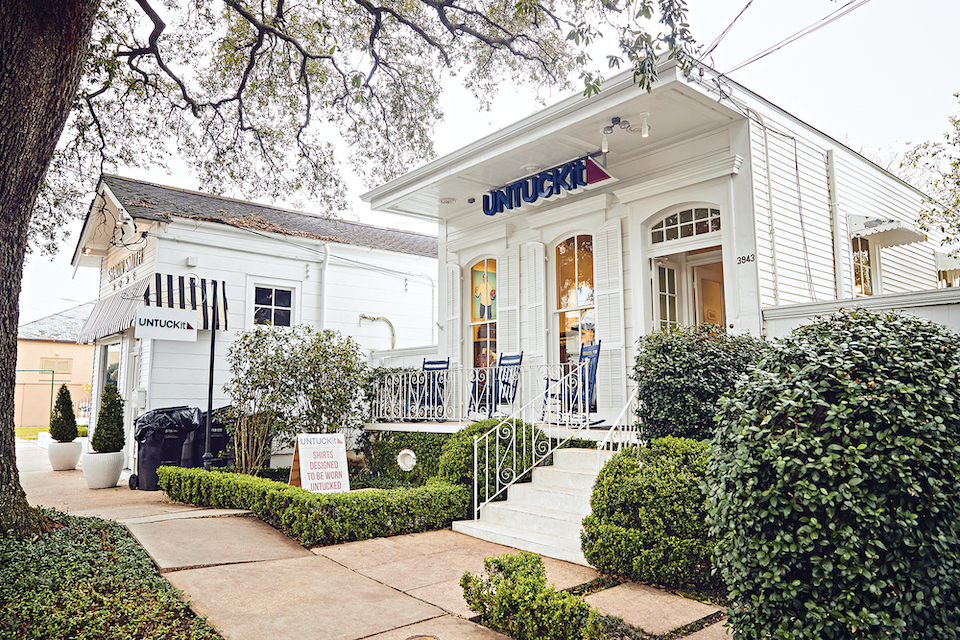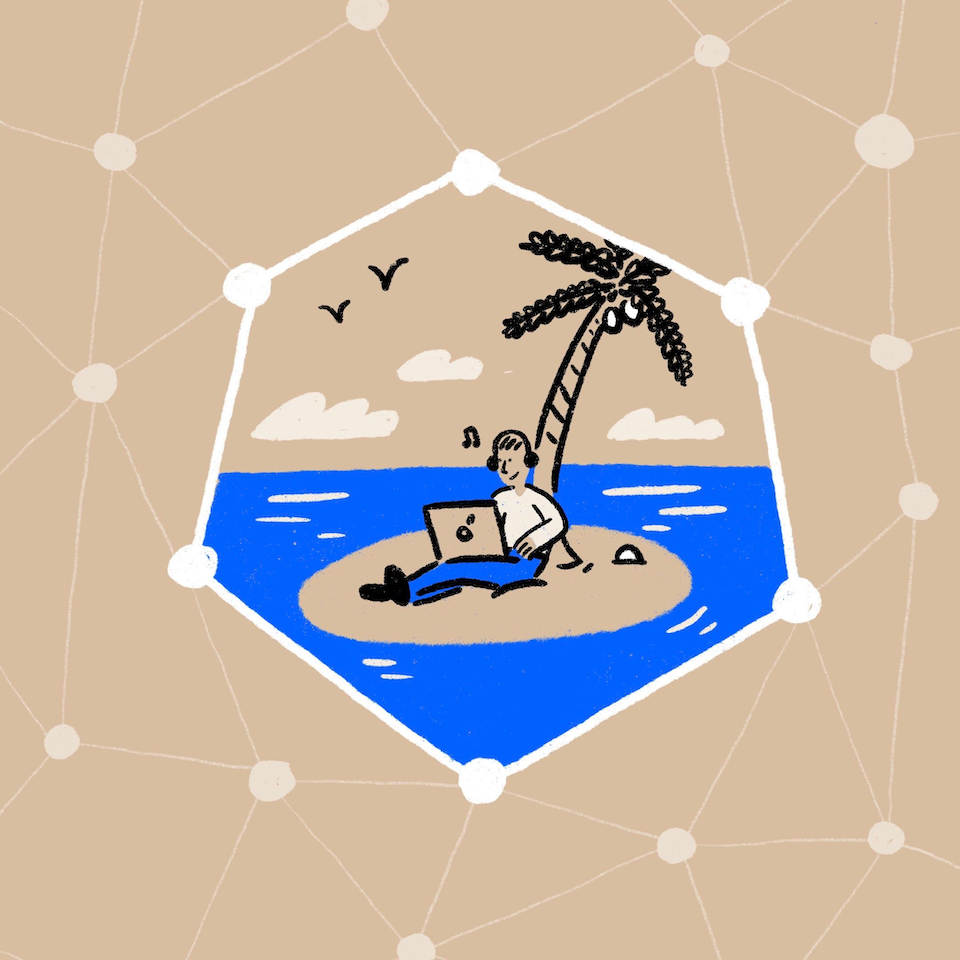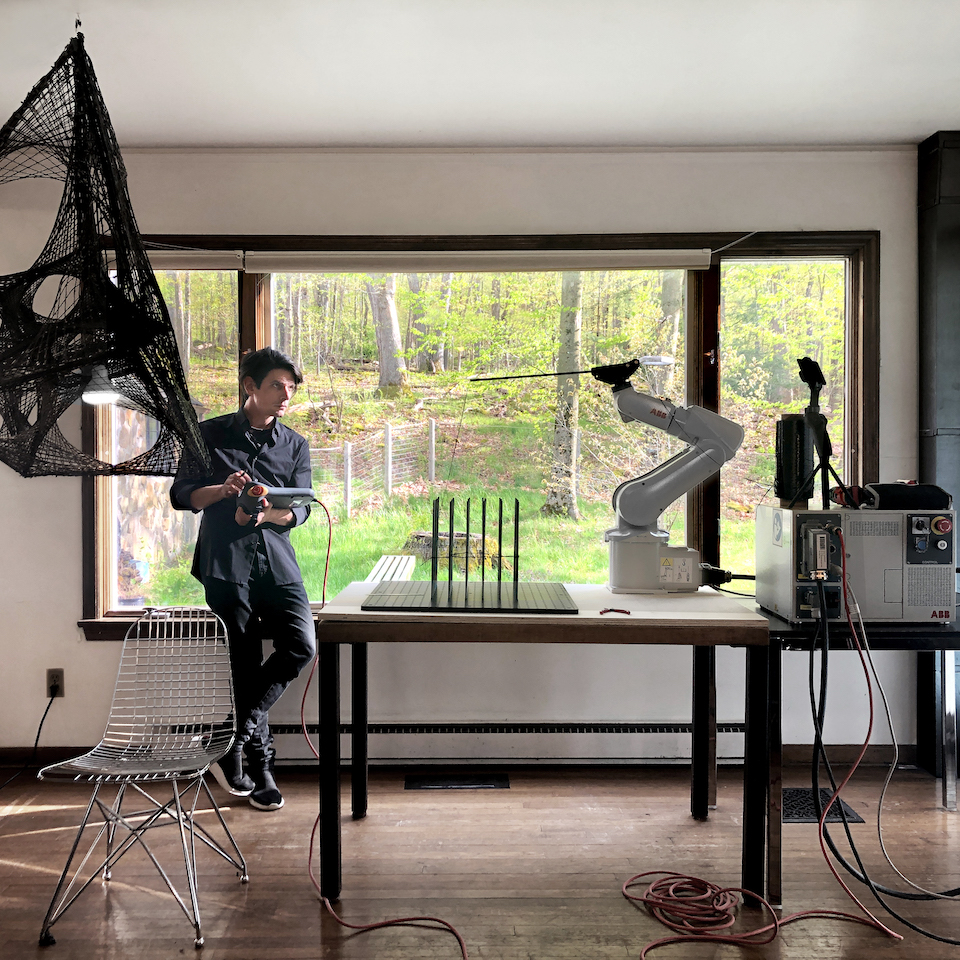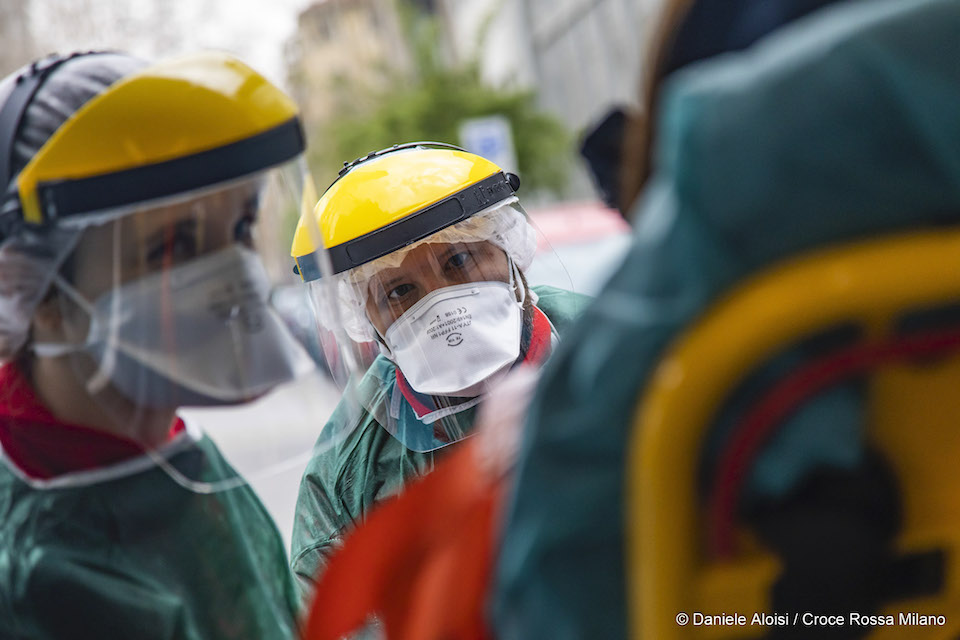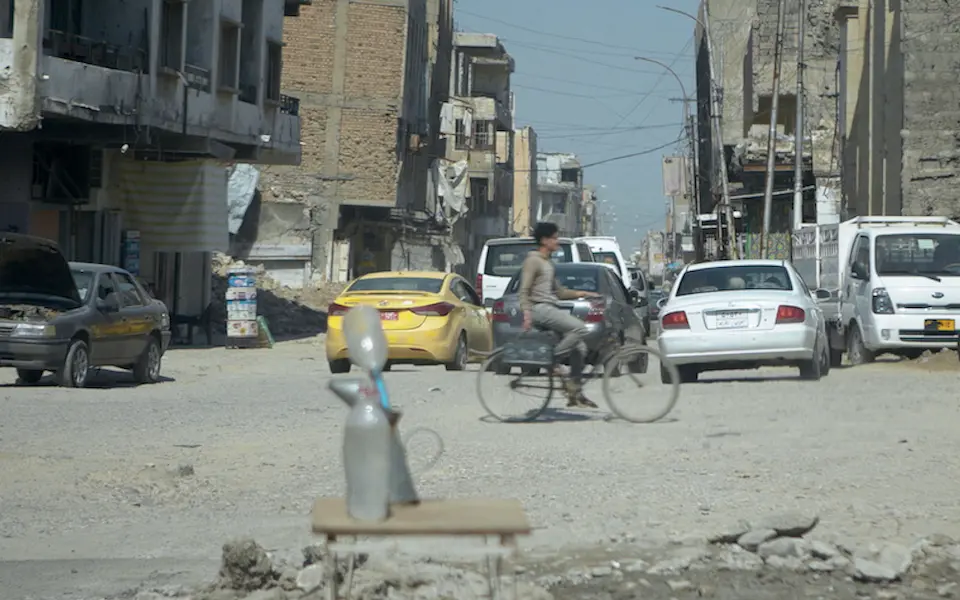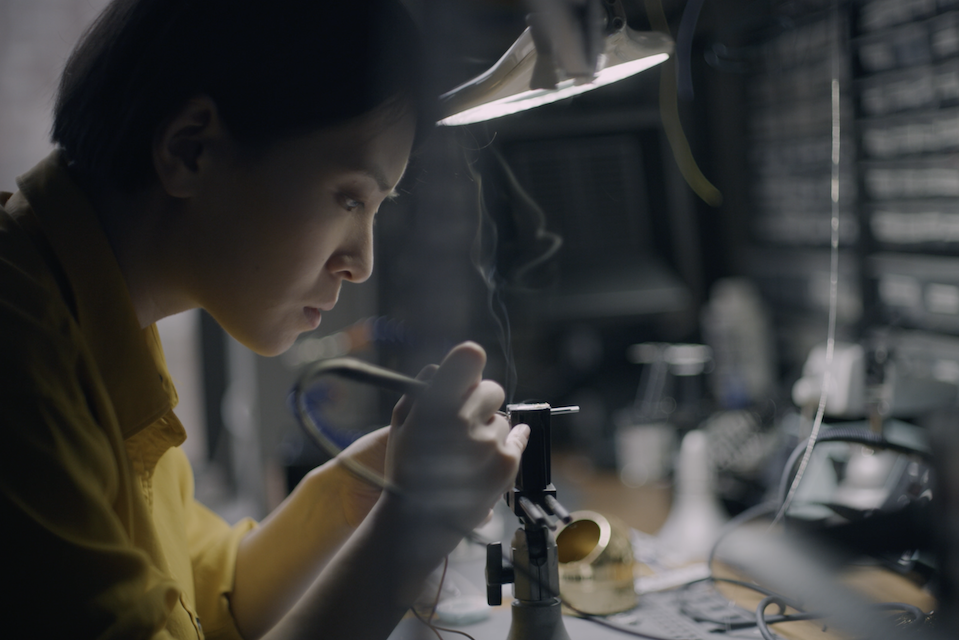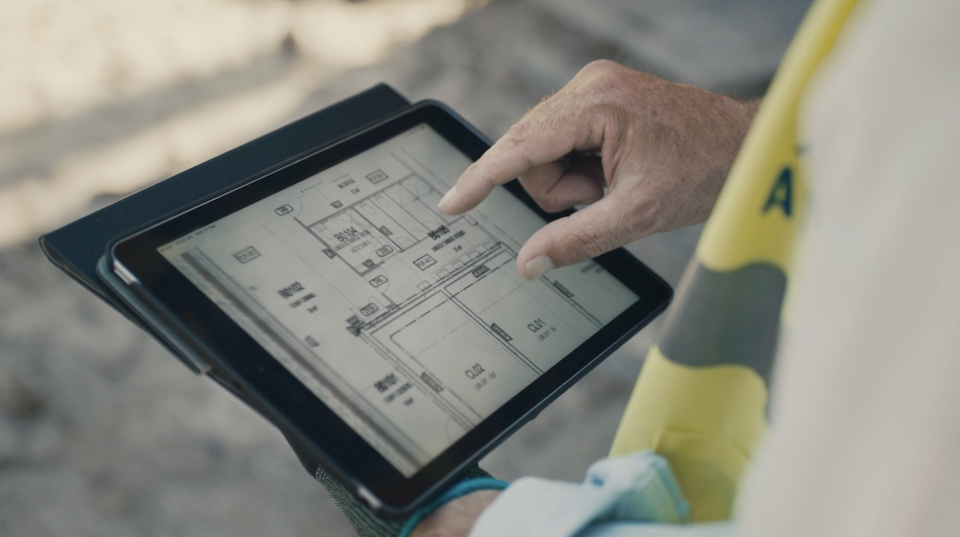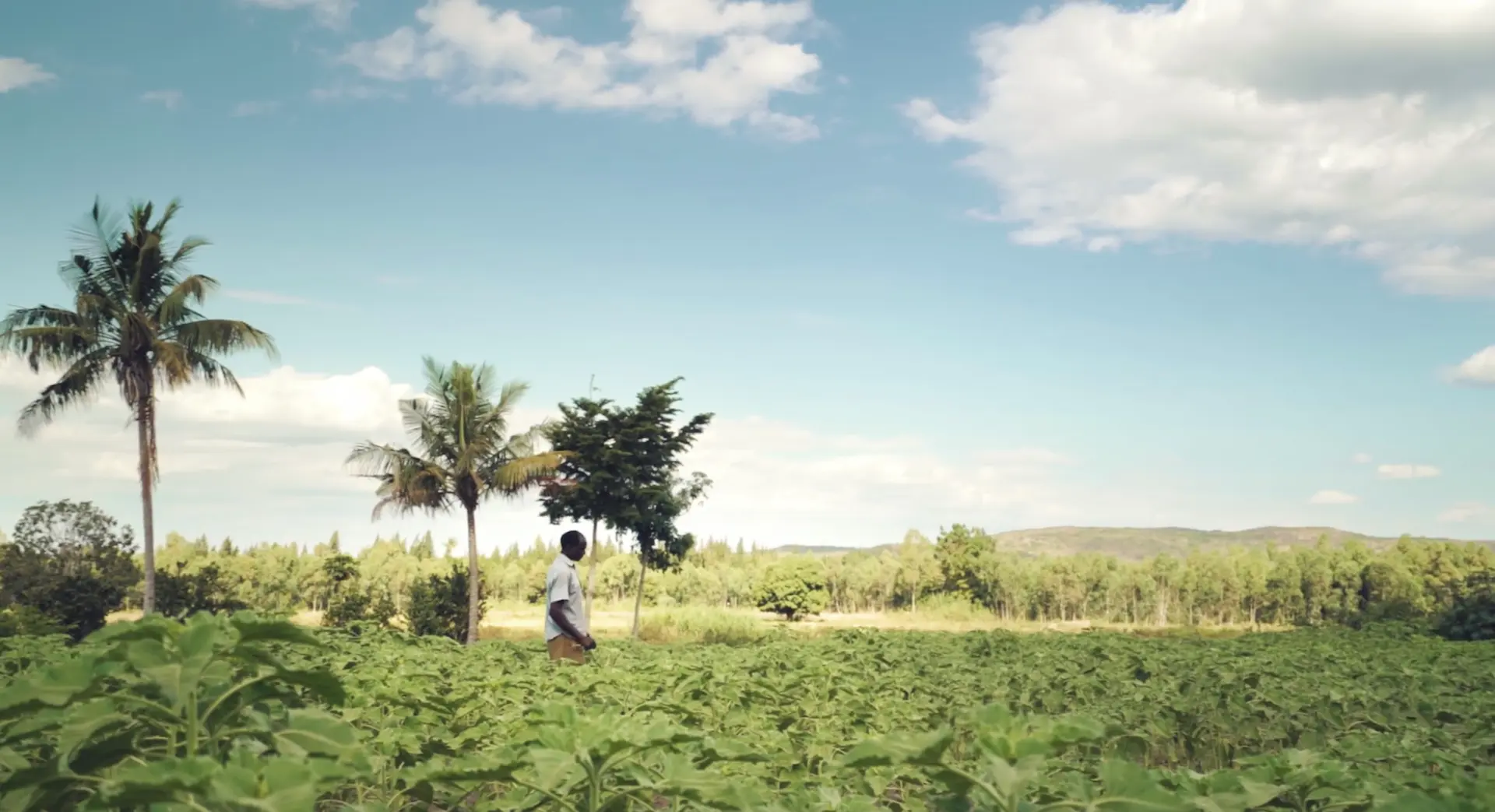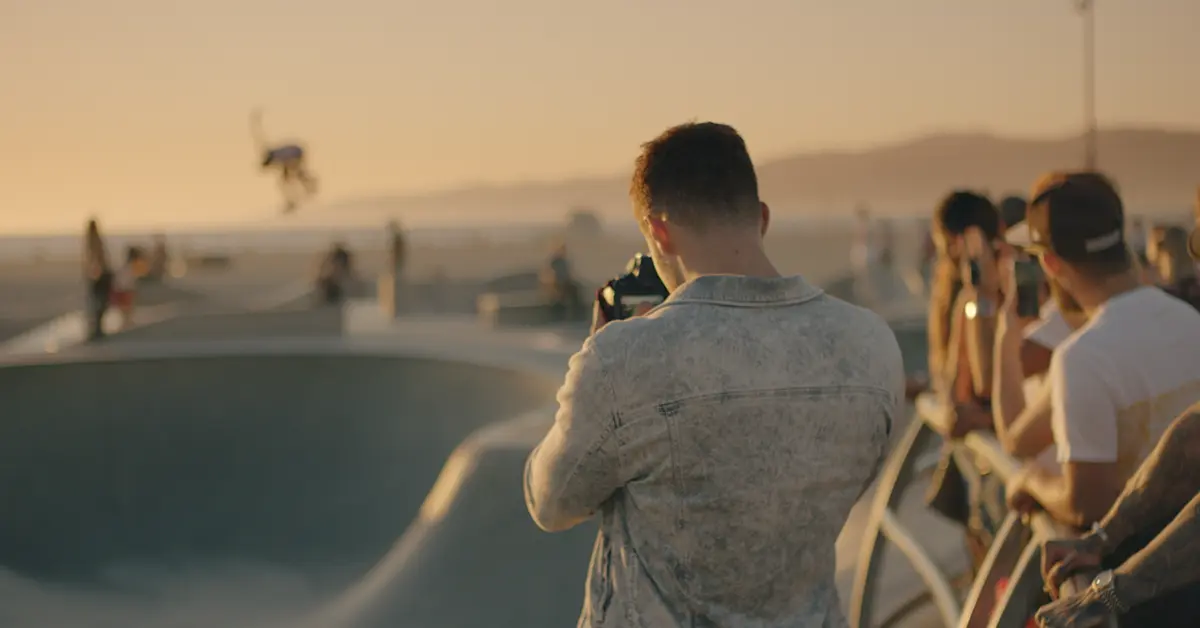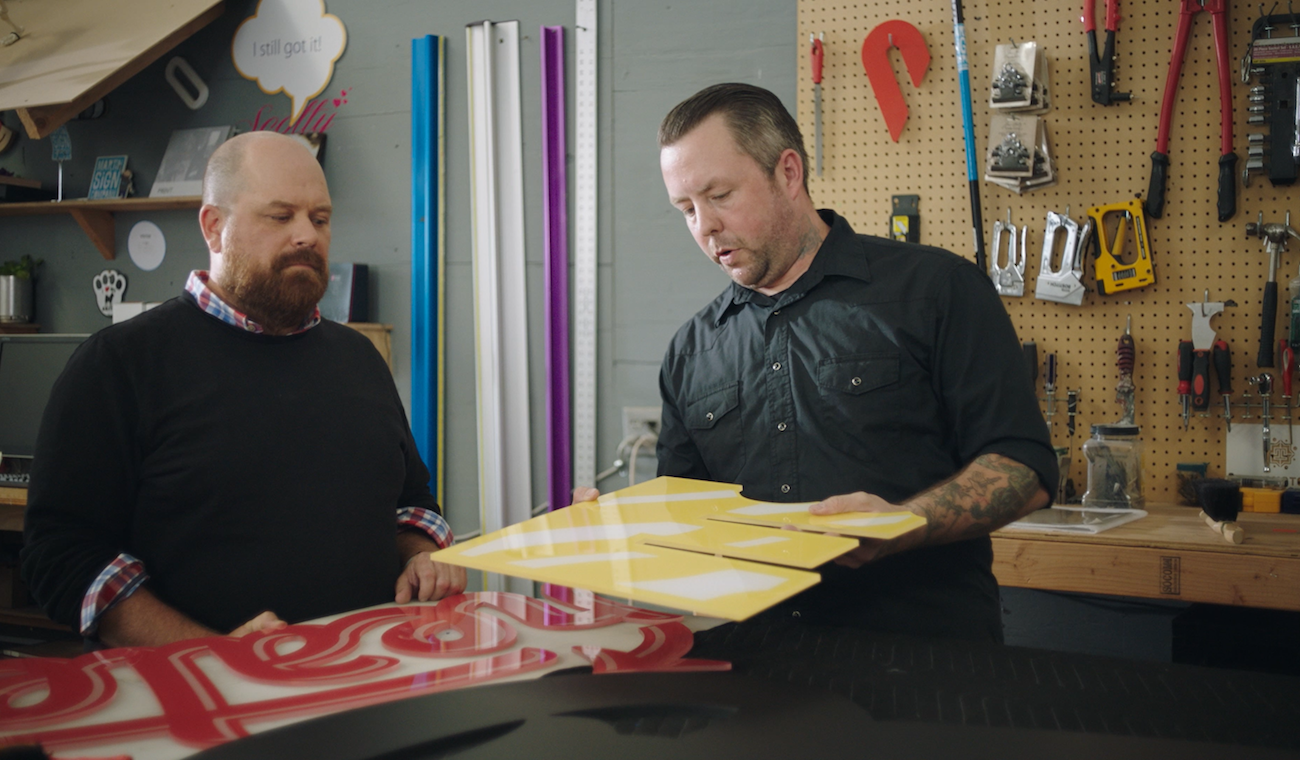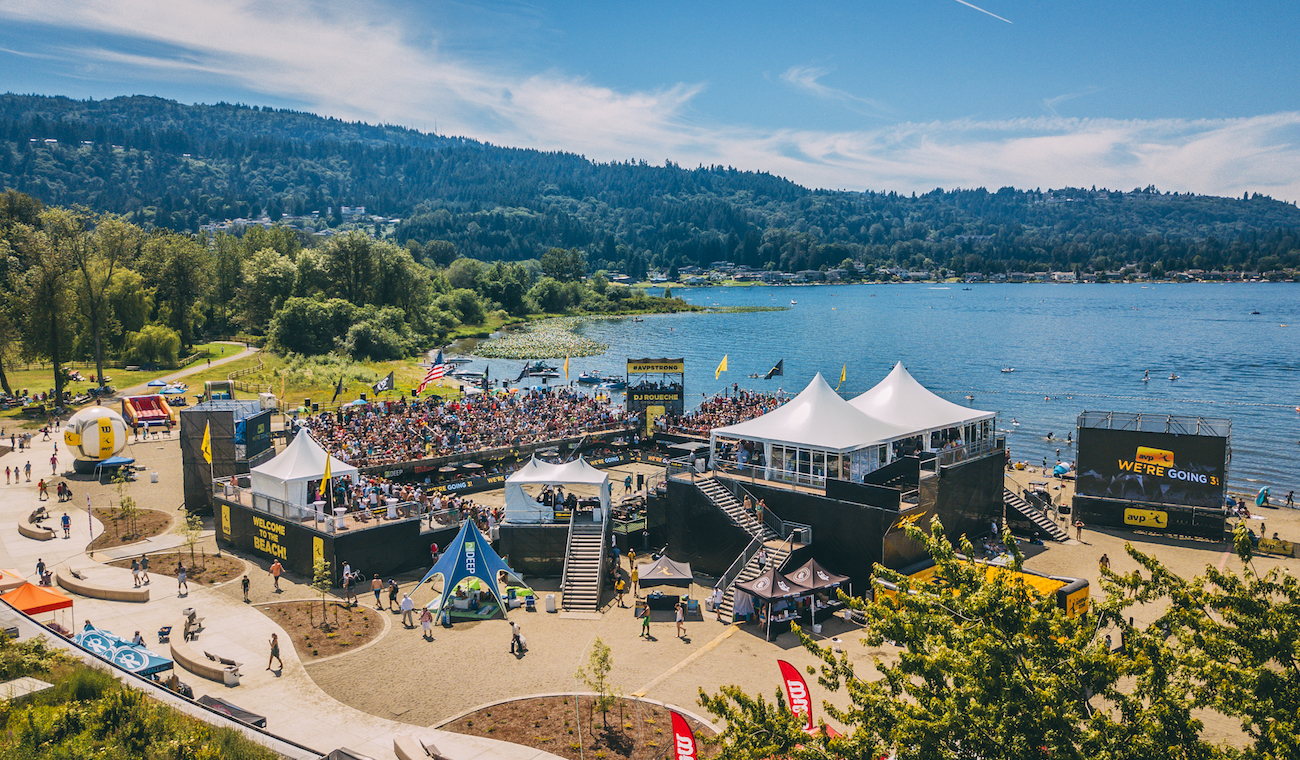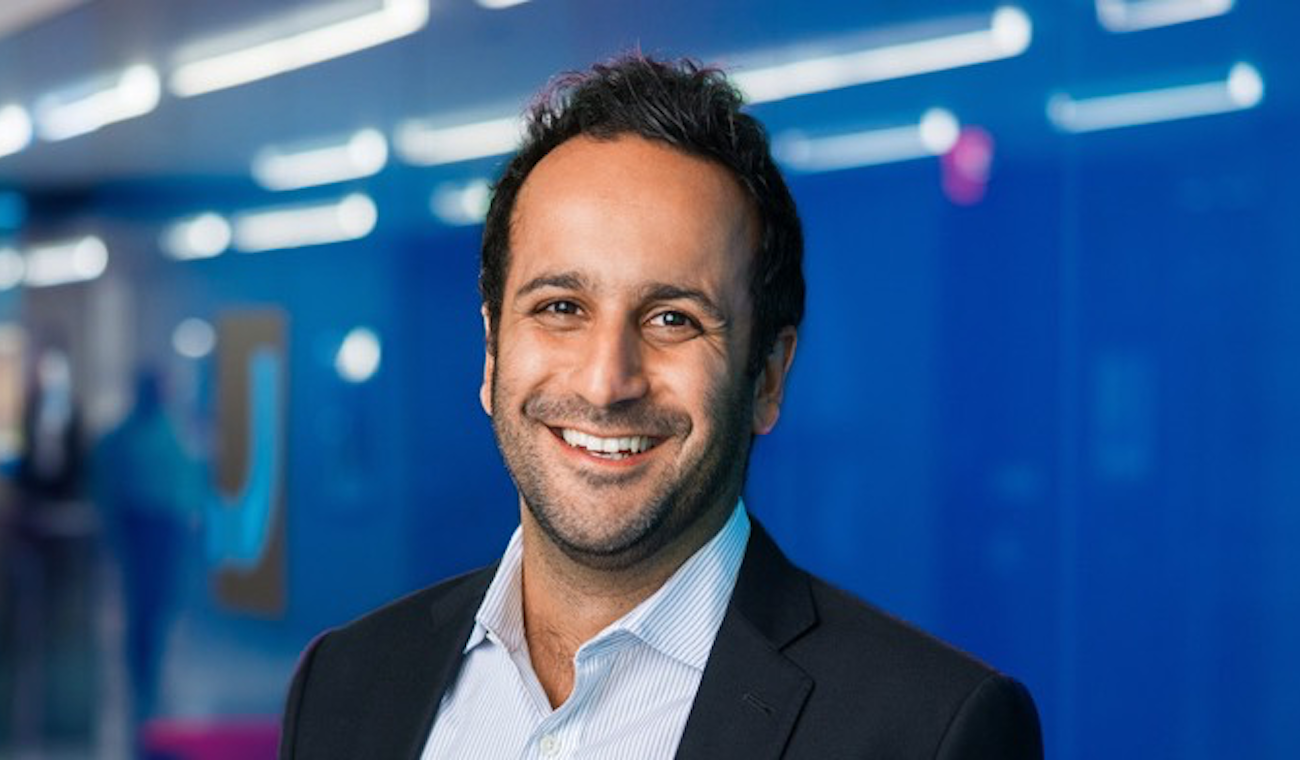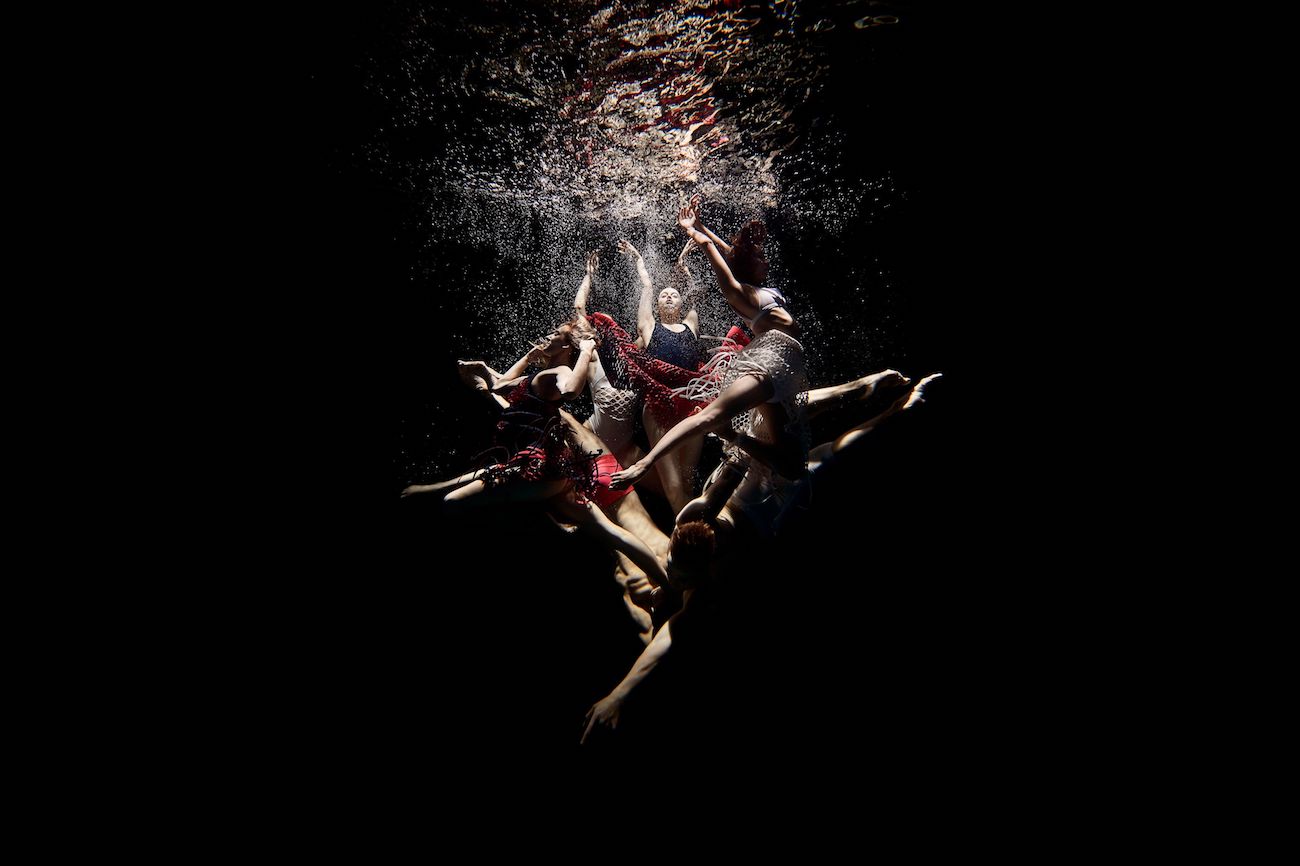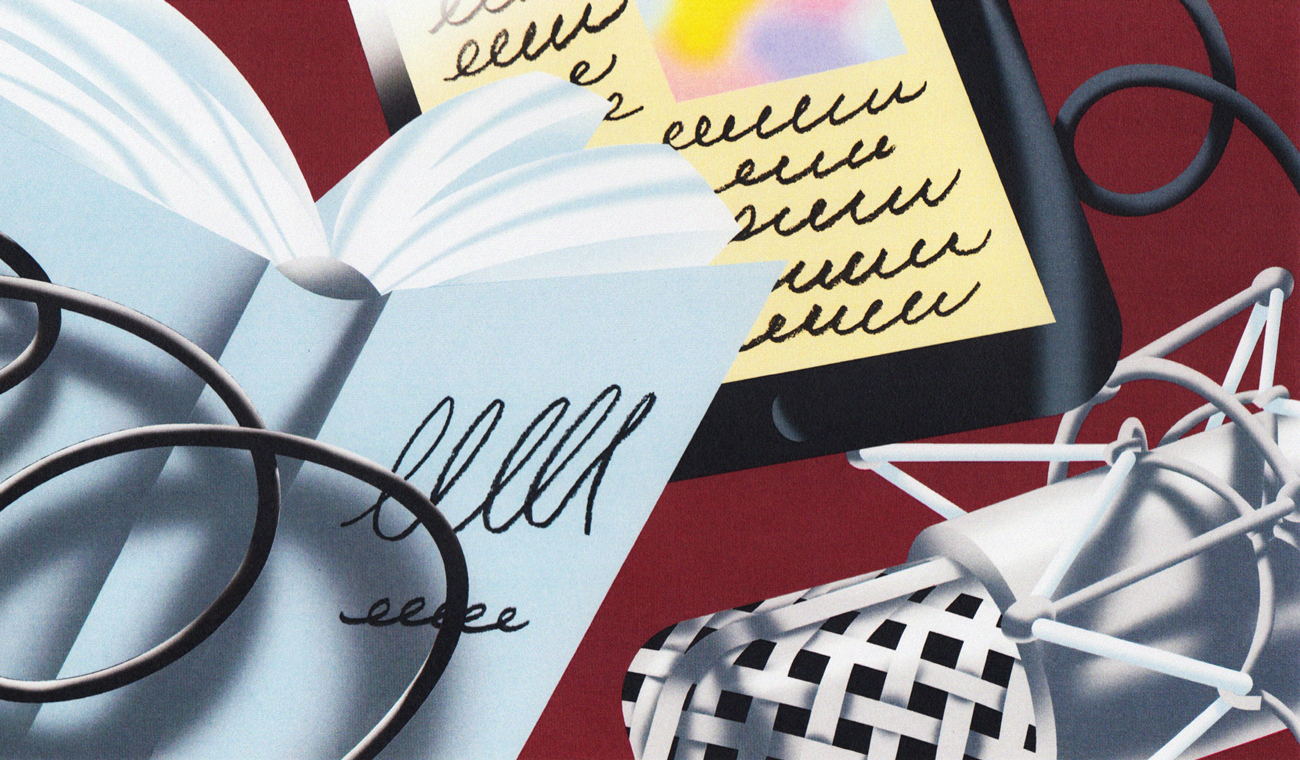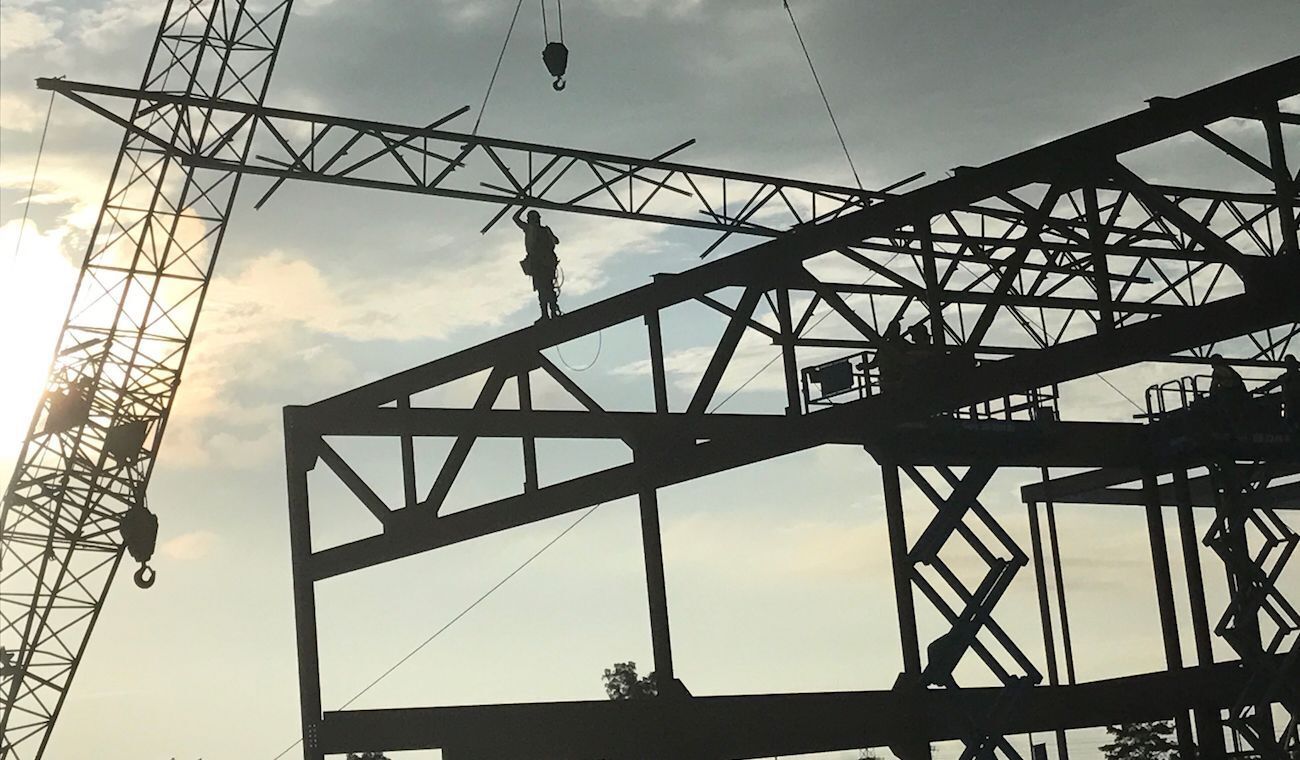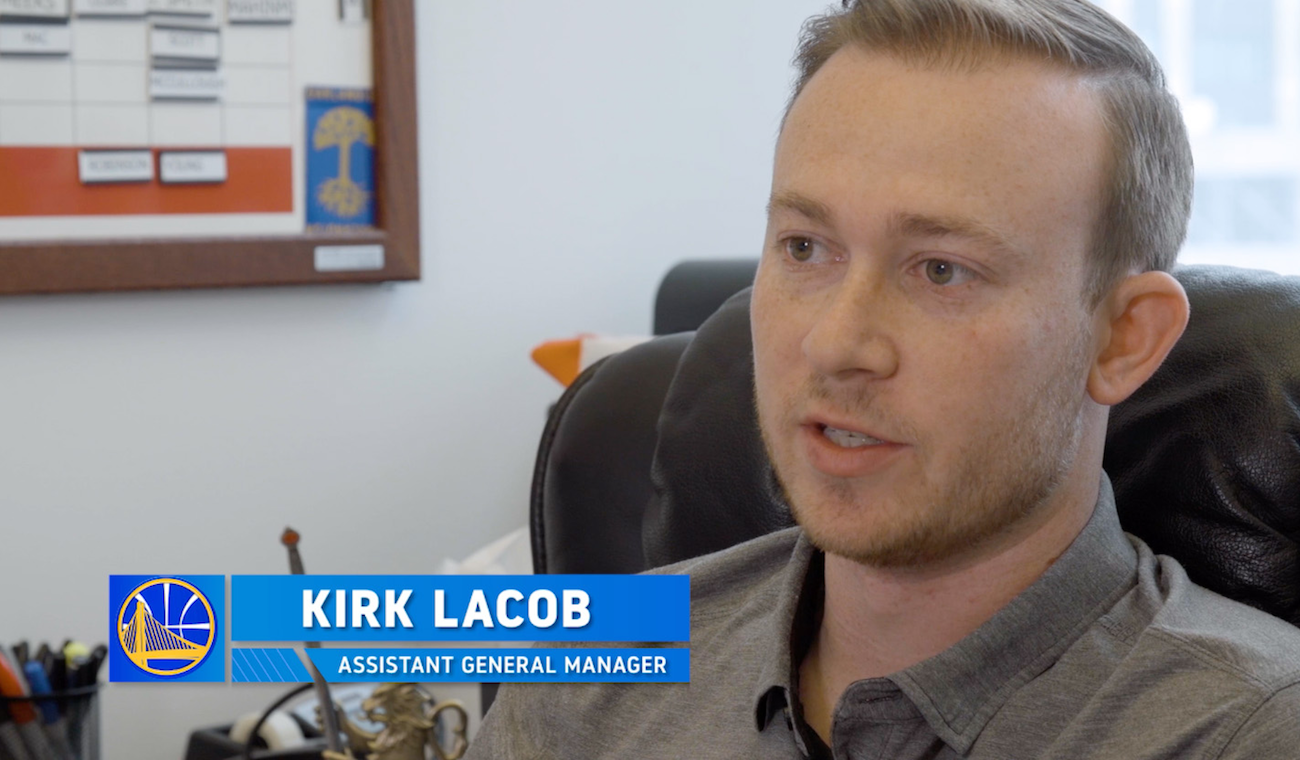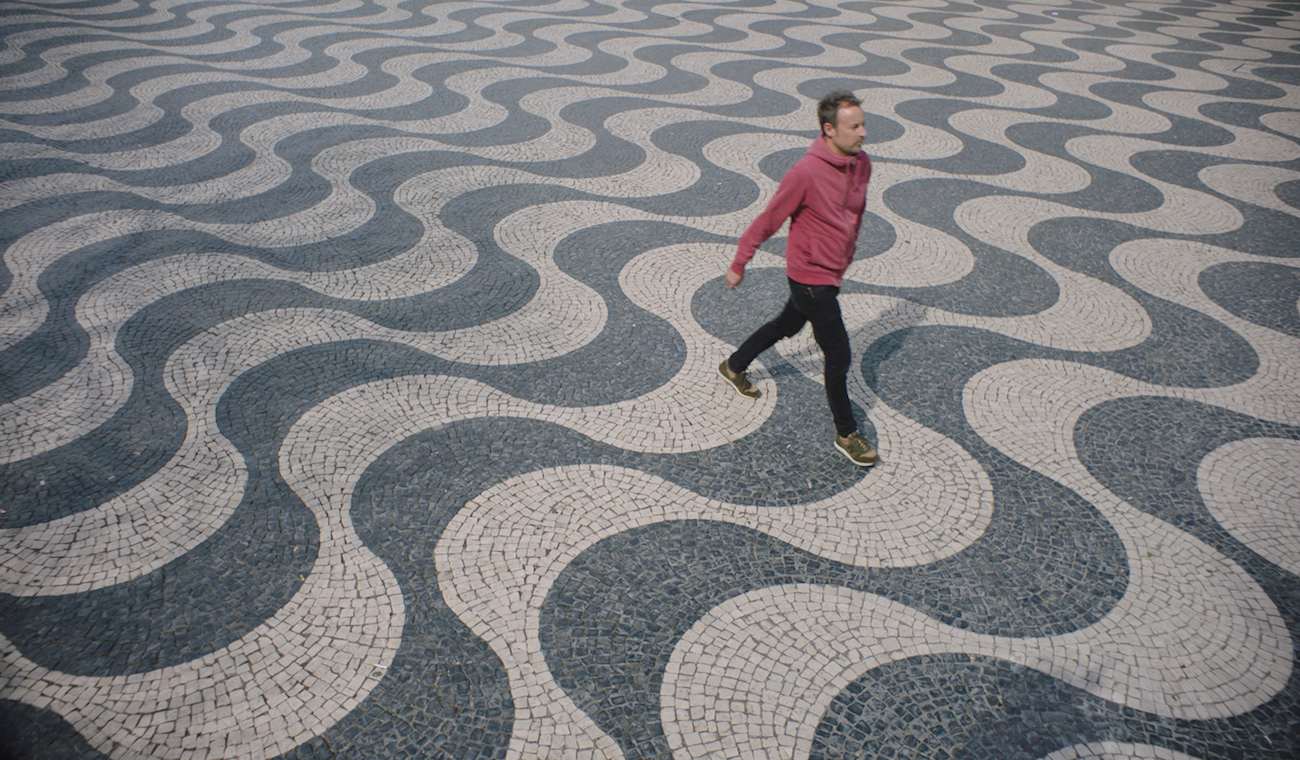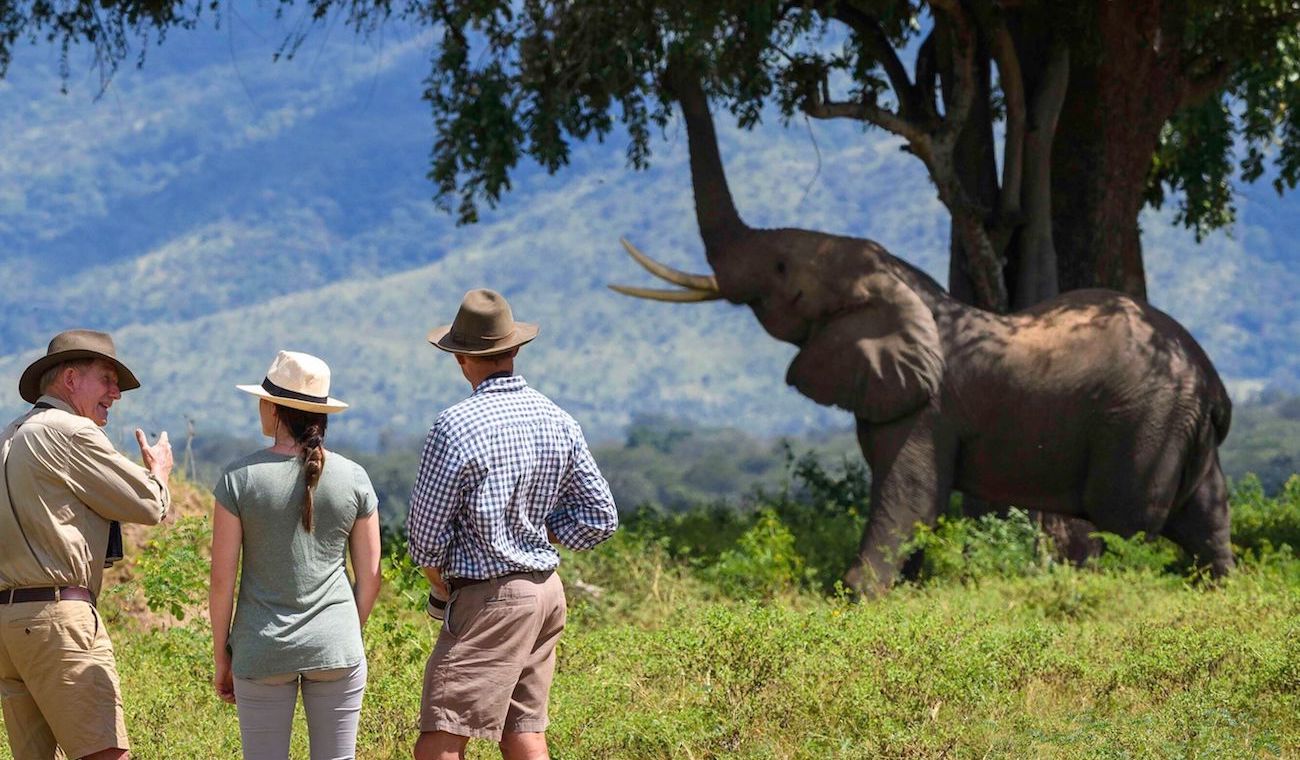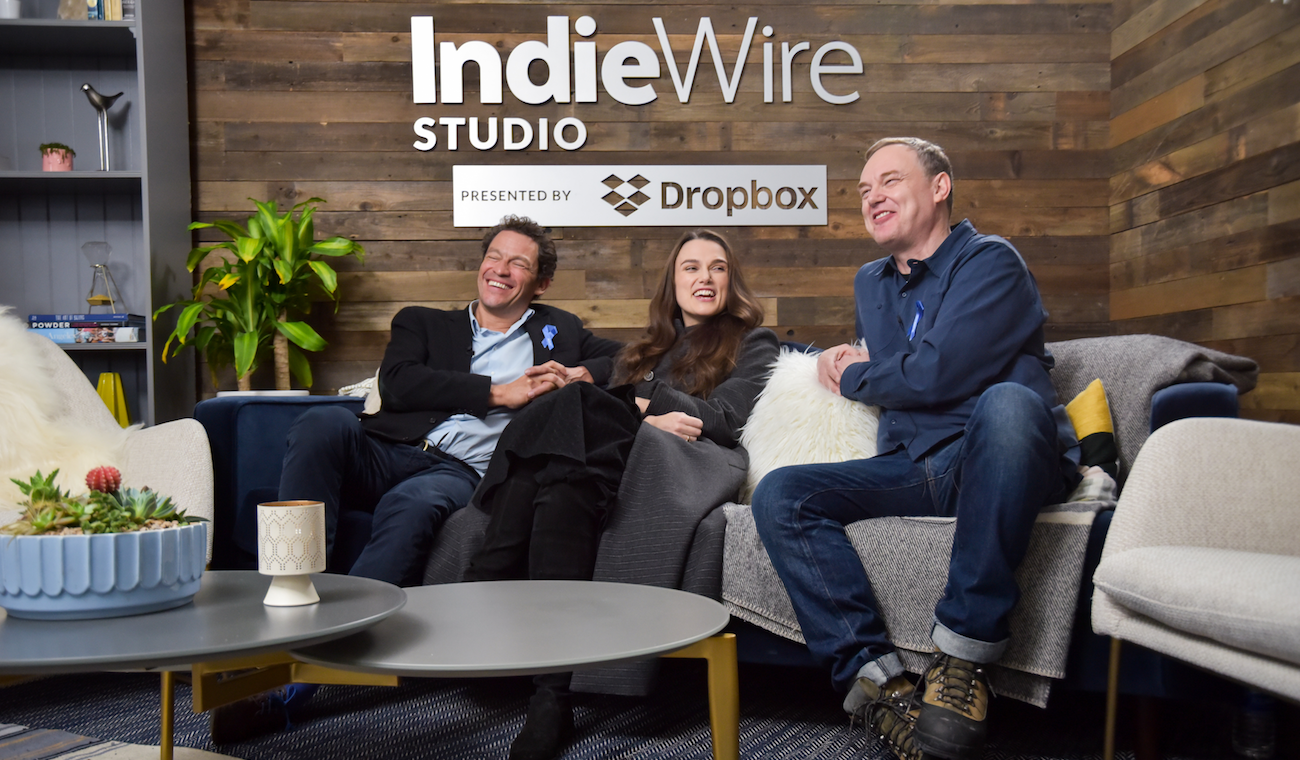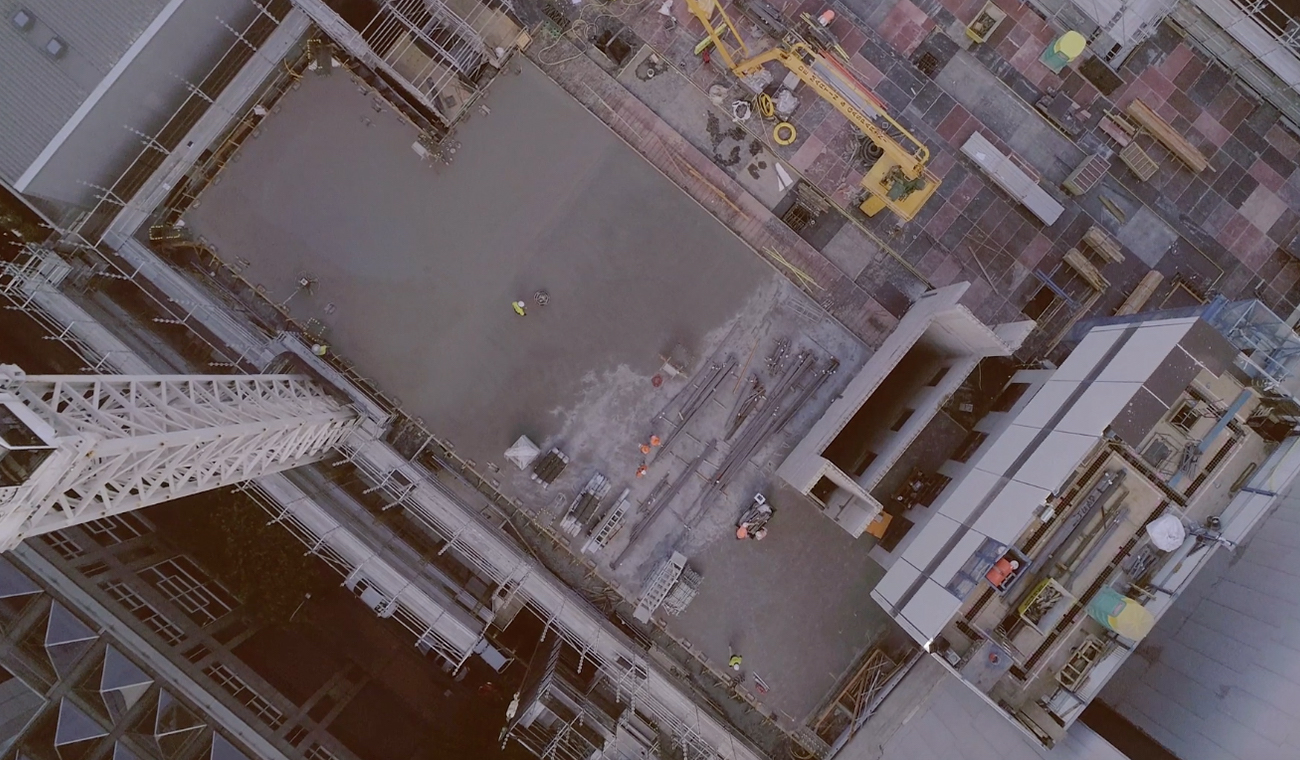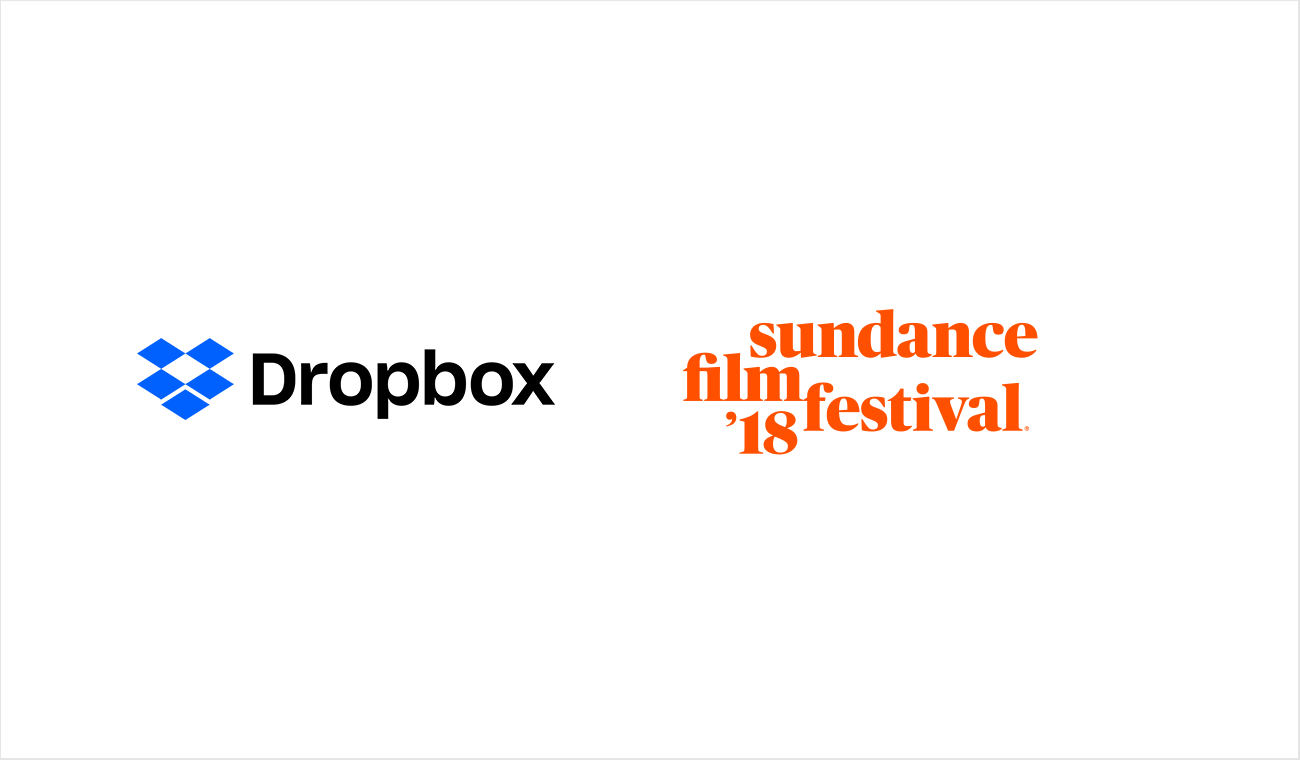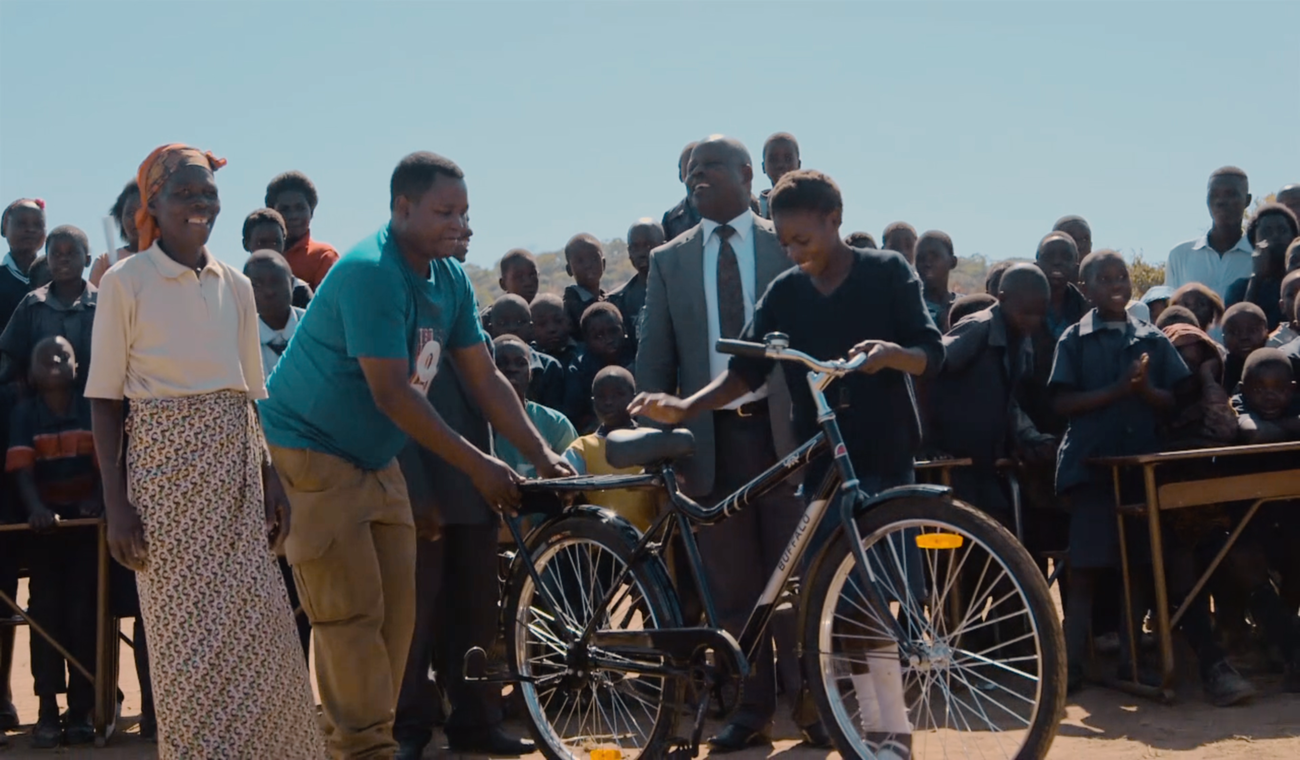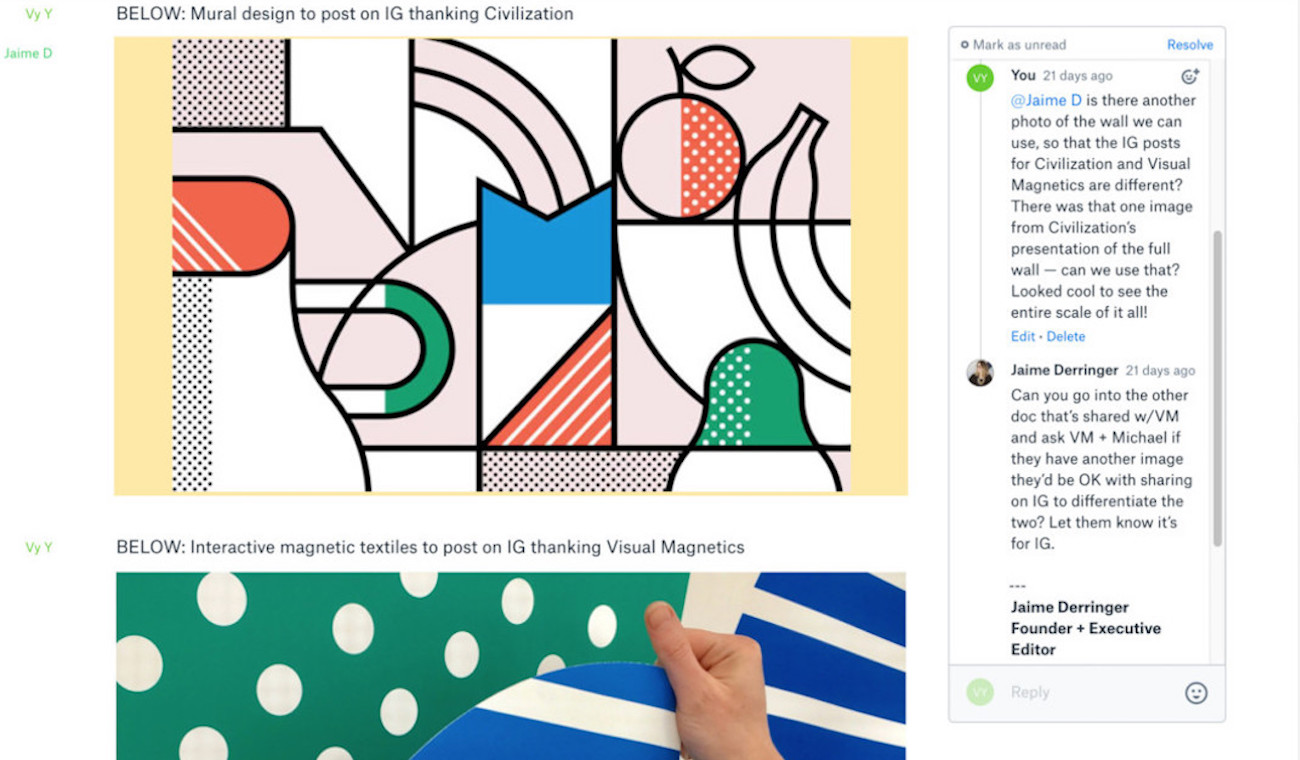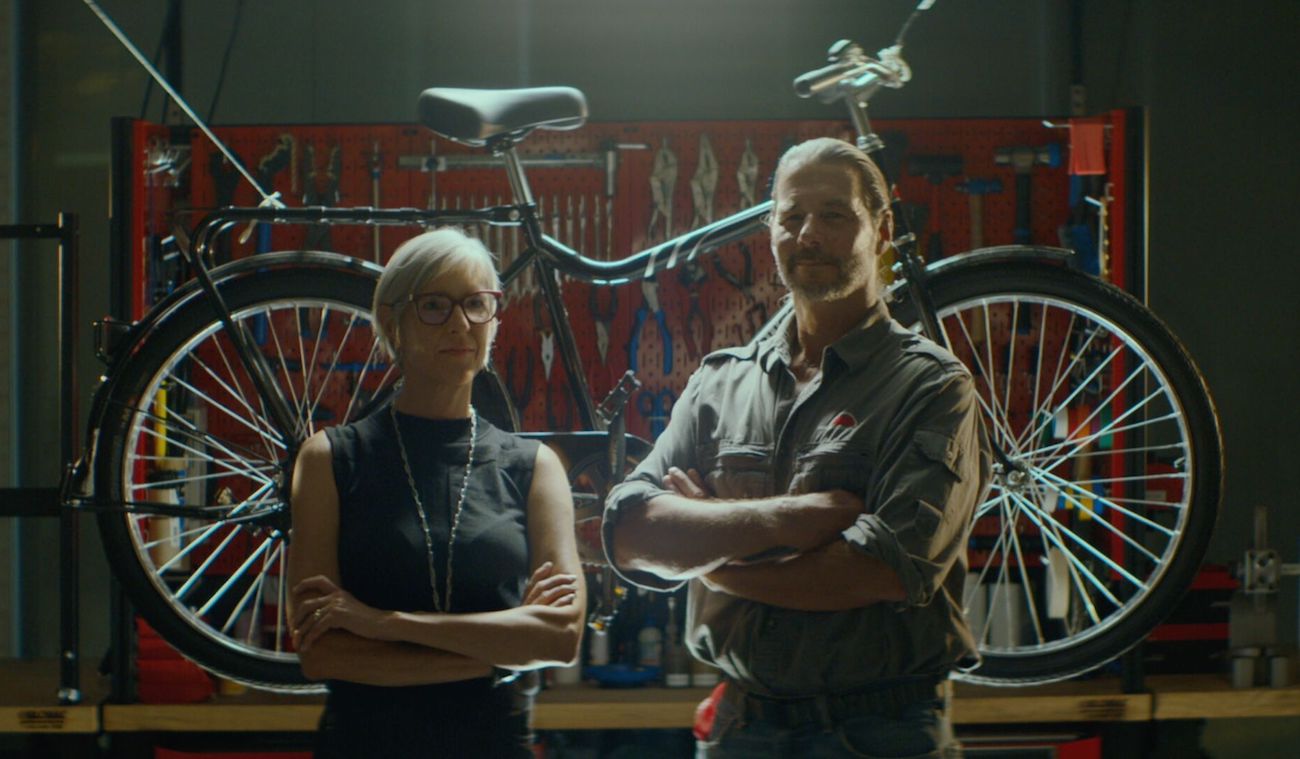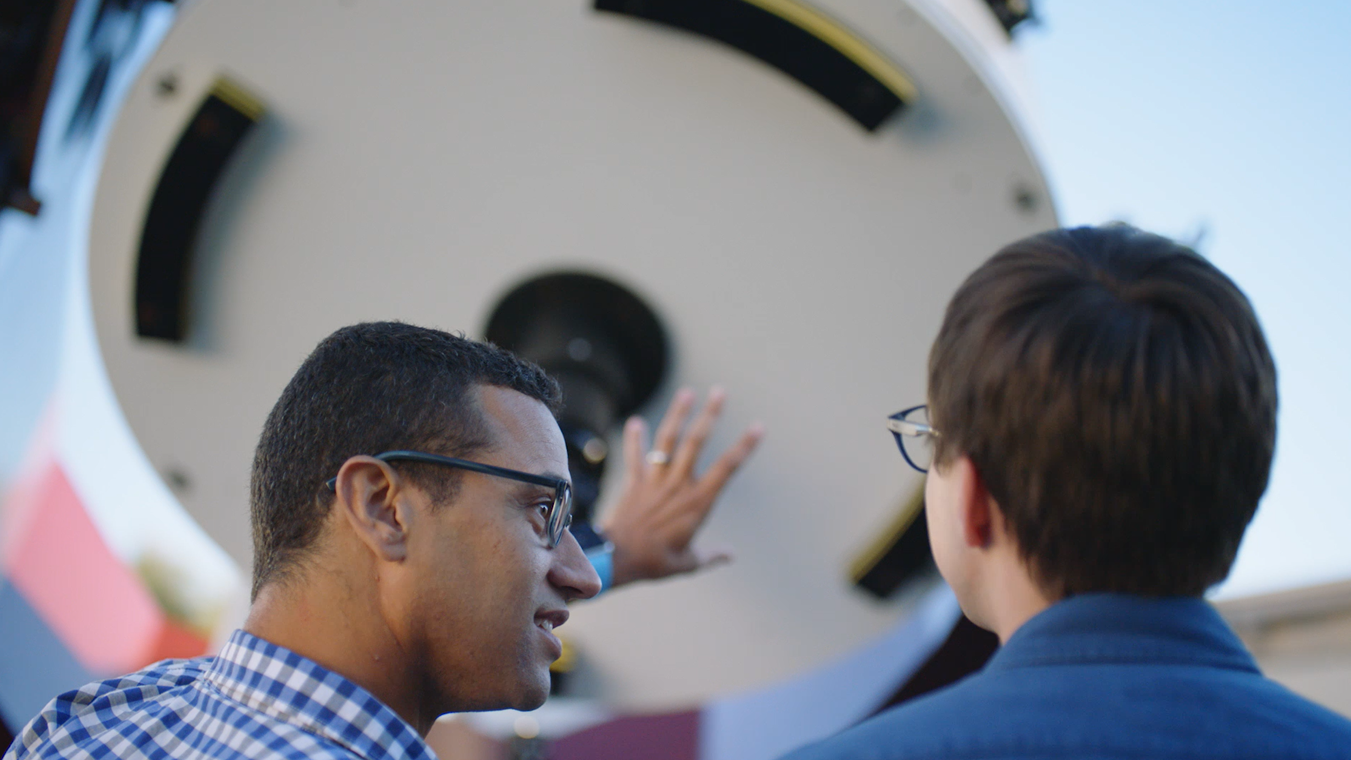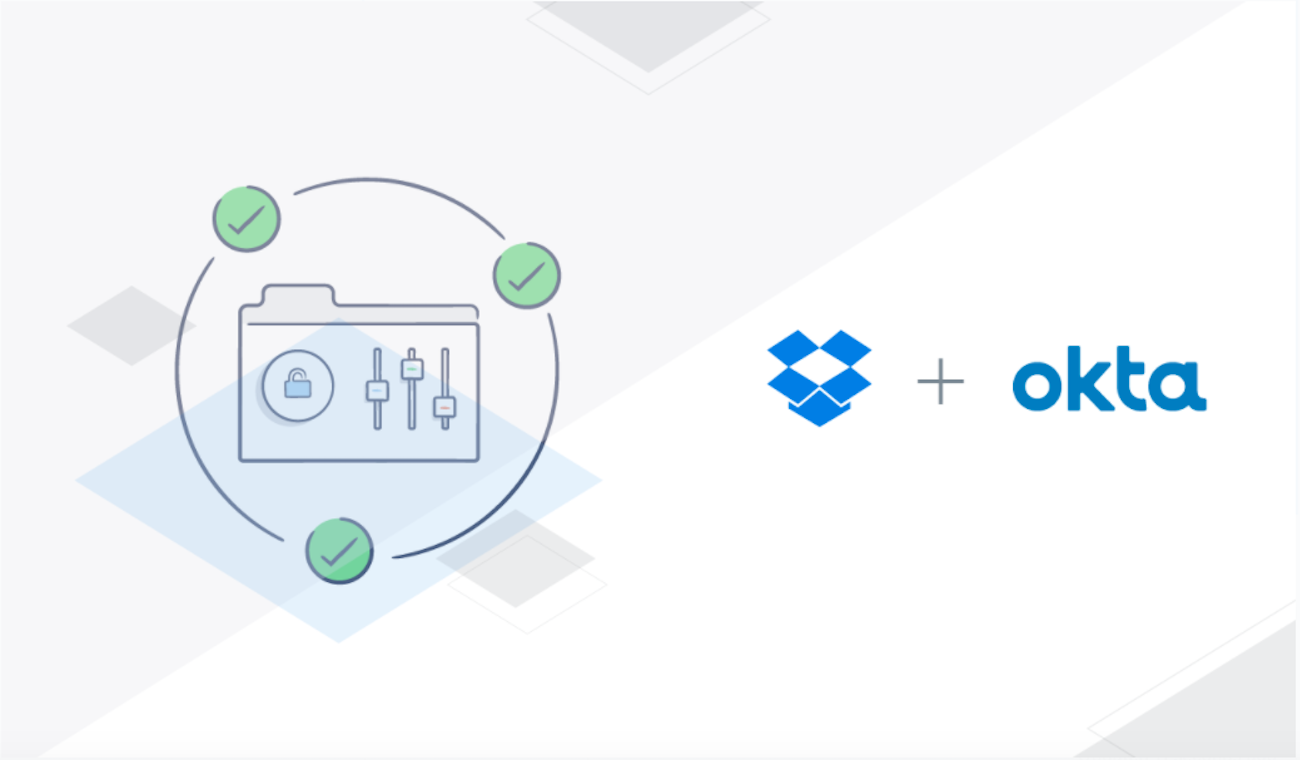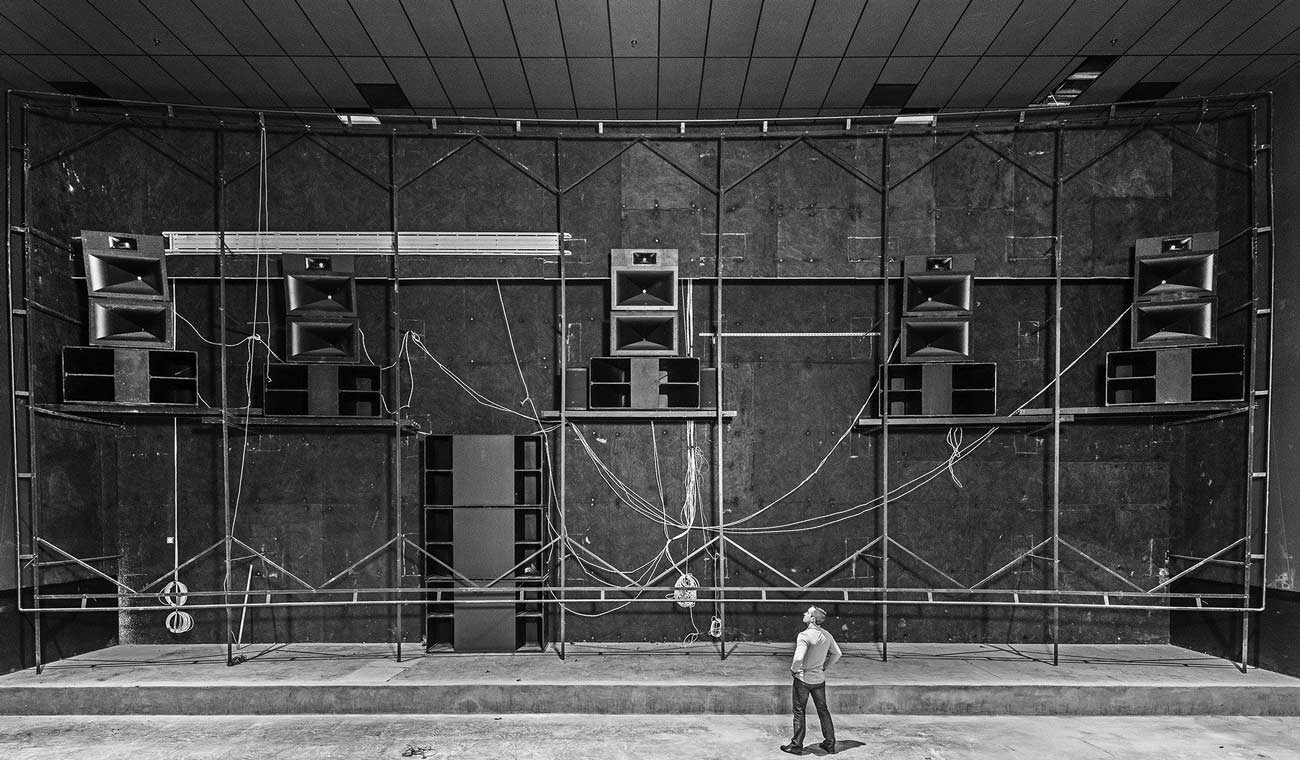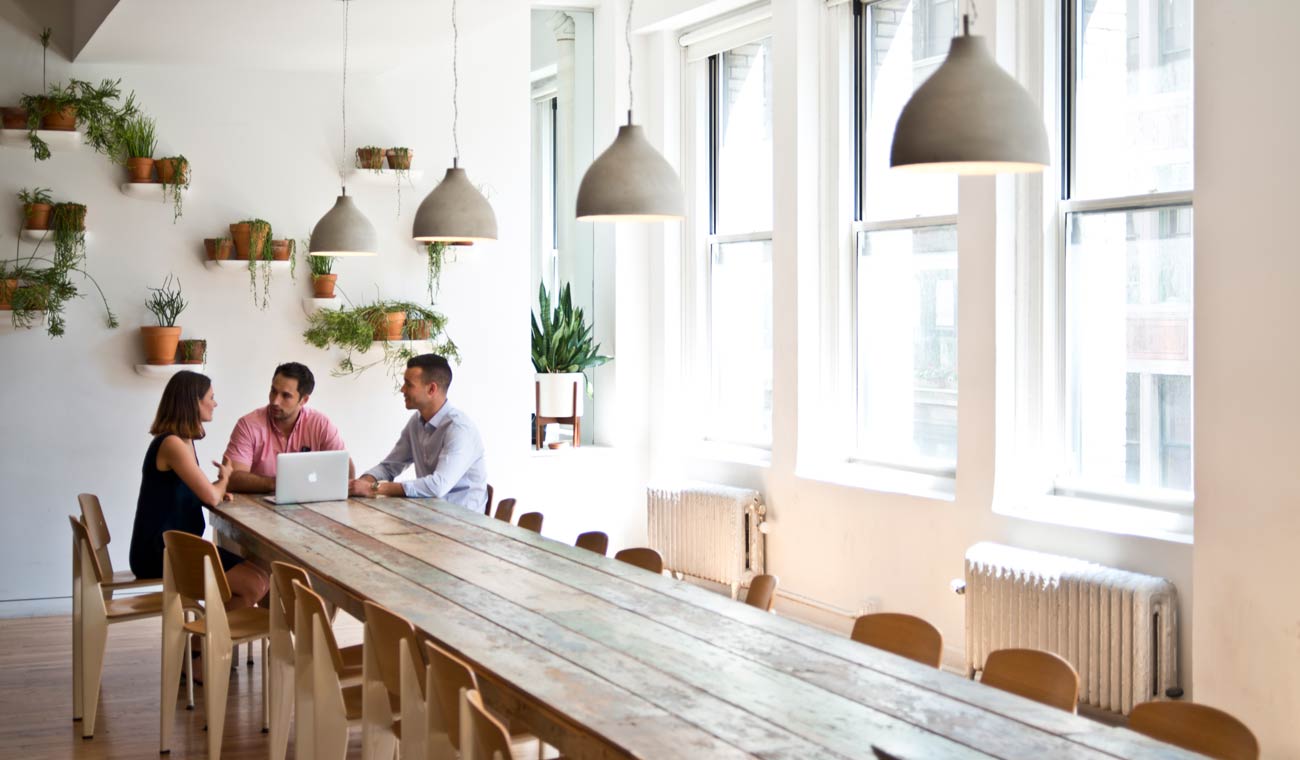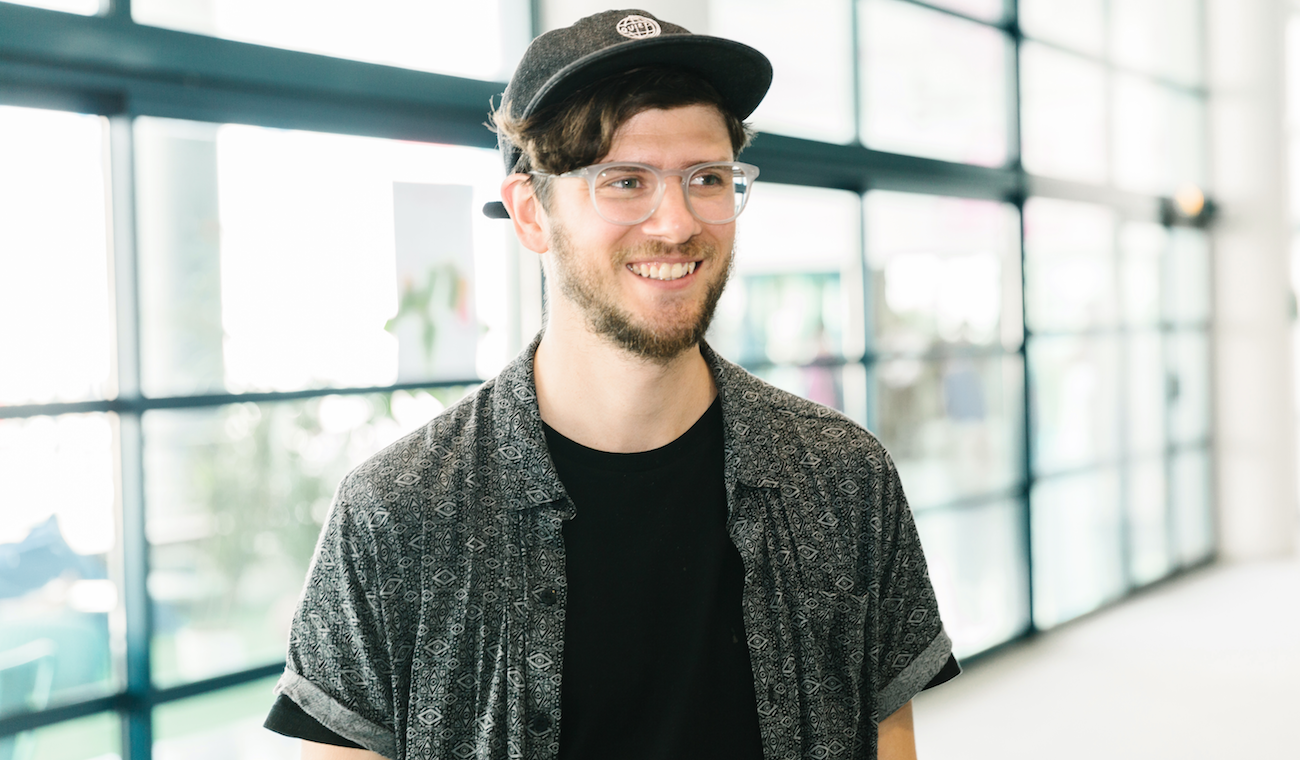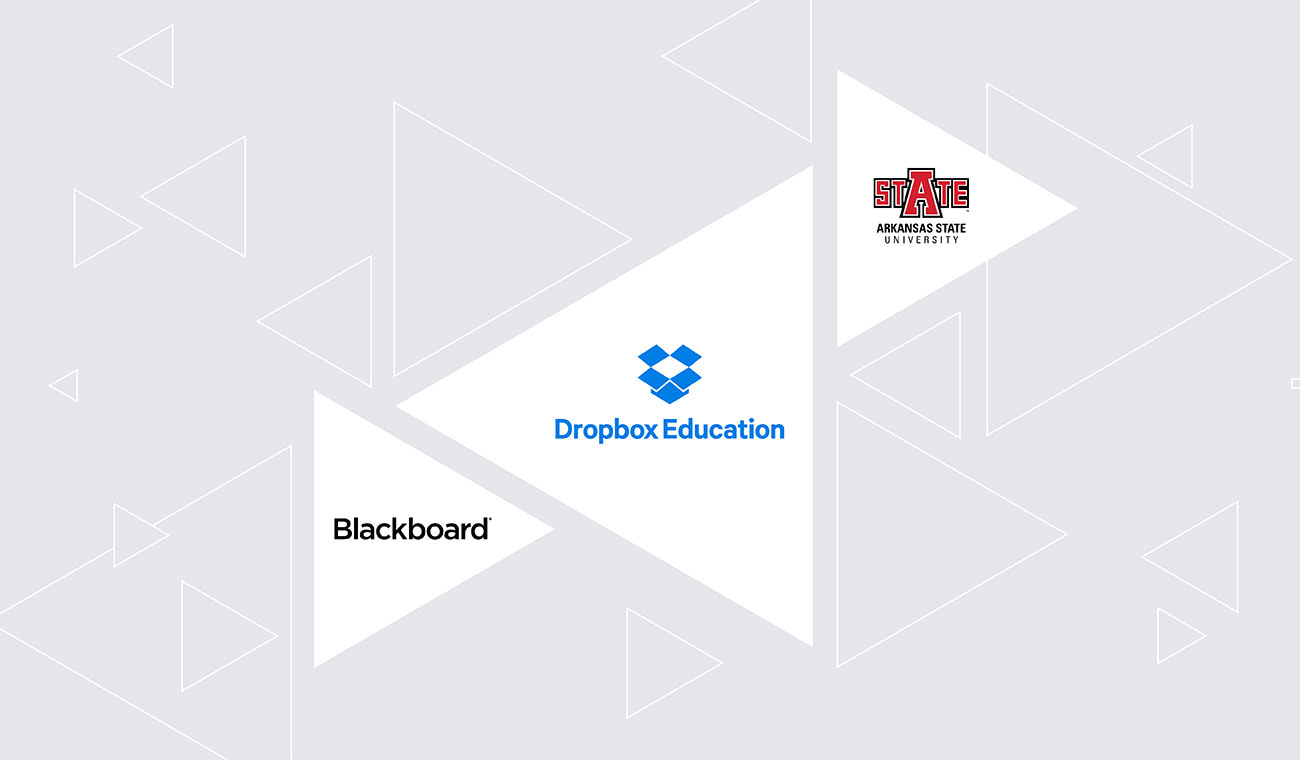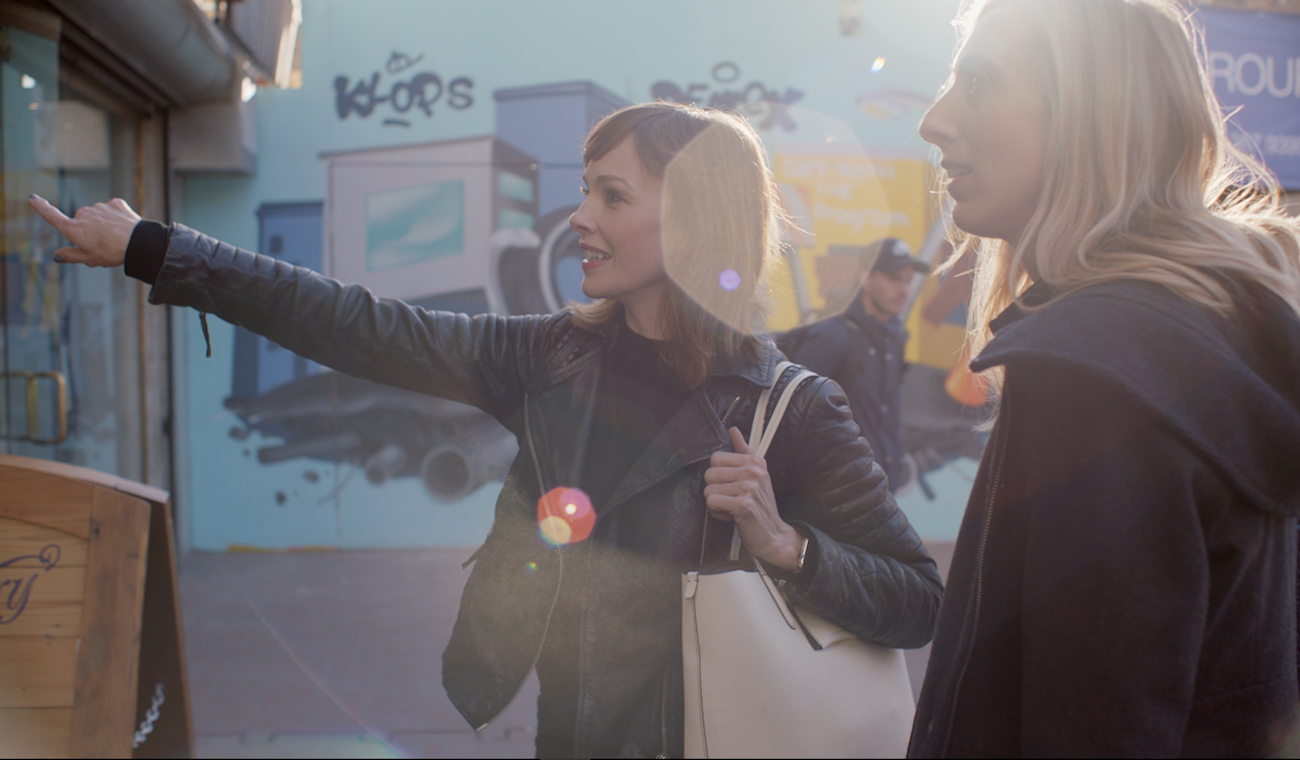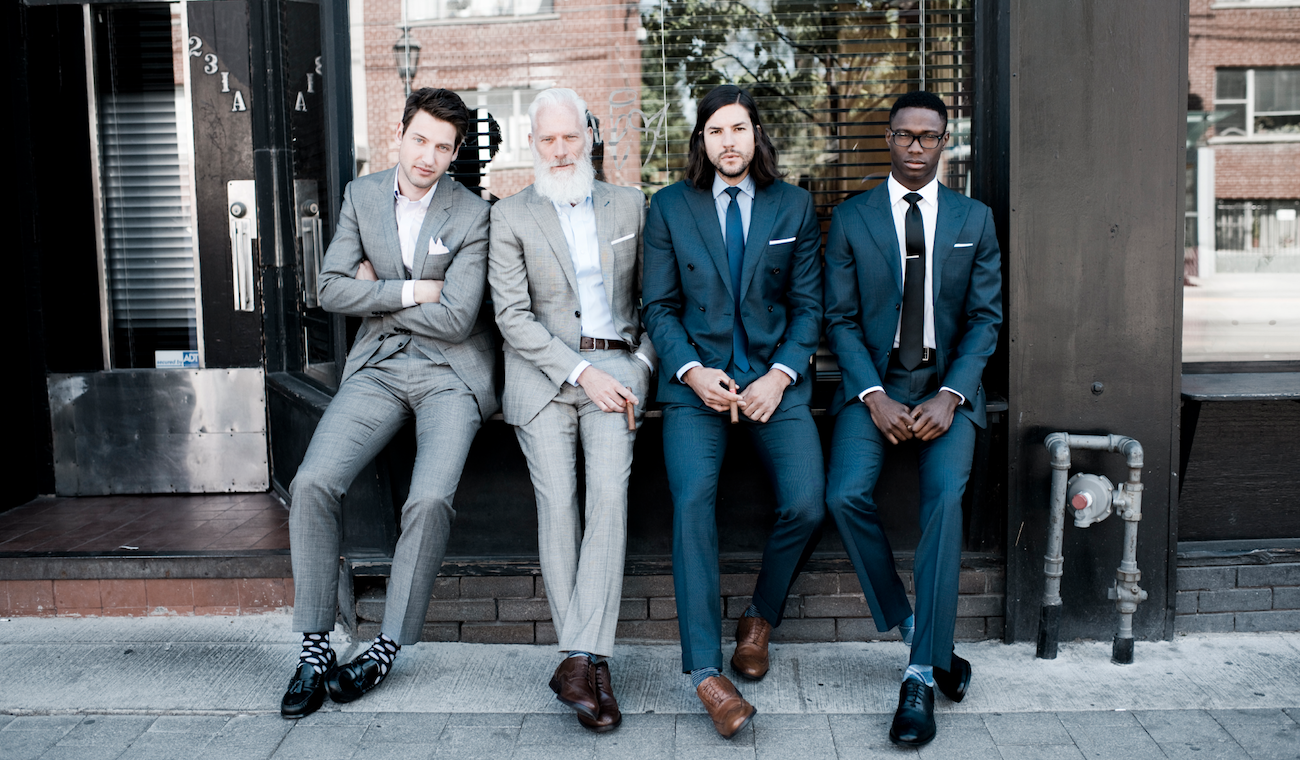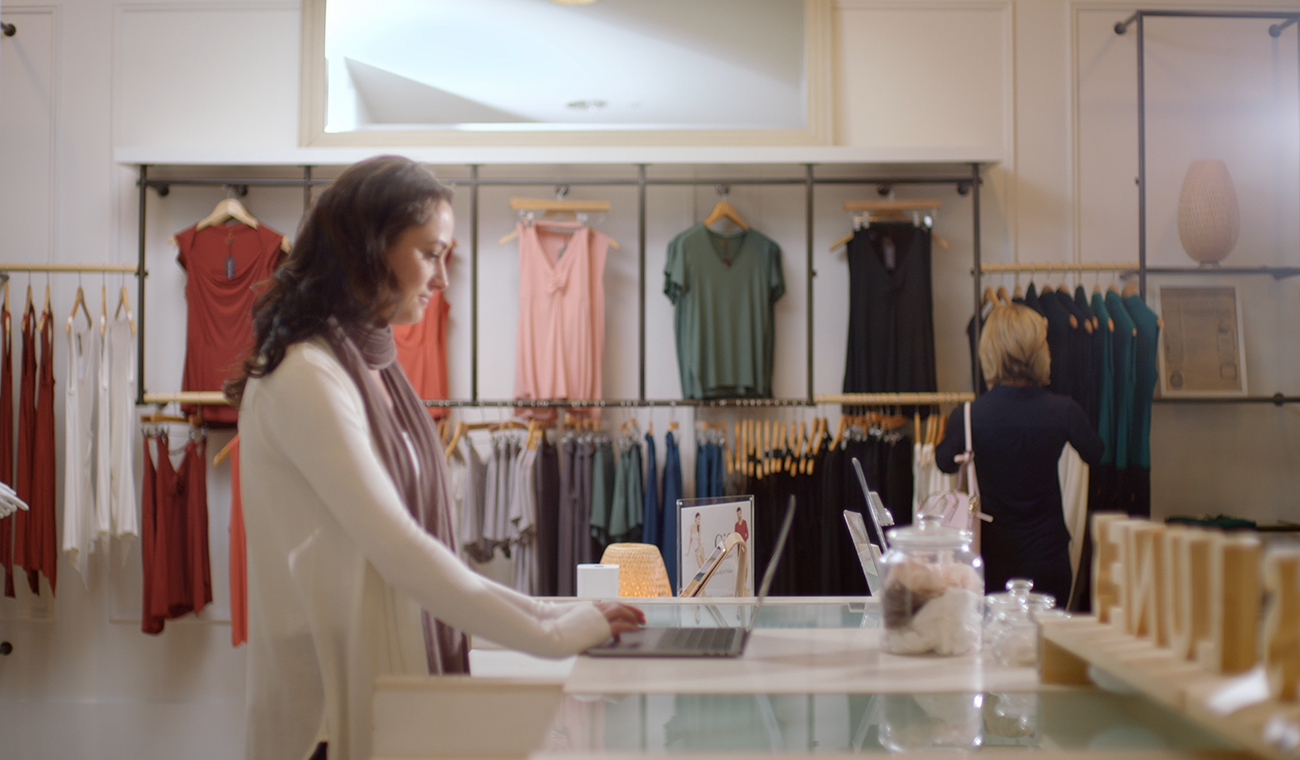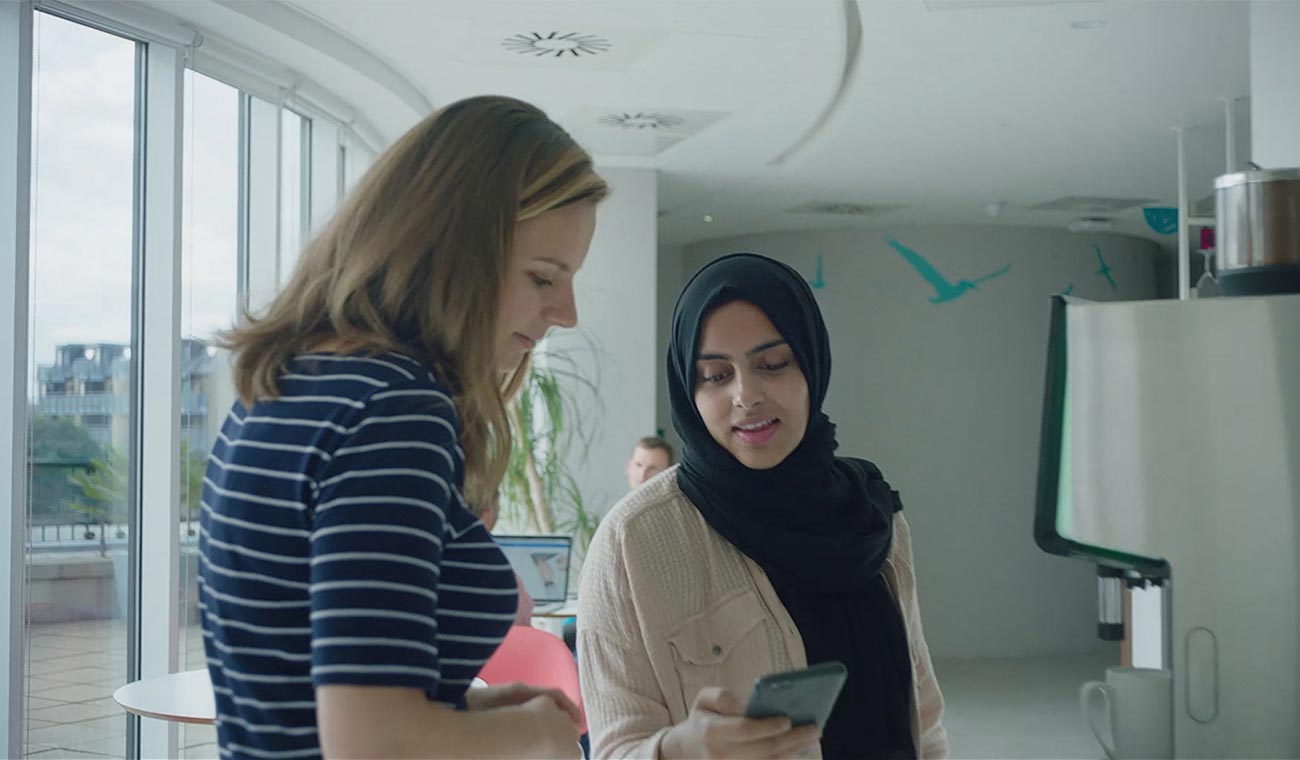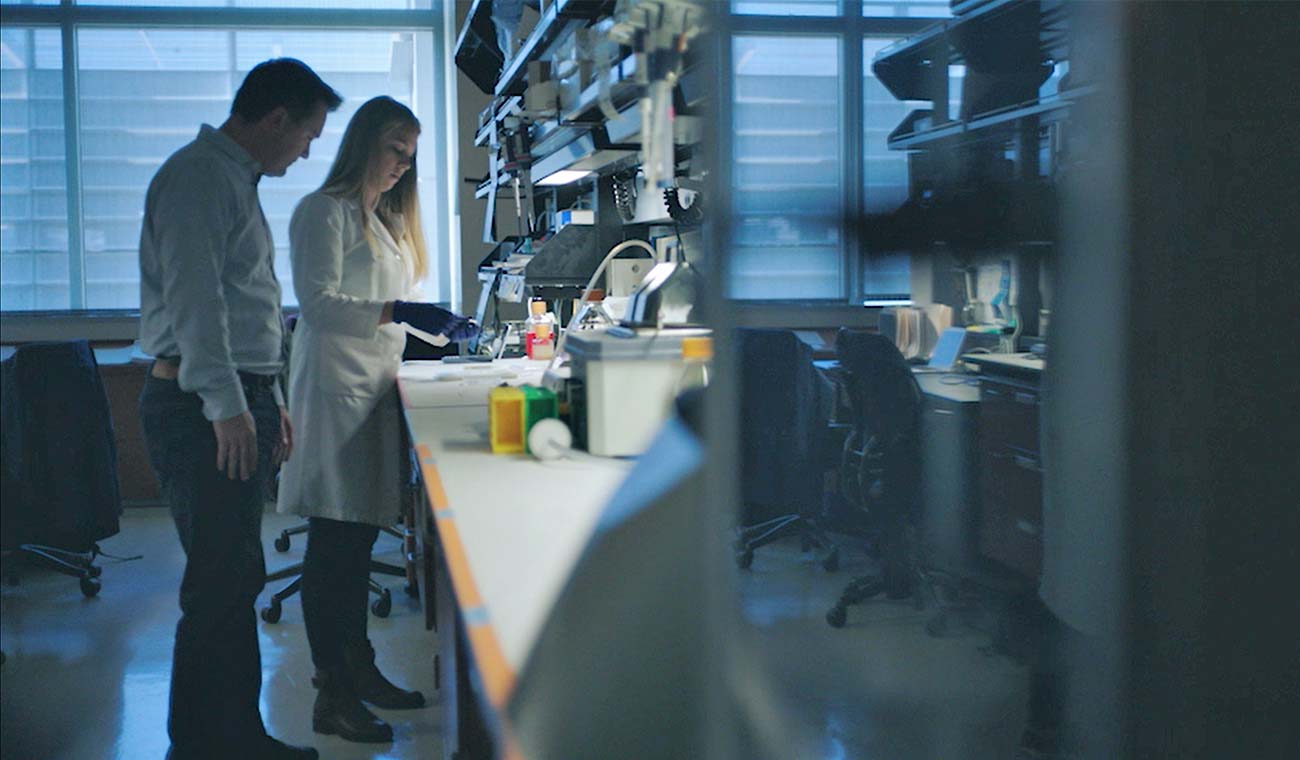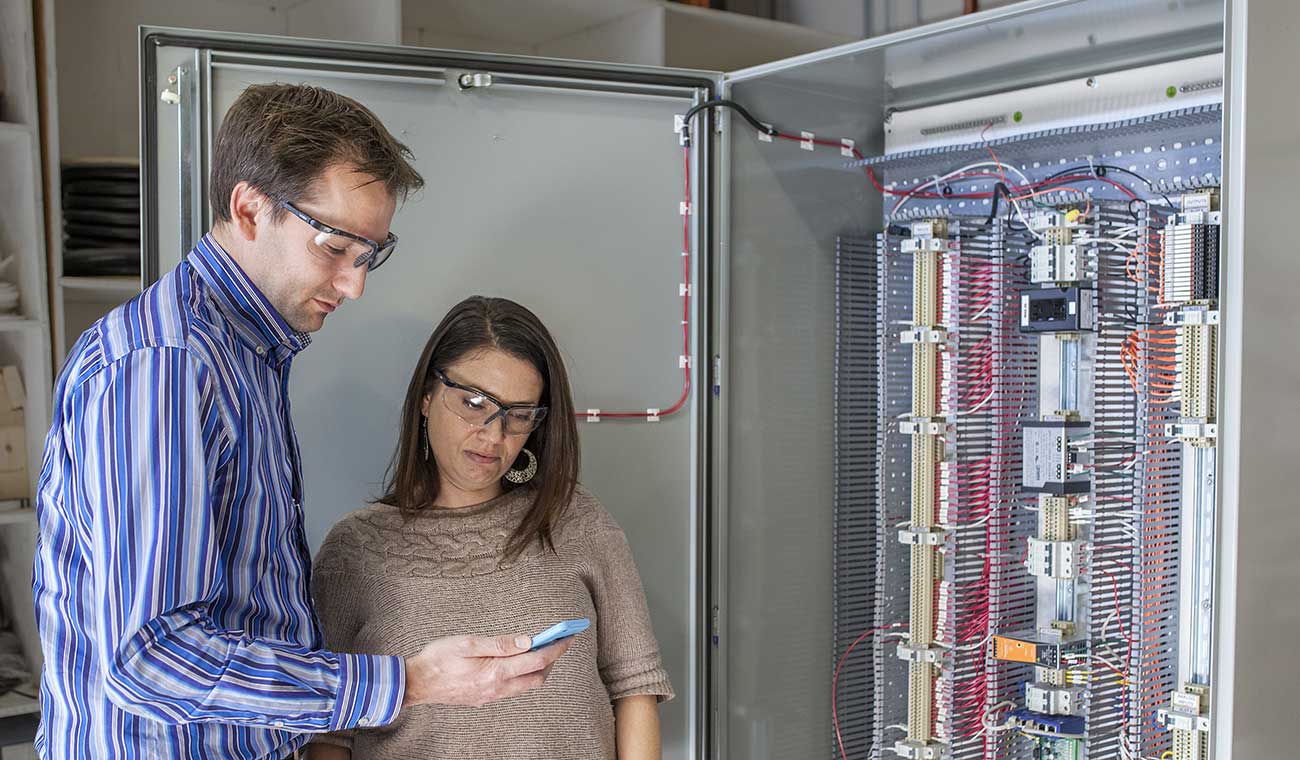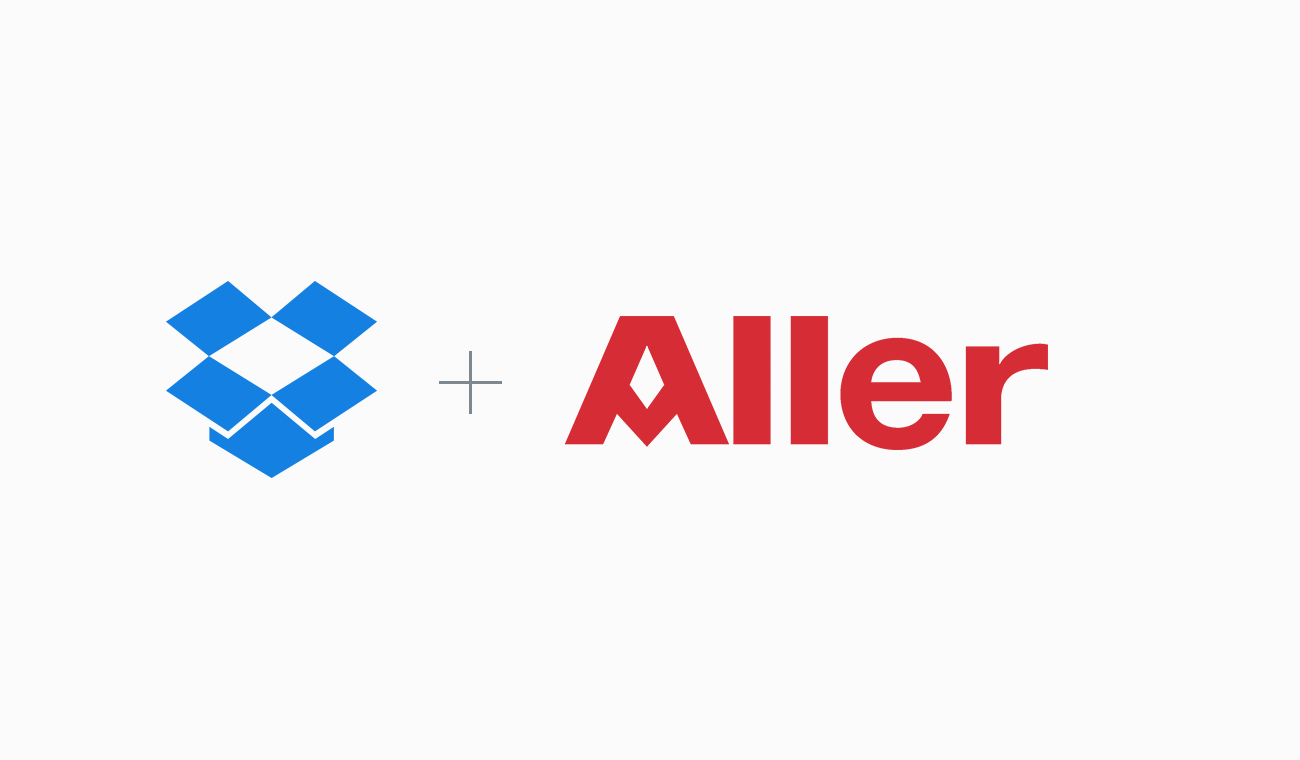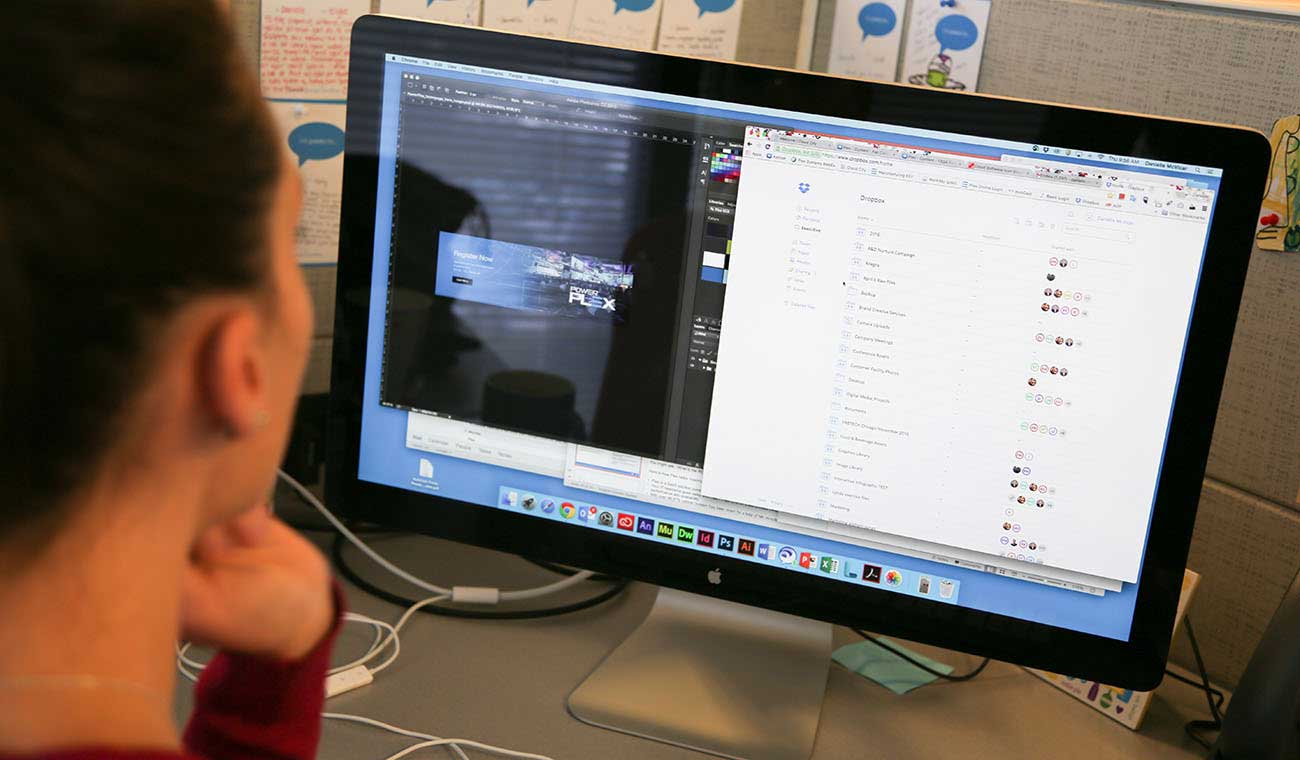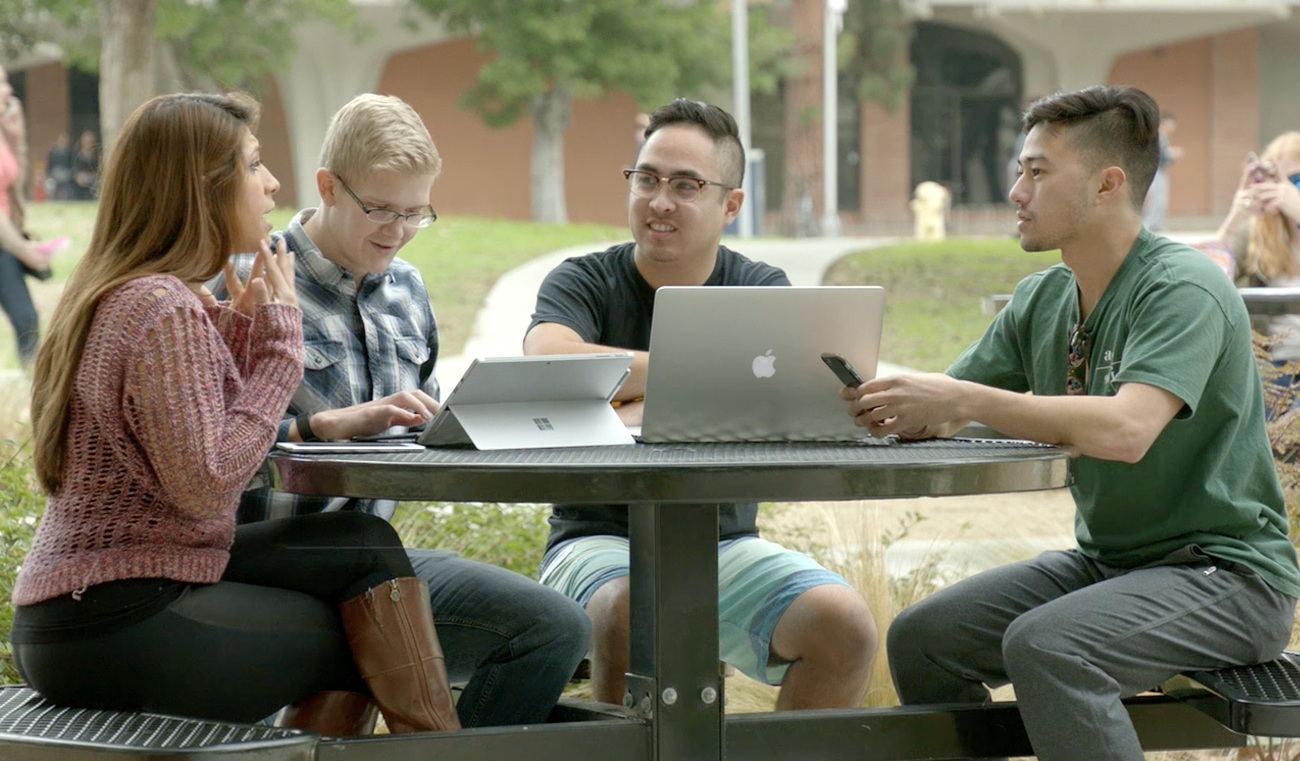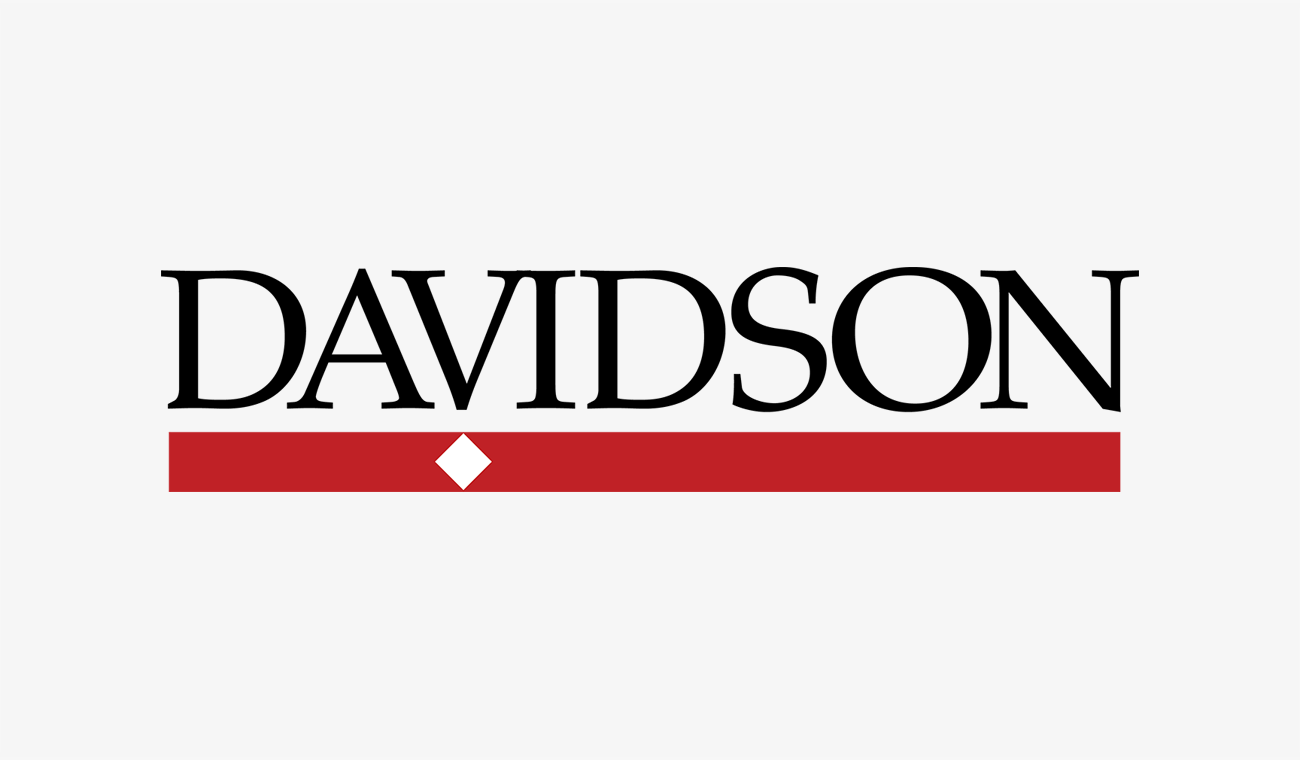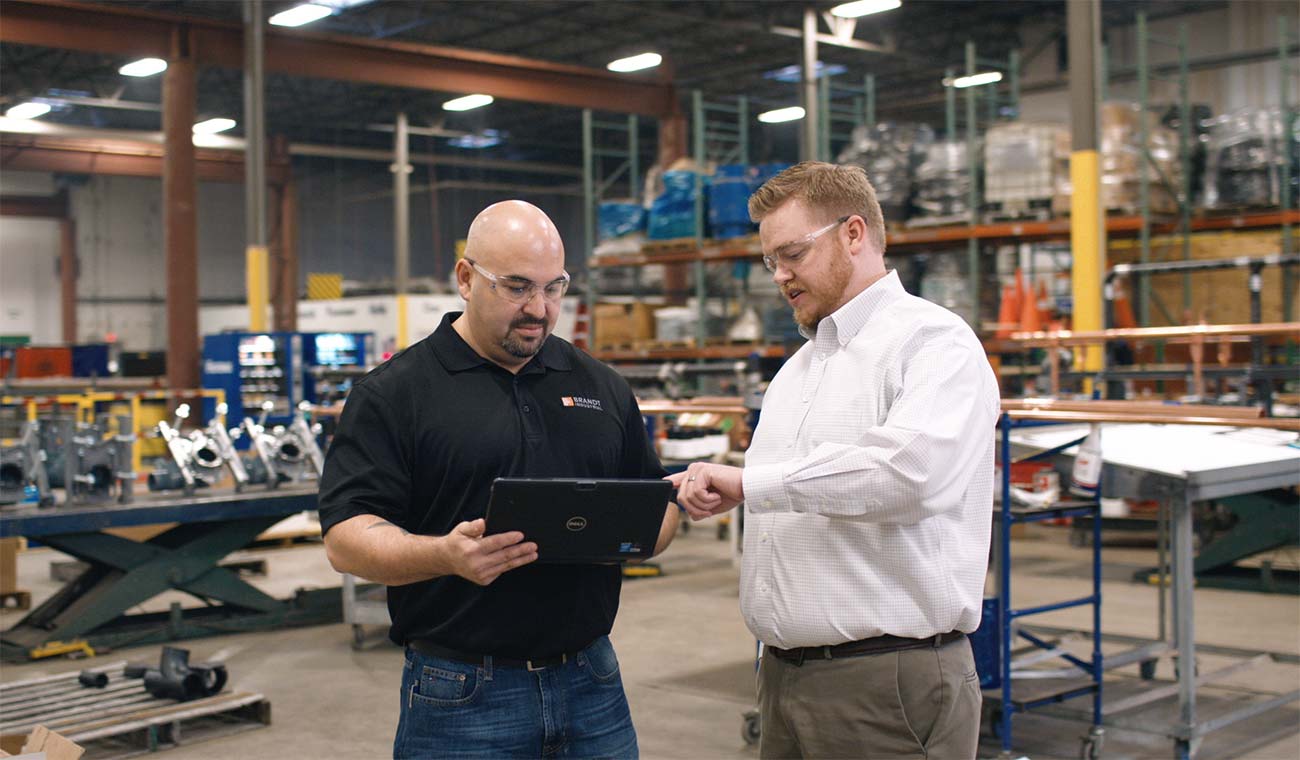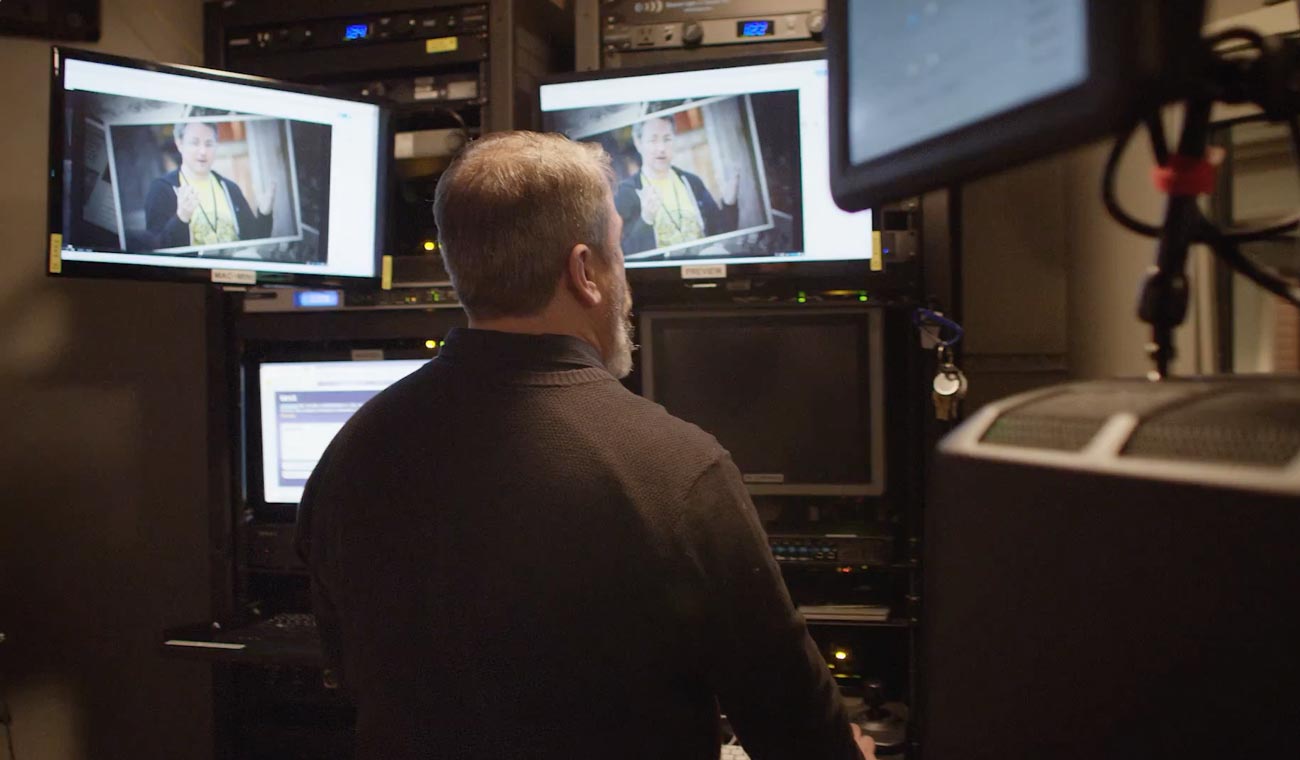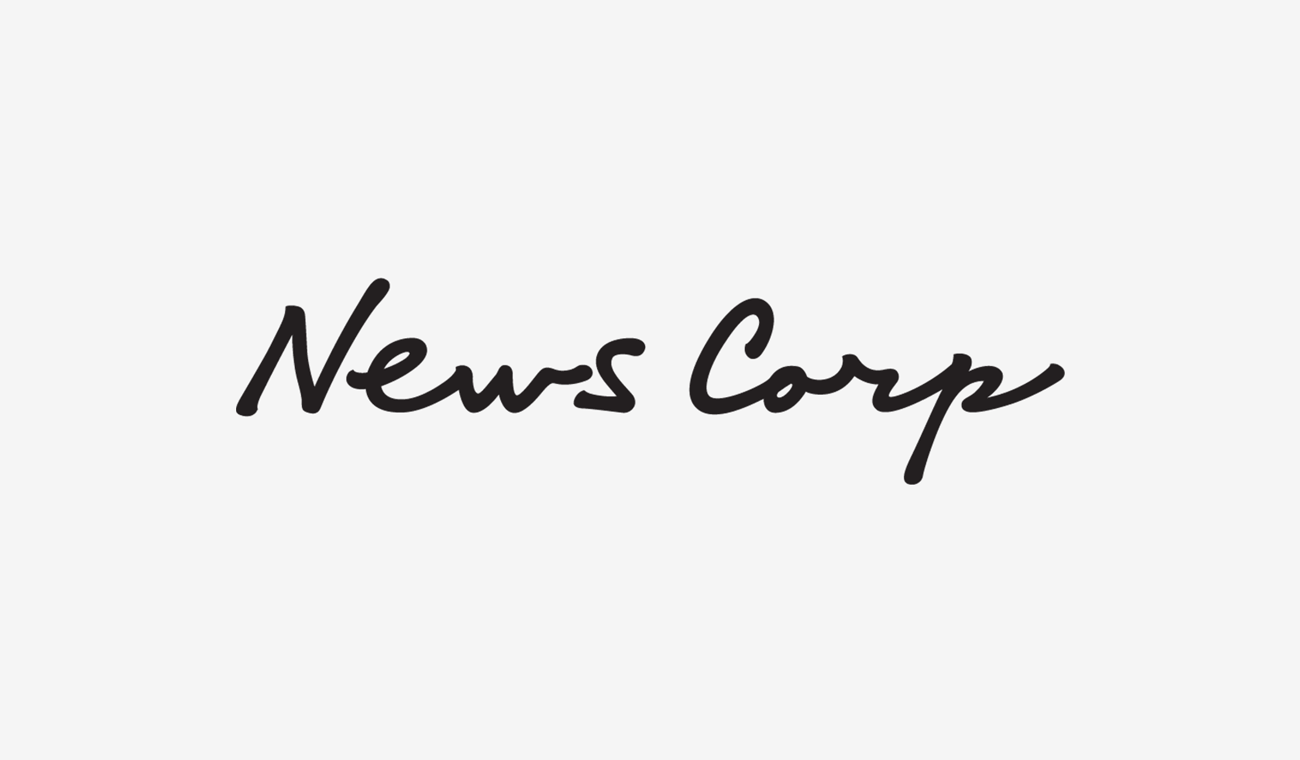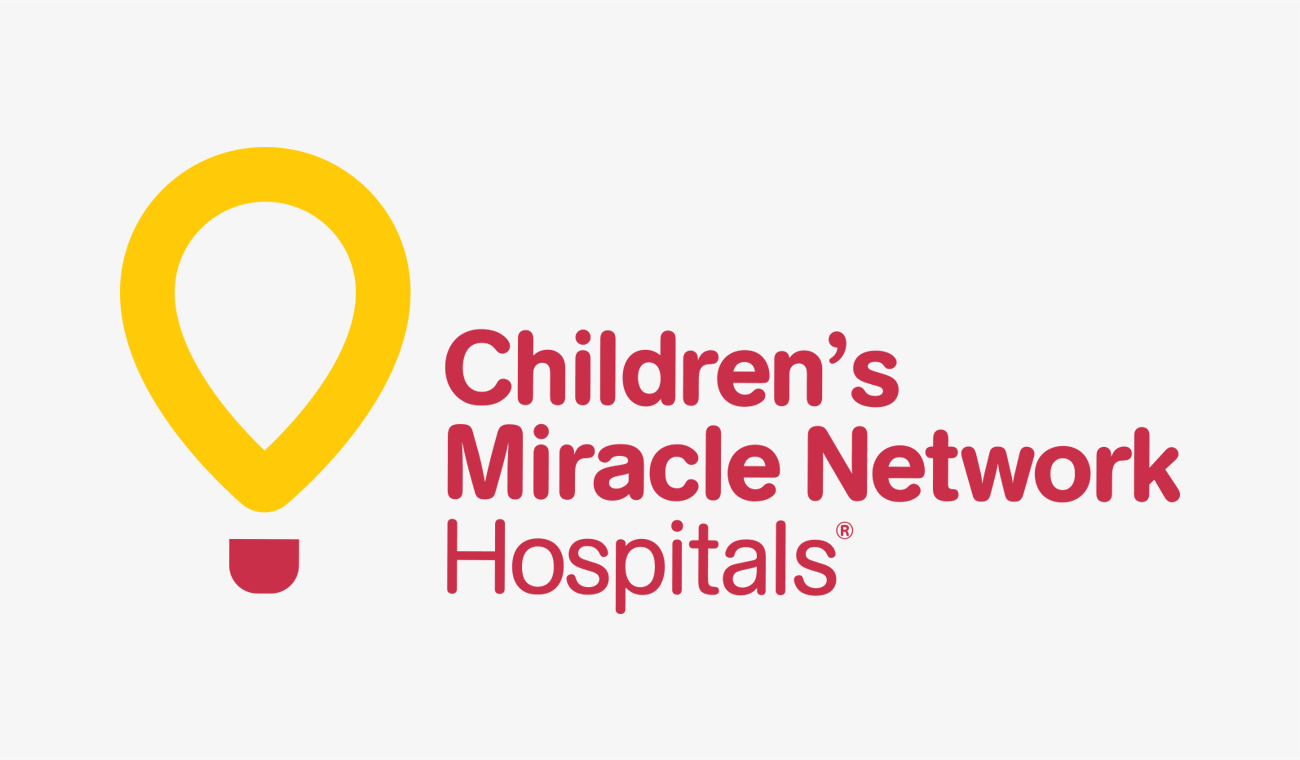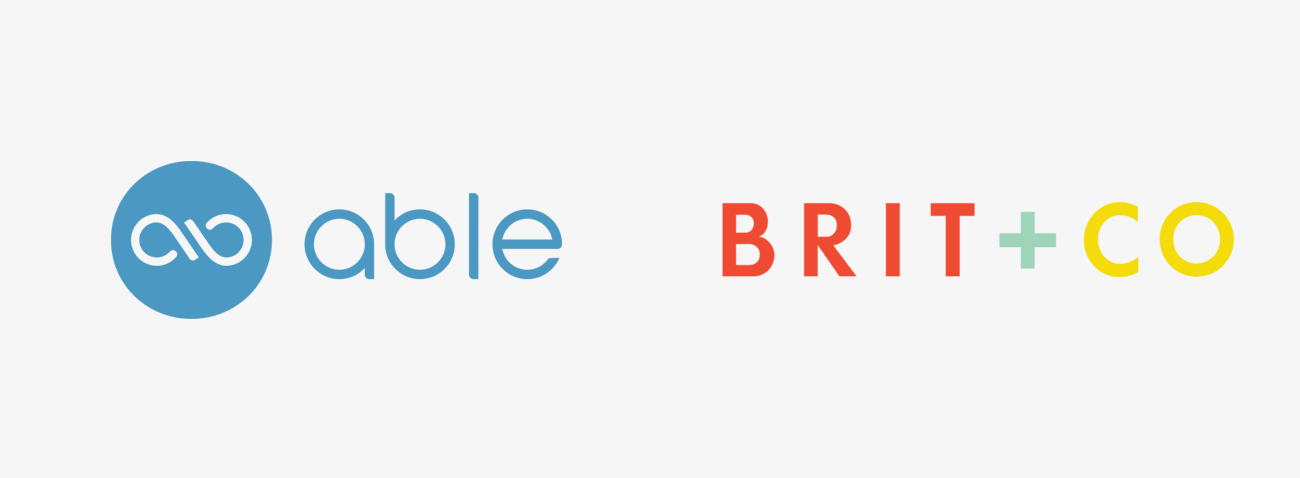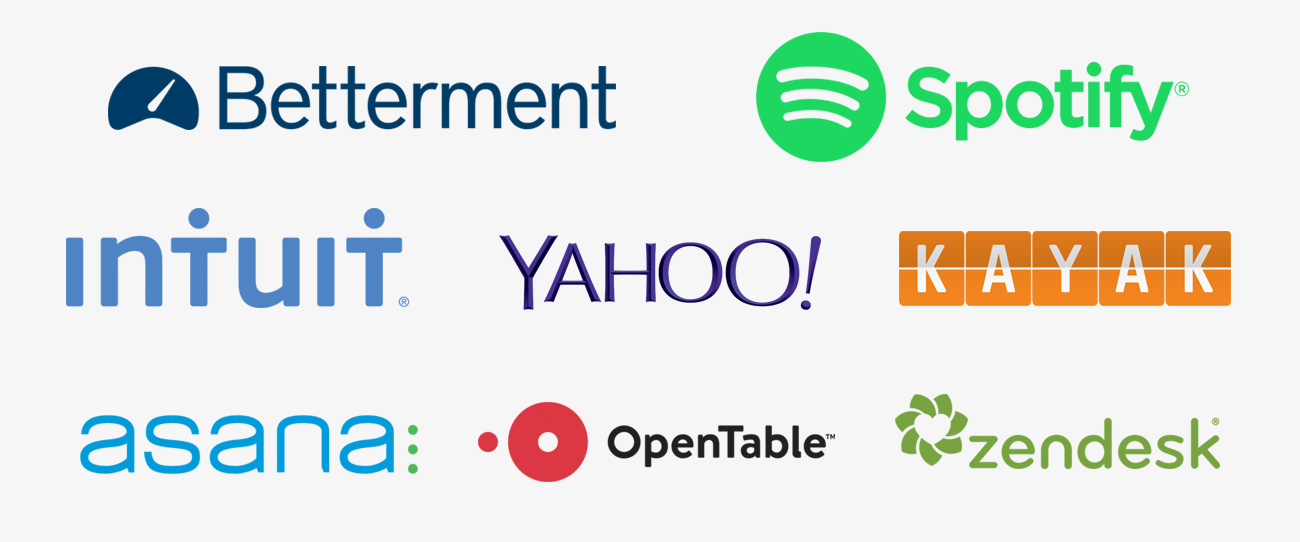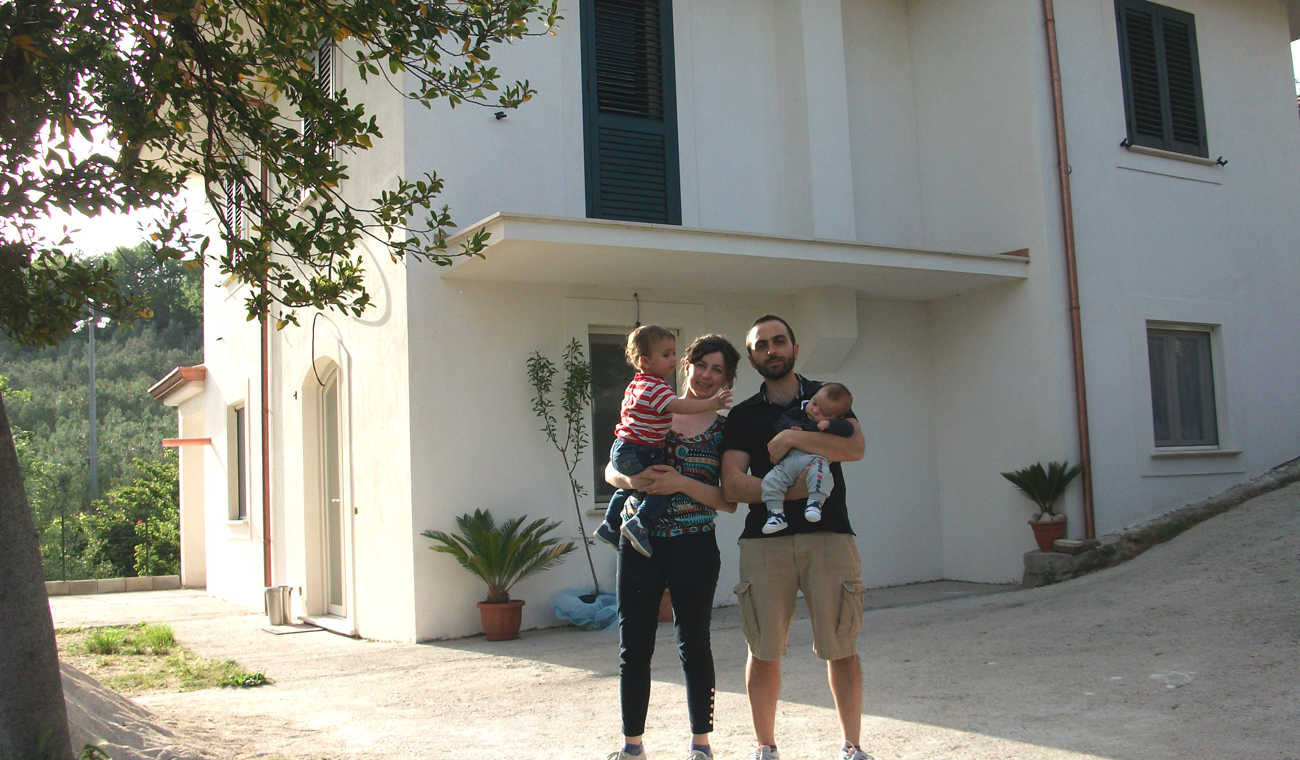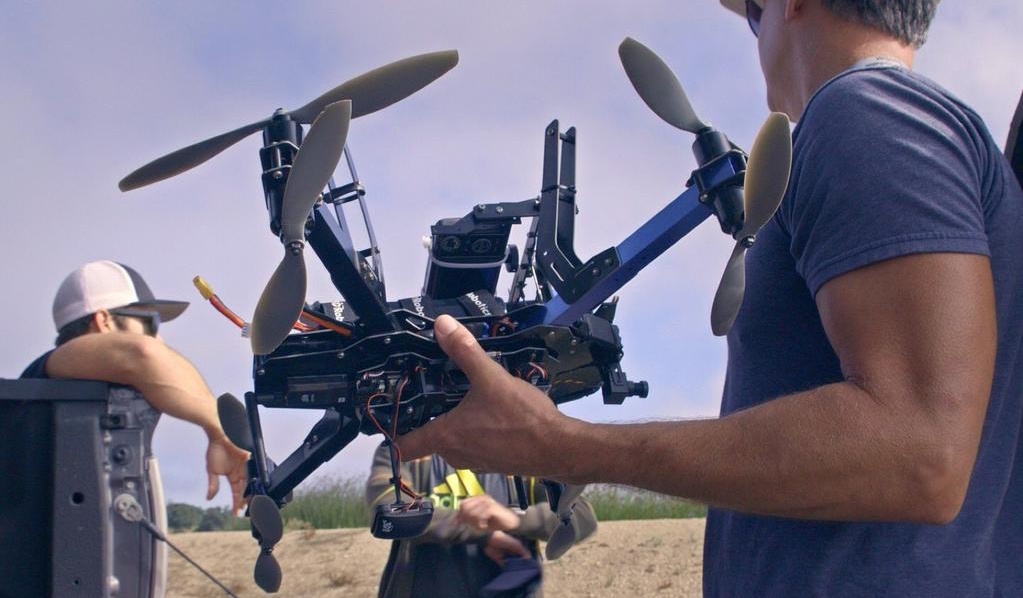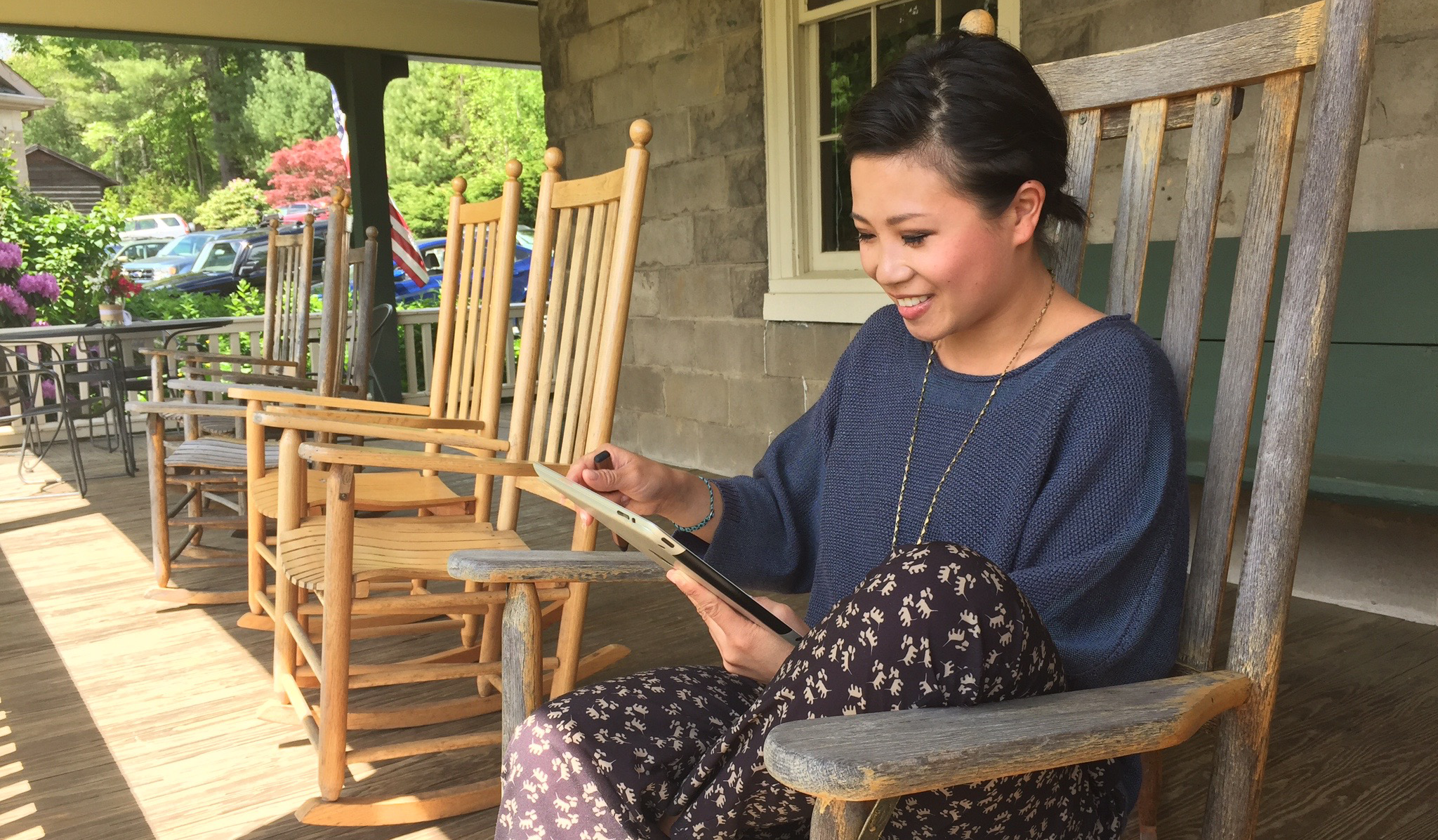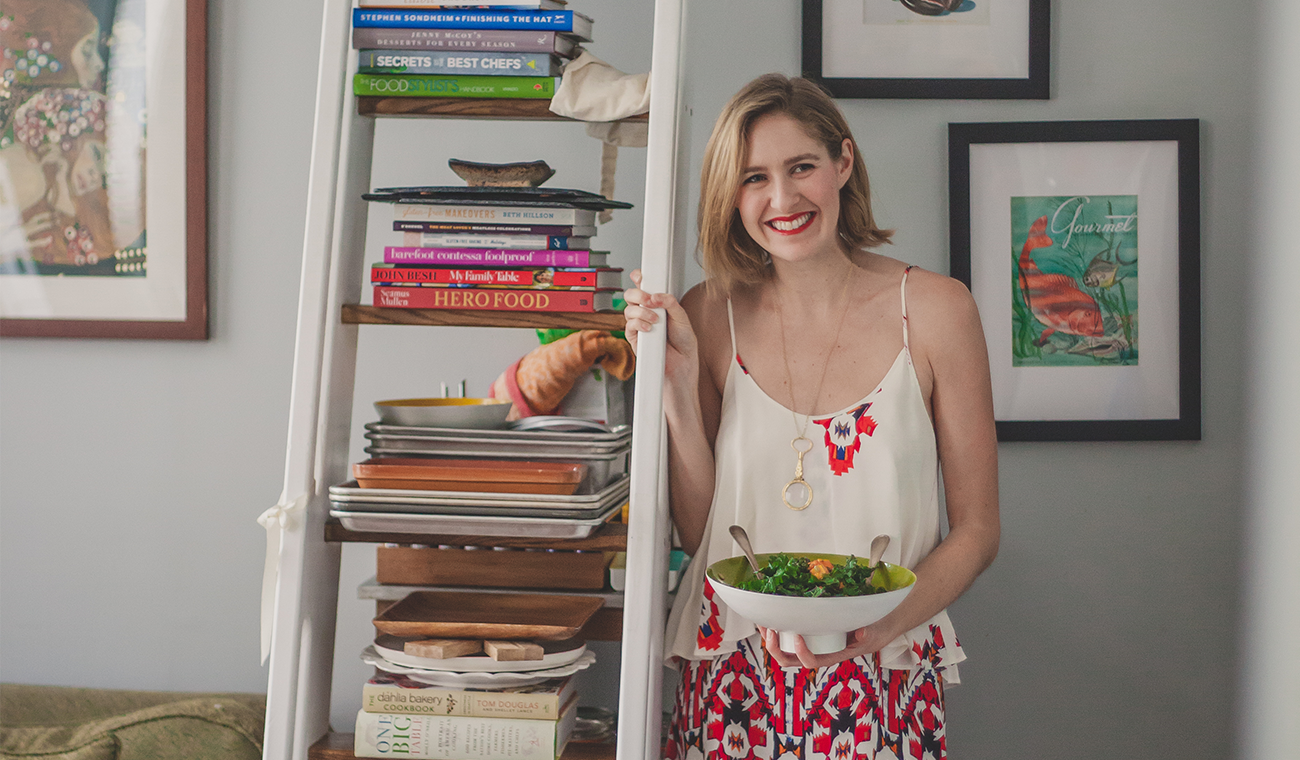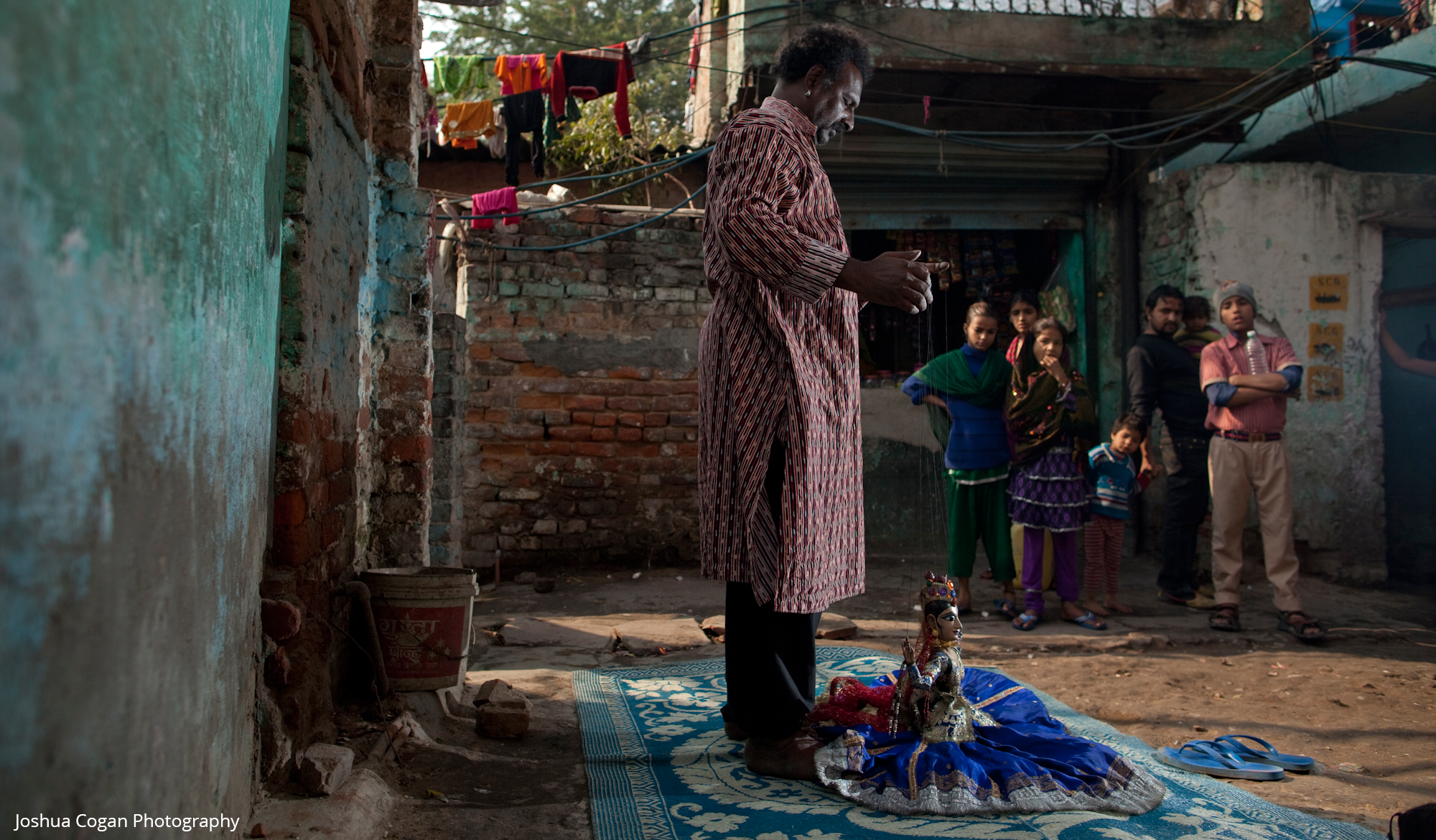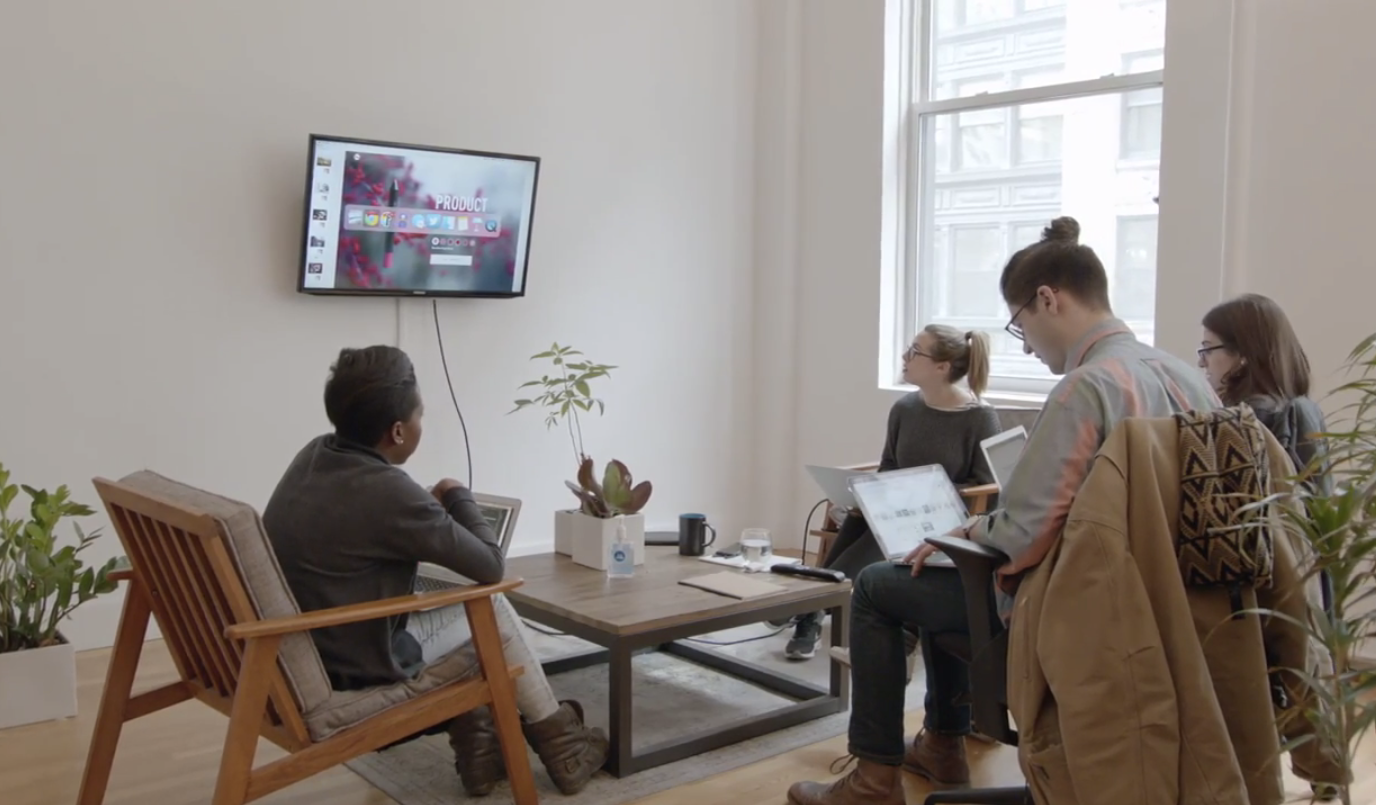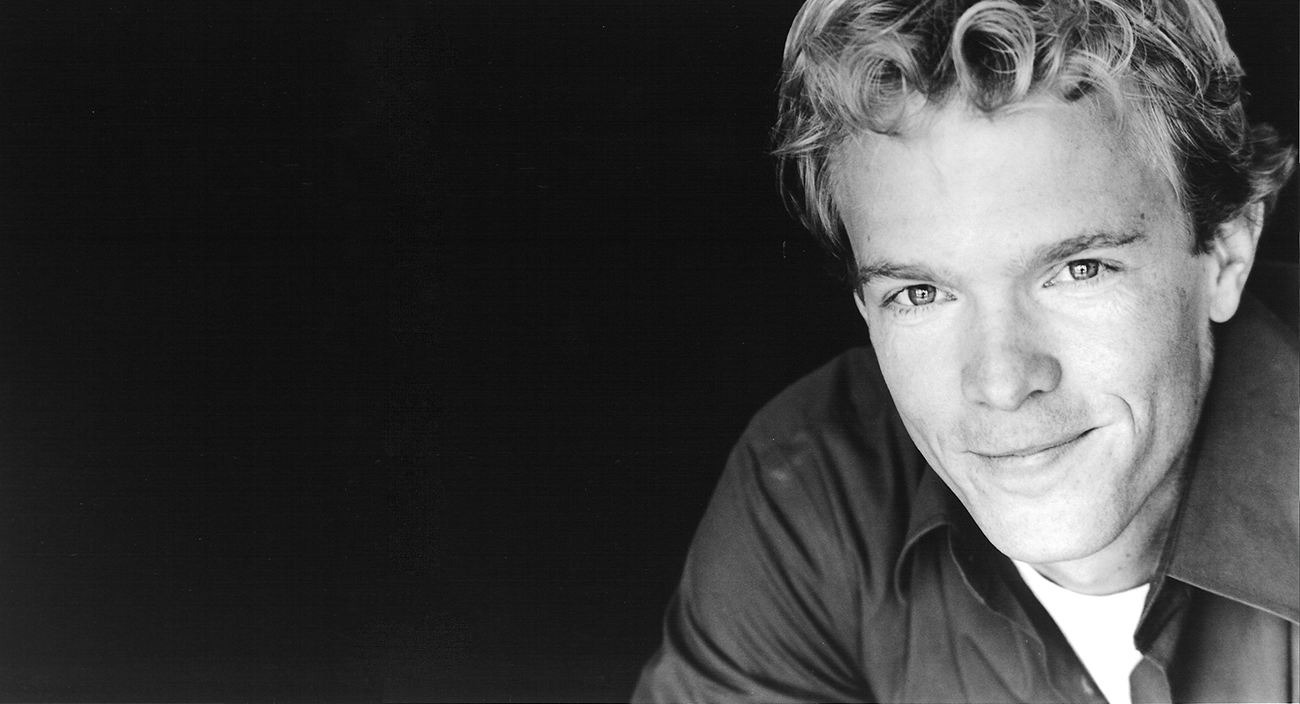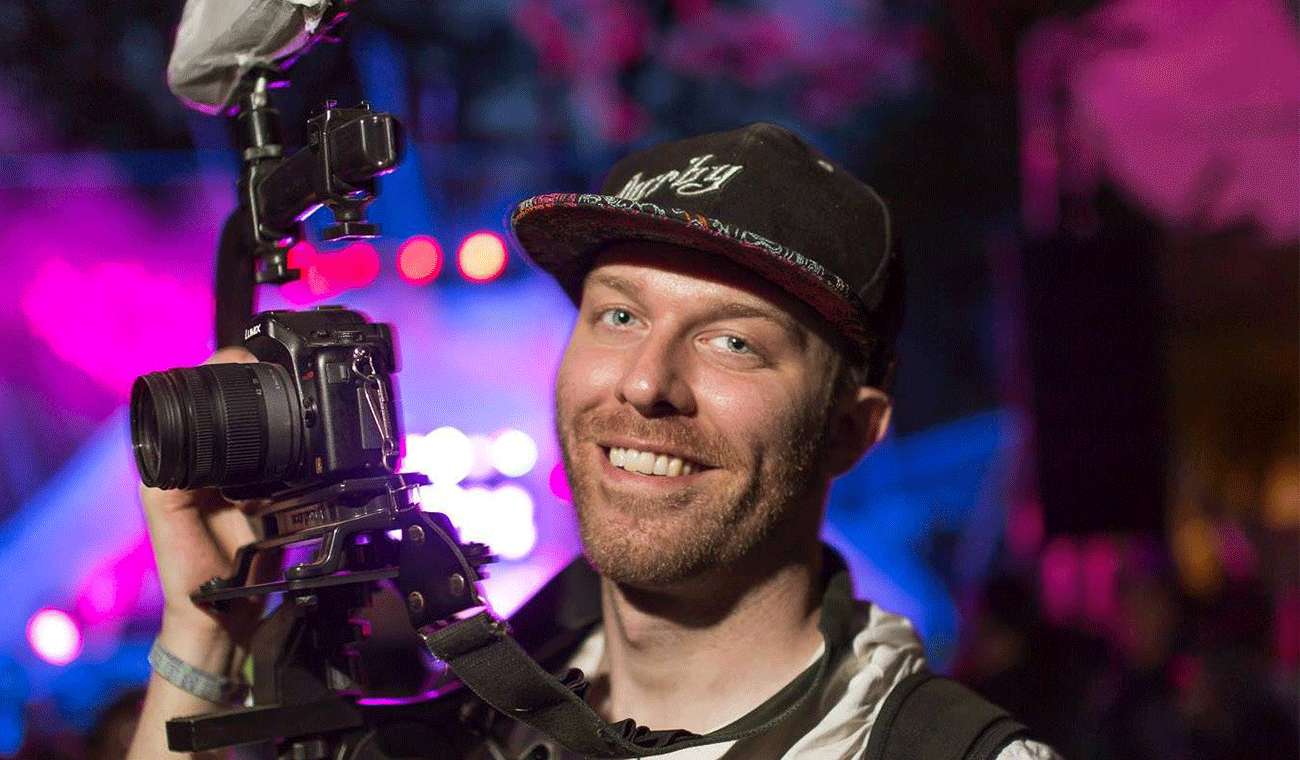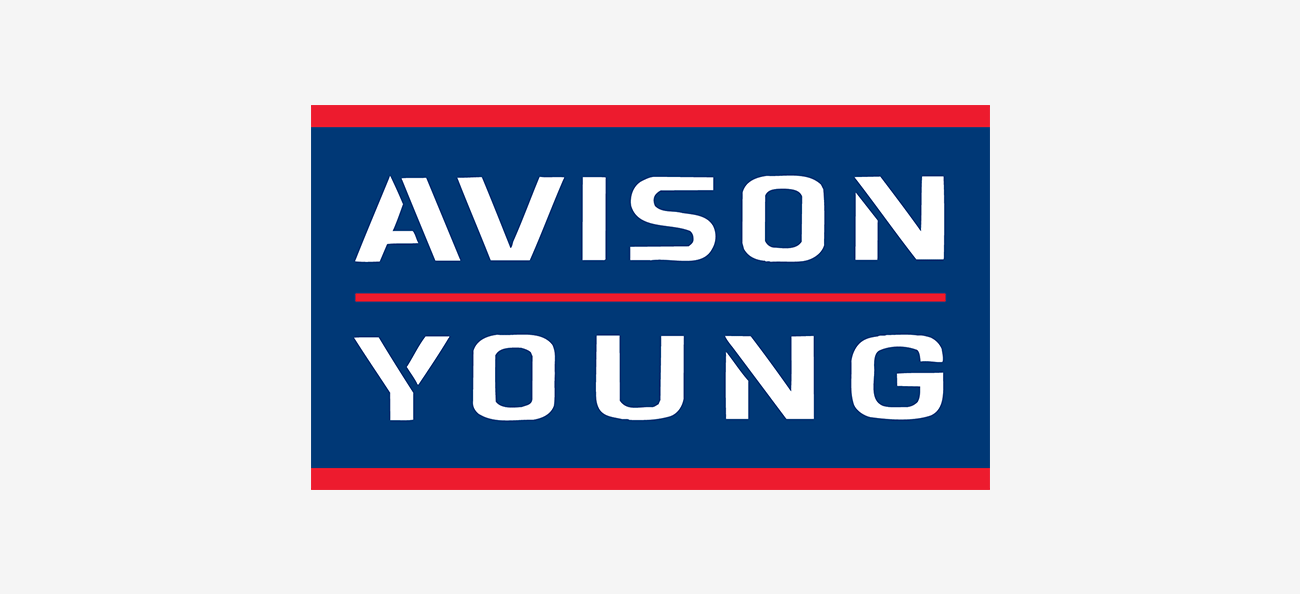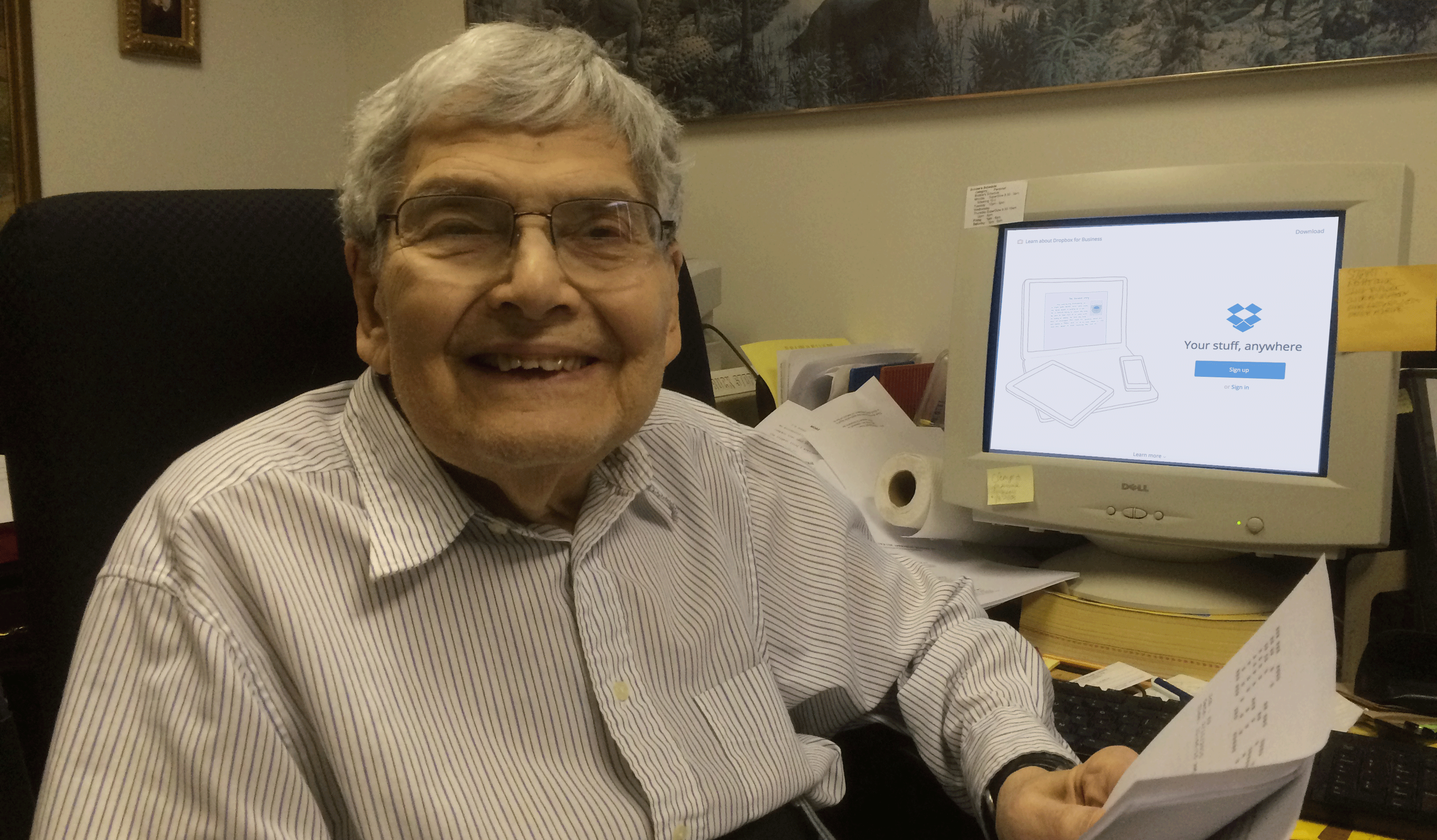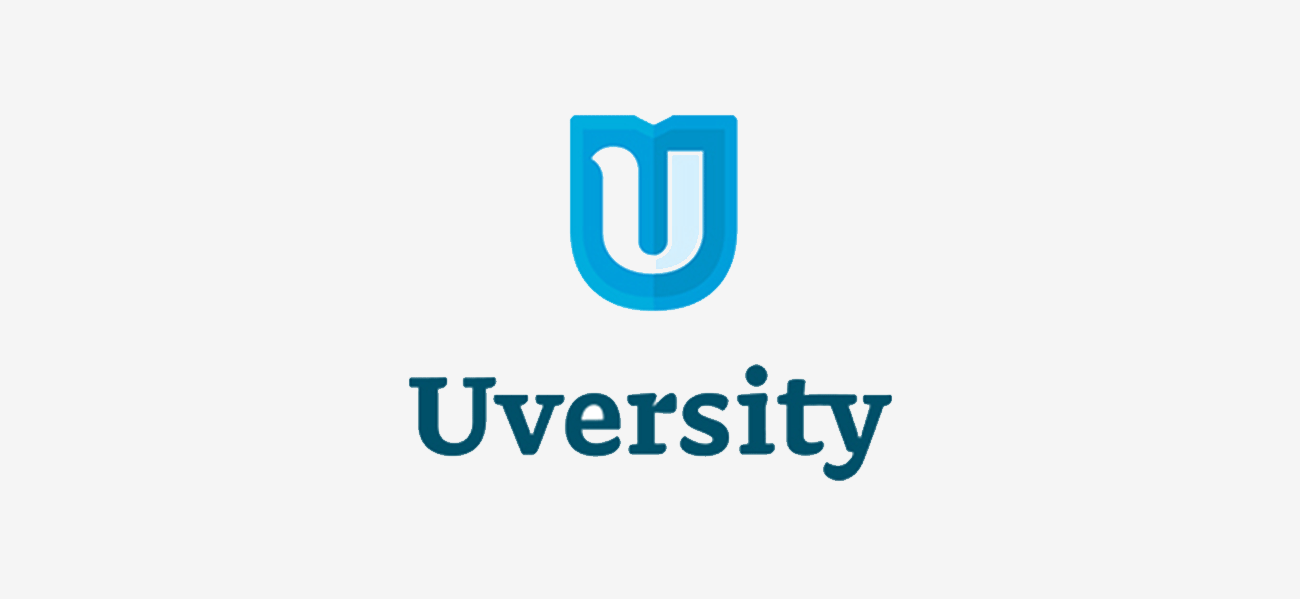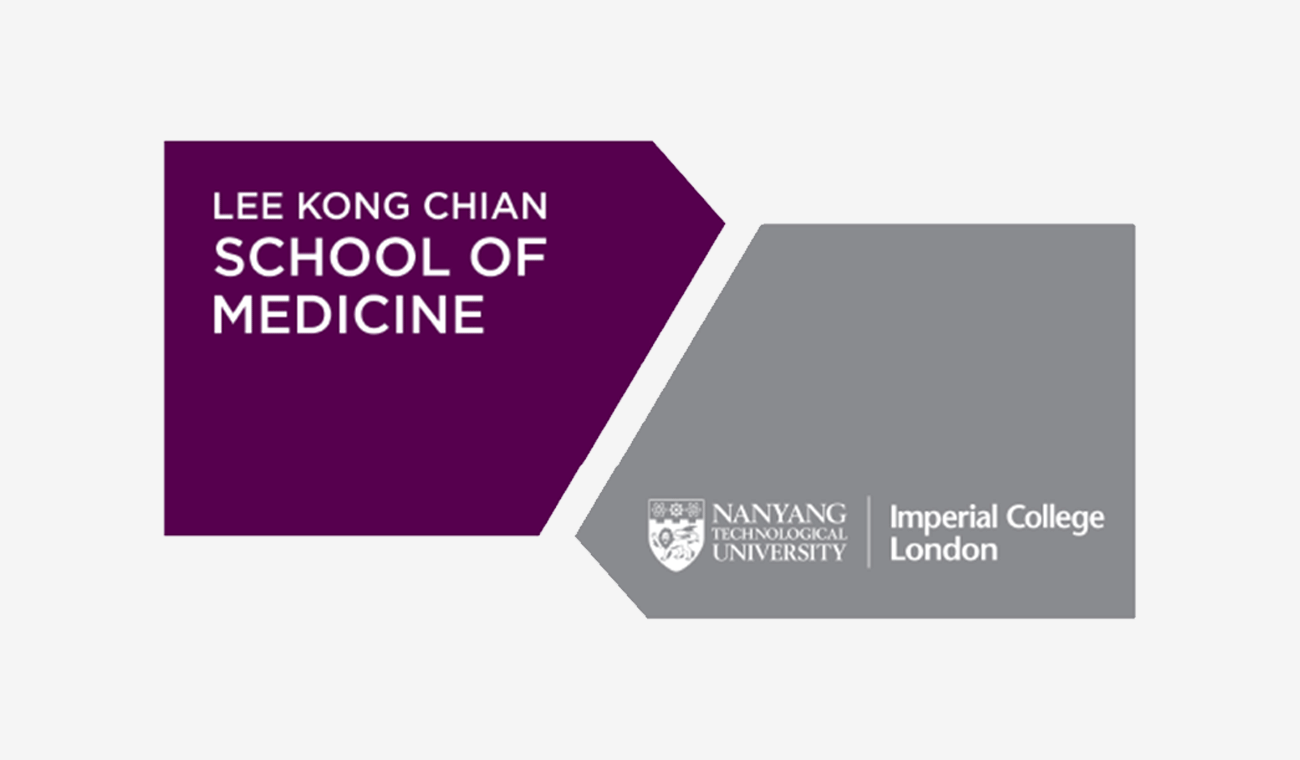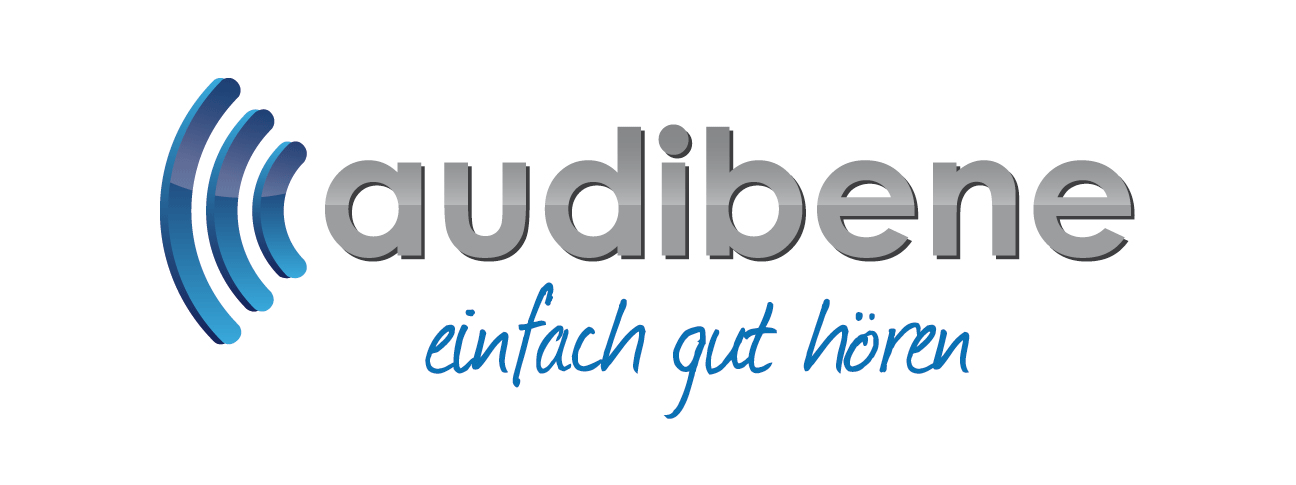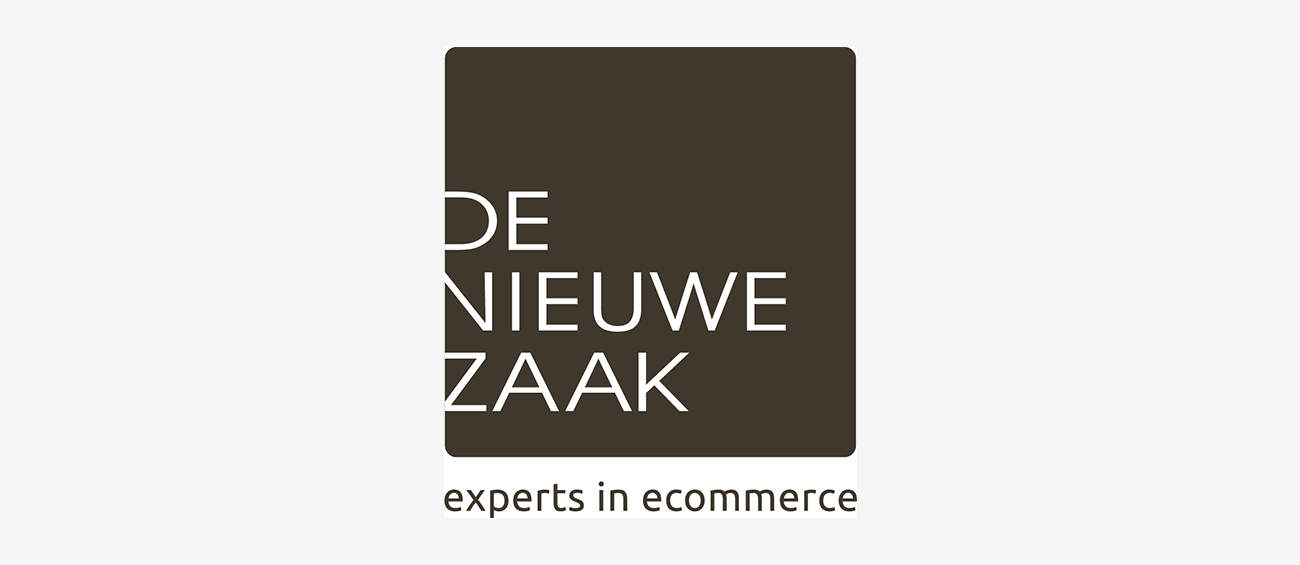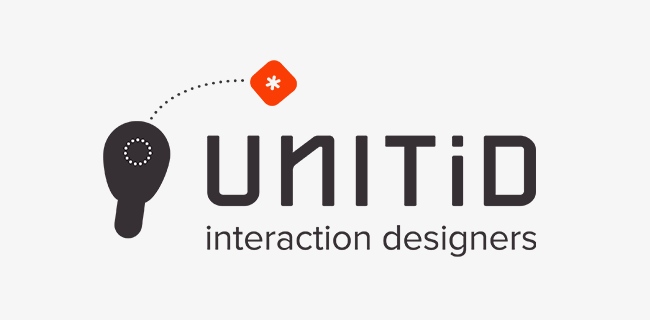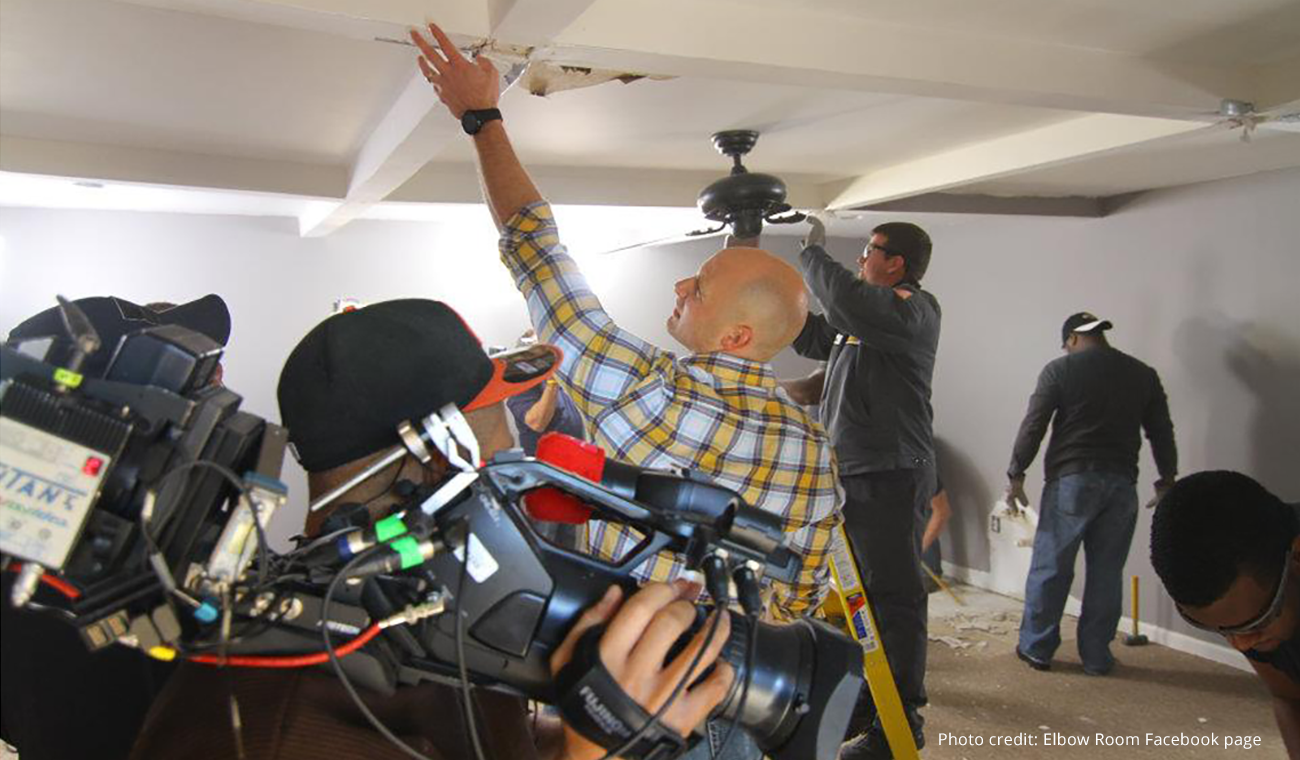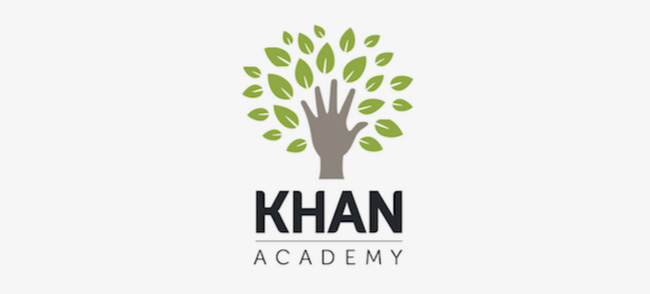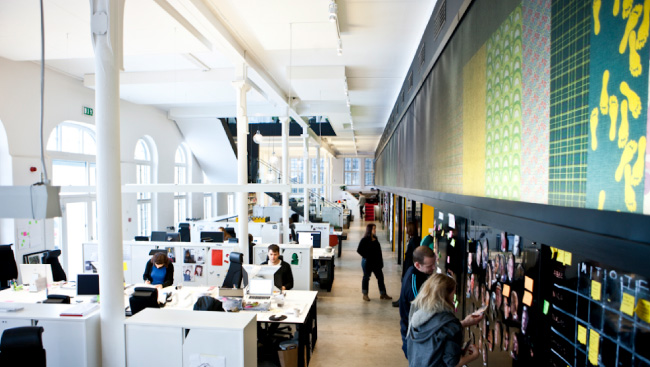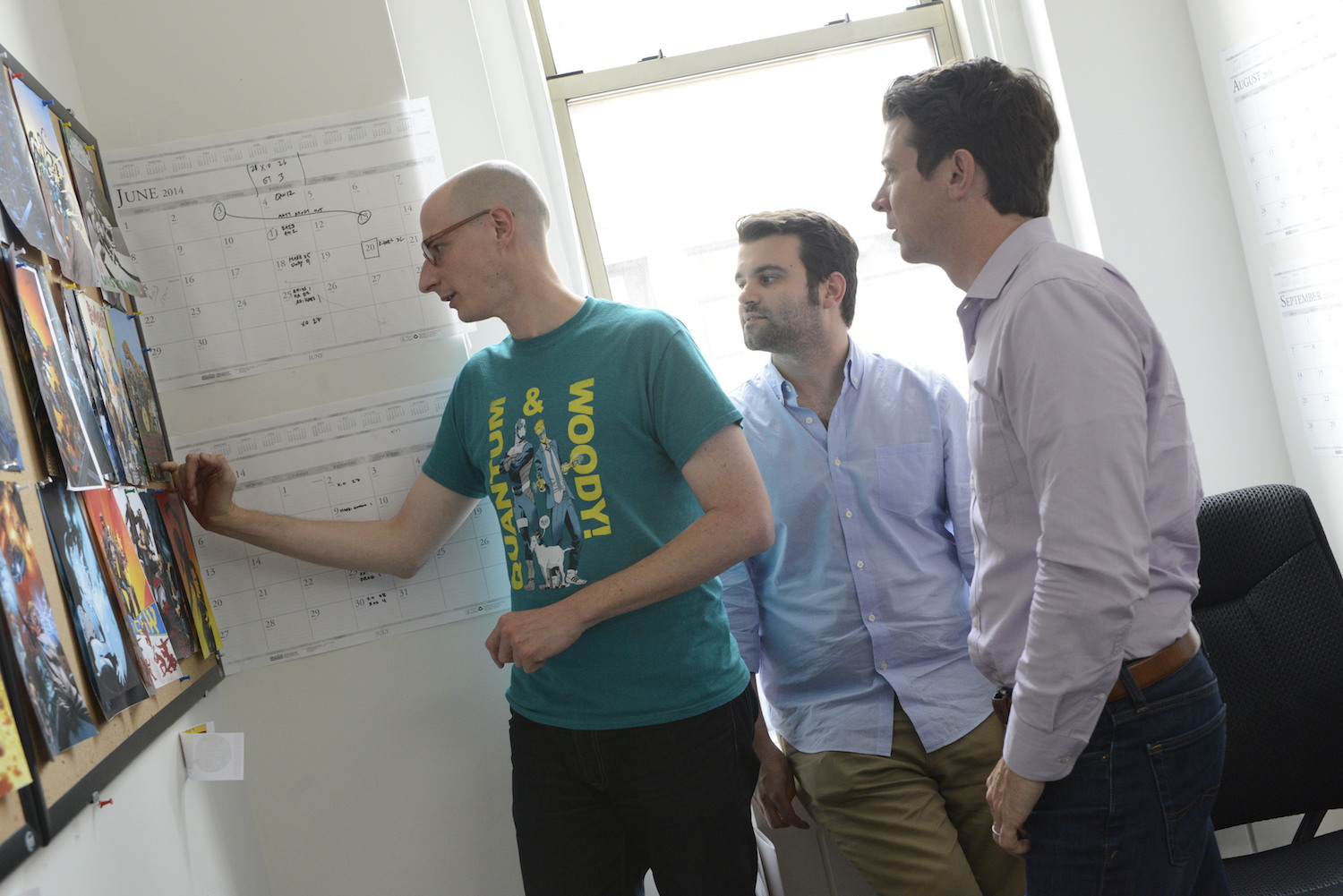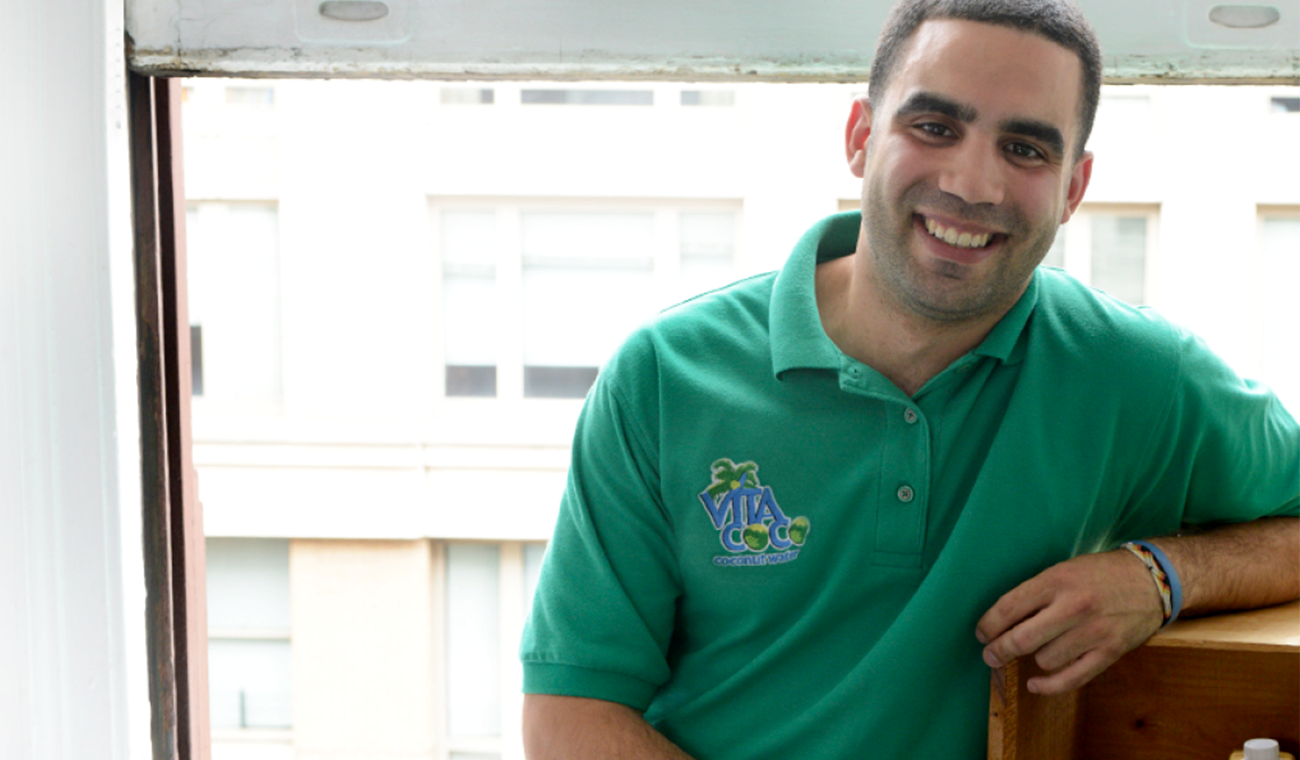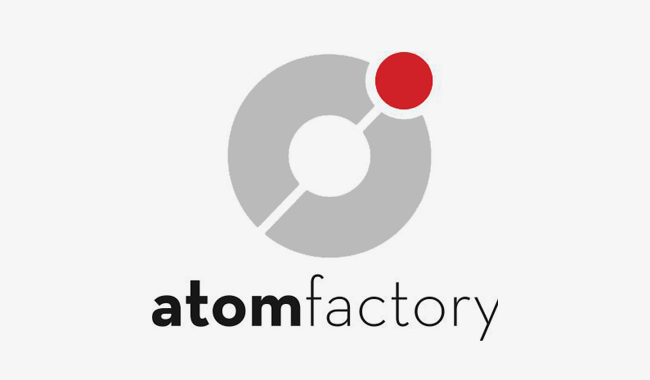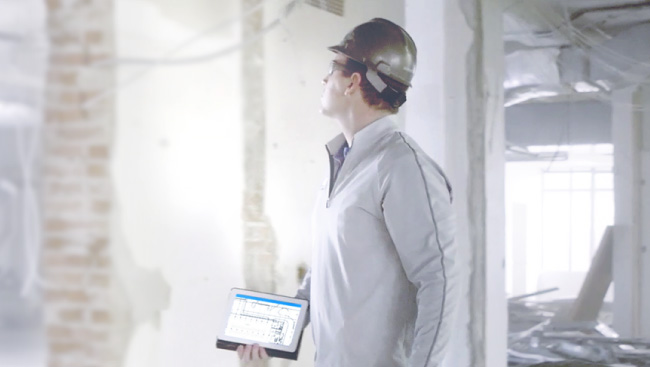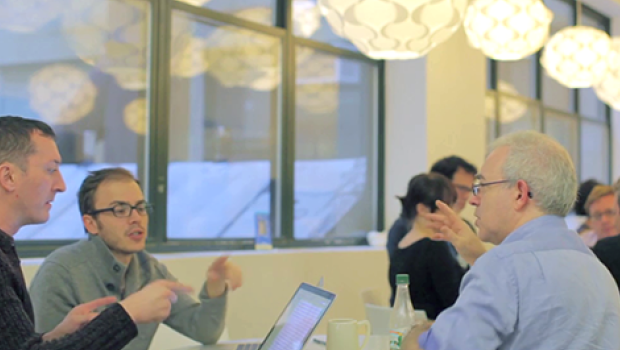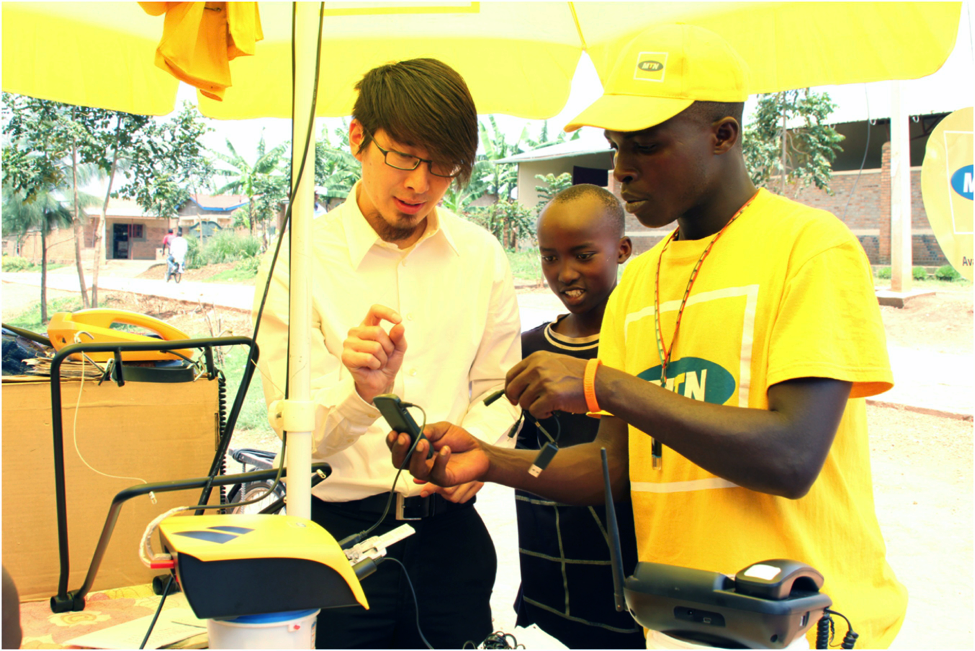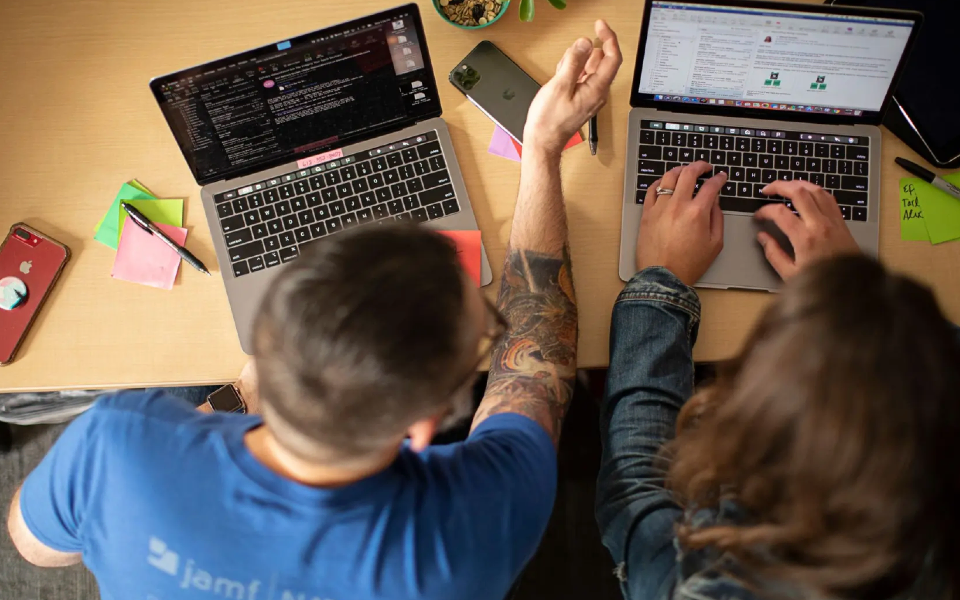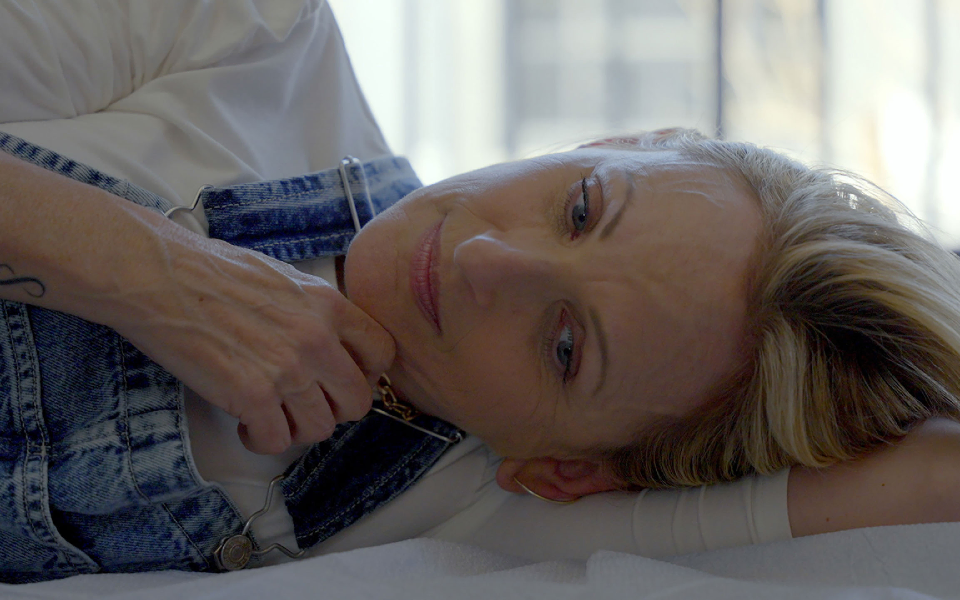
A singular legacy: Telling Marlee Matlin’s story her way
Published on January 23, 2025
The filmmakers behind "Marlee Matlin: Not Alone Anymore" used Dropbox—and some novel accessibility techniques—to build a documentary rooted in language and legacy.
When deaf characters are portrayed in movies, they rarely get to tell their own stories. Now a groundbreaking documentary is changing that.
Actress Marlee Matlin burst onto screens at age 21 and won an Oscar for her performance in Children of a Lesser God—the first deaf performer to claim the honor. She spent the next four decades fighting for Deaf representation in Hollywood, appearing in film and TV shows from The West Wing to Family Guy. Her story is a gold mine of transformative moments. The challenge: turning it all into a coherent narrative.
The result is Marlee Matlin: Not Alone Anymore, a documentary that began with a striking fundraising trailer. Director Shoshannah Stern, who first saw Matlin on screen as a child, became a Deaf filmmaker herself and created a preview that made ASL its primary language—without interpreter voiceovers or compromises.
“As someone who doesn’t sign,” recalls producer Robyn Kopp, “I found myself paying attention in ways I rarely do with interviews involving hearing people."
The approach captivated her and stuck: from raw footage through final edit, the film lets sign language tell the story. The film premieres at Sundance on January 23 and is set to appear on PBS as part of its American Masters series.
But before the film could take shape, producer Robyn Kopp and a team of researchers and editors faced a mountain of archival material, each discovery more compelling than the last.
"There were just clips and clips and clips sent to us. Dropbox was the only way we could actually handle the volume..."
With Dropbox as their organizational backbone, they wrangled an archive spanning footage from that 1987 Oscar night to intimate home videos into a living, breathing history. The platform became central to every stage from organizing decades of footage to sharing edits in post-production. Kopp shares how they navigated the archival labyrinth—and why Matlin’s story will stick with her.It became essential in bridging our archival research and post-production teams. We built a database in Airtable where we linked all the Dropbox files, which helped us review and make decisions about archival footage. When I needed to screen clips and determine whether to pursue licensing, I'd use Dropbox to access and evaluate them. It was really our go-between throughout the entire process.
How did you begin organizing Marlee Matlin's vast archive?
Dropbox was the essential tool we used to organize and understand the mountains of material coming in from all these different sources. Marlee's career spans from even before 1987 when she won the Oscar—there's just so much out there. We worked with our archival producers, Yael Chanoff and Jennifer Petrucelli, managing everything from never-before-seen home videos filmed by [her longtime interpreter] Jack Jason to behind-the-scenes footage from Children of a Lesser God, The West Wing, and Seinfeld.
There were just clips and clips and clips sent to us. Dropbox was the only way we could actually handle the volume of material we were working with. Then we could determine what to actually ingest into our system and what to hold off on.
And how did Dropbox fit into your post-production workflow?
It became essential in bridging our archival research and post-production teams. We built a database in Airtable where we linked all the Dropbox files, which helped us review and make decisions about archival footage. When I needed to screen clips and determine whether to pursue licensing, I'd use Dropbox to access and evaluate them. It was really our go-between throughout the entire process.
What was it like watching the collaboration between Shoshannah and Marlee and seeing them share that experience as deaf women?
Seeing Shoshannah and Marlee together was remarkable. It’s rare in film or TV to see Deaf characters interacting with other Deaf people—typically, they’re surrounded by hearing characters. That’s why CODA (Editor’s Note: Matlin’s 2021 film about a hearing child in a Deaf family, which premiered at Sundance) was such a breakthrough. Watching Shoshannah and Marlee share this deeply vulnerable, open conversation on camera felt unique. We framed it to show the microphones and setup, emphasizing Marlee’s connection with Shoshannah—someone who truly understands her experiences. It was powerful to see Marlee, who’s spent much of her career advocating for other Deaf actors, in this moment of solidarity. Emotional, beautiful, and unforgettable.
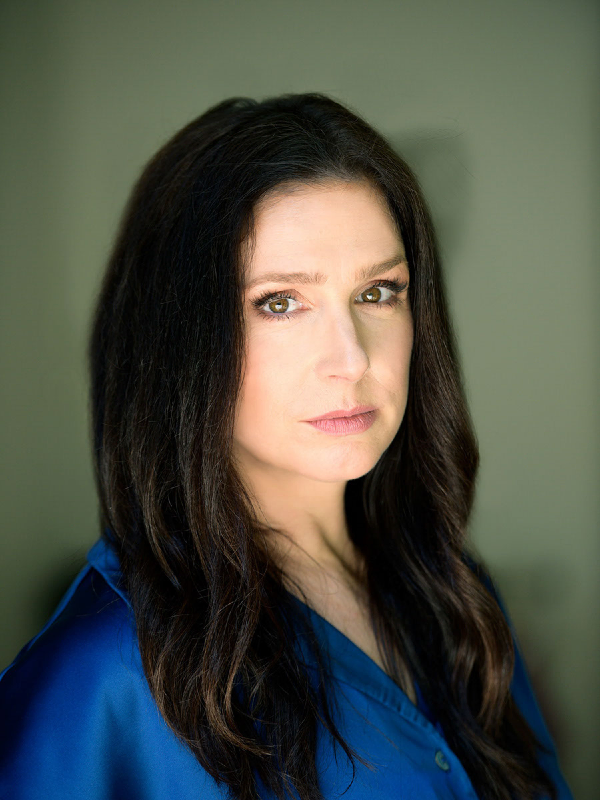
How did you approach filming interviews in ASL?
As Shoshannah's producer, we had extensive conversations about how to produce shoots for seamless communication. For the Deaf folks she interviewed, it was simple—it was actually the hearing crew that needed accessibility. We were the ones that needed interpreters.
We did all these tests to ensure we had the proper headsets and microphones so we could hear one interpreter in one ear and another in the other ear. The interpreters had to be in separate rooms so their voices wouldn't be picked up by the microphone or distract each other. For folks using ASL, we used a much bigger frame than we would conventionally use for a close-up of a hearing person speaking, just so the language wouldn't get cut off.
The film also takes a unique approach to captioning. Can you elaborate on that?
Shoshannah wanted this film to be captioned differently from the beginning. She questioned why captions always have to be in the same place, why there can't be different colors for different people speaking, why we can't see different descriptions of sounds that are meaningful to the creative vision. We worked with Alison O'Daniel, who directed The Tuba Thieves and is really on the forefront of challenging captioning conventions. The result is pretty remarkable—unlike anything I've ever seen.
What do you hope audiences take away from this film?
First, I hope everyone just enjoys it as a great story about a human being who, as Shoshannah says, has lived this, in some ways remarkable, in some ways unremarkable life. But I also hope people see how Marlee's career and personhood were defined by a dominant system that wasn't designed for her and didn't have much interest in changing to make room for her and other Deaf actors in Hollywood.
The film also gave me a greater understanding of language deprivation. When you're deprived of language, it can create a lot of trauma in your life. Access to language is the foundation for everything.
This interview has been edited and condensed for clarity.
 Dropbox Dash: The AI teammate that understands your work
Dropbox Dash: The AI teammate that understands your work
.png/_jcr_content/renditions/hero_square%20(2).webp)
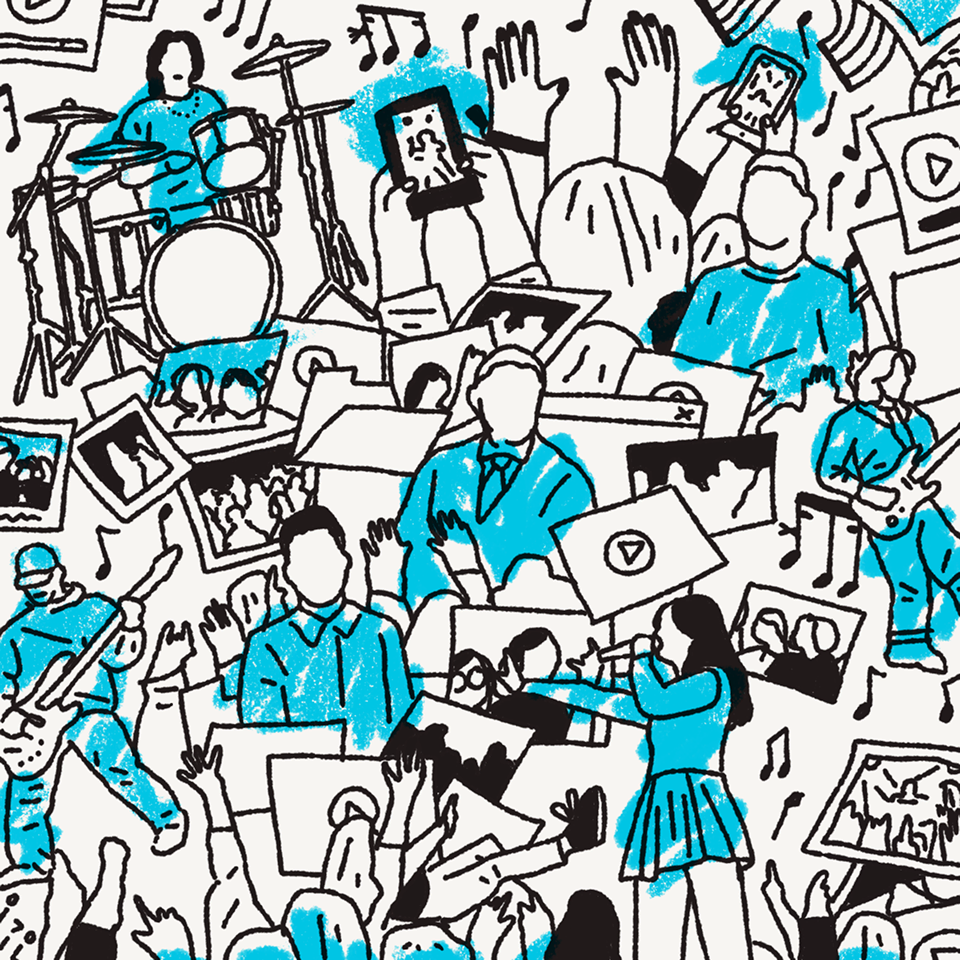
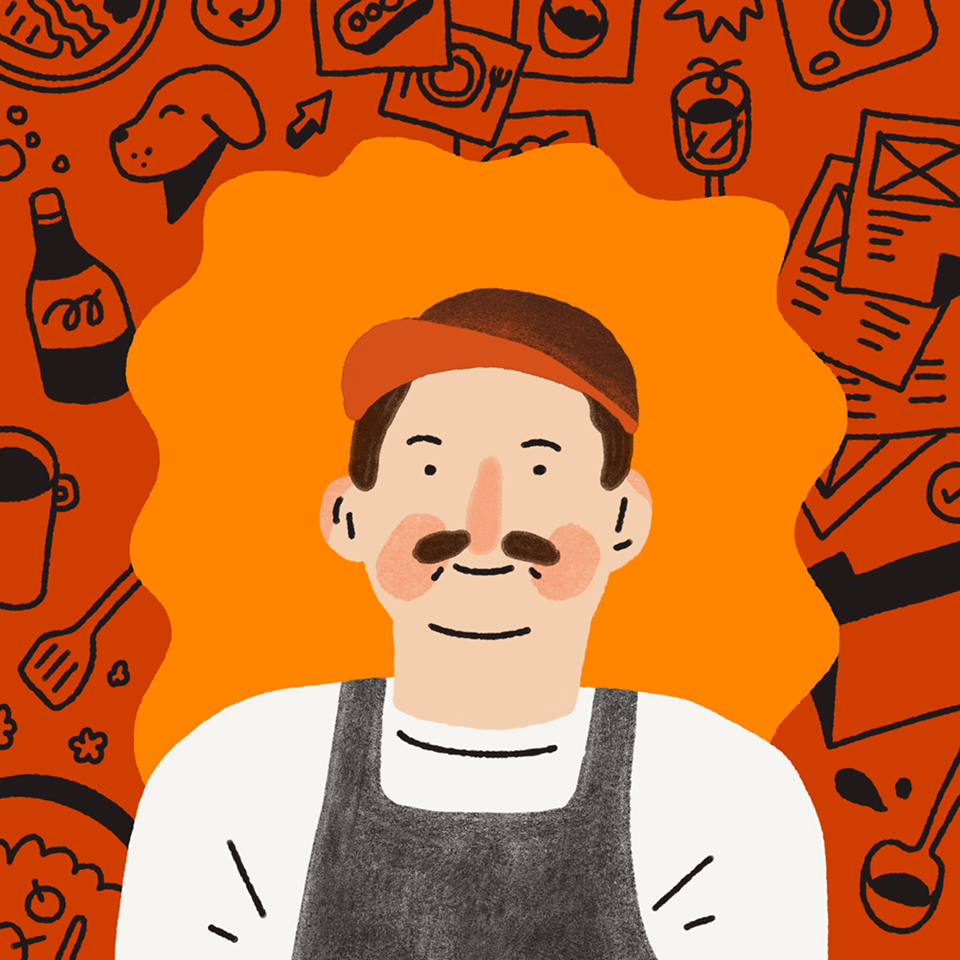





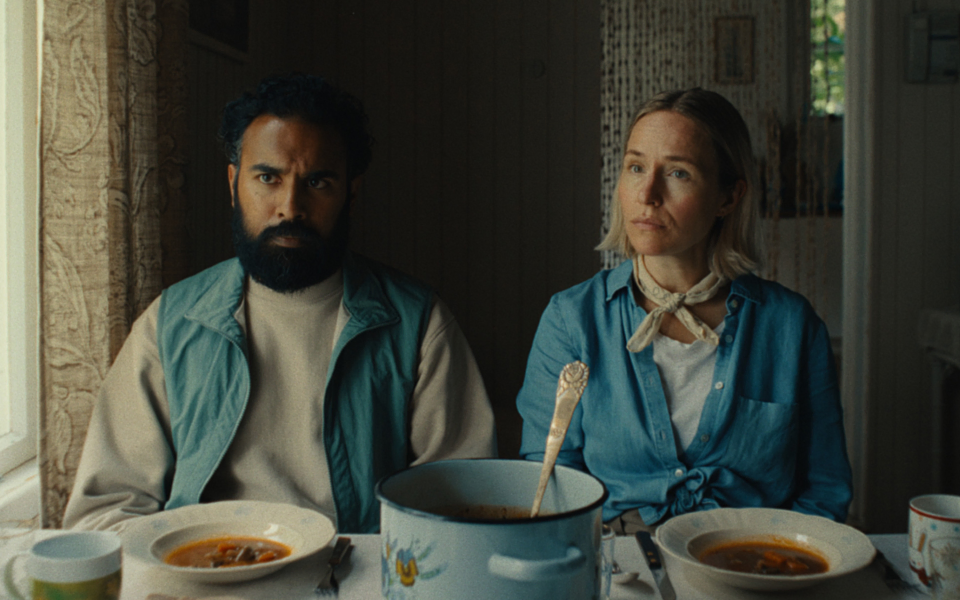




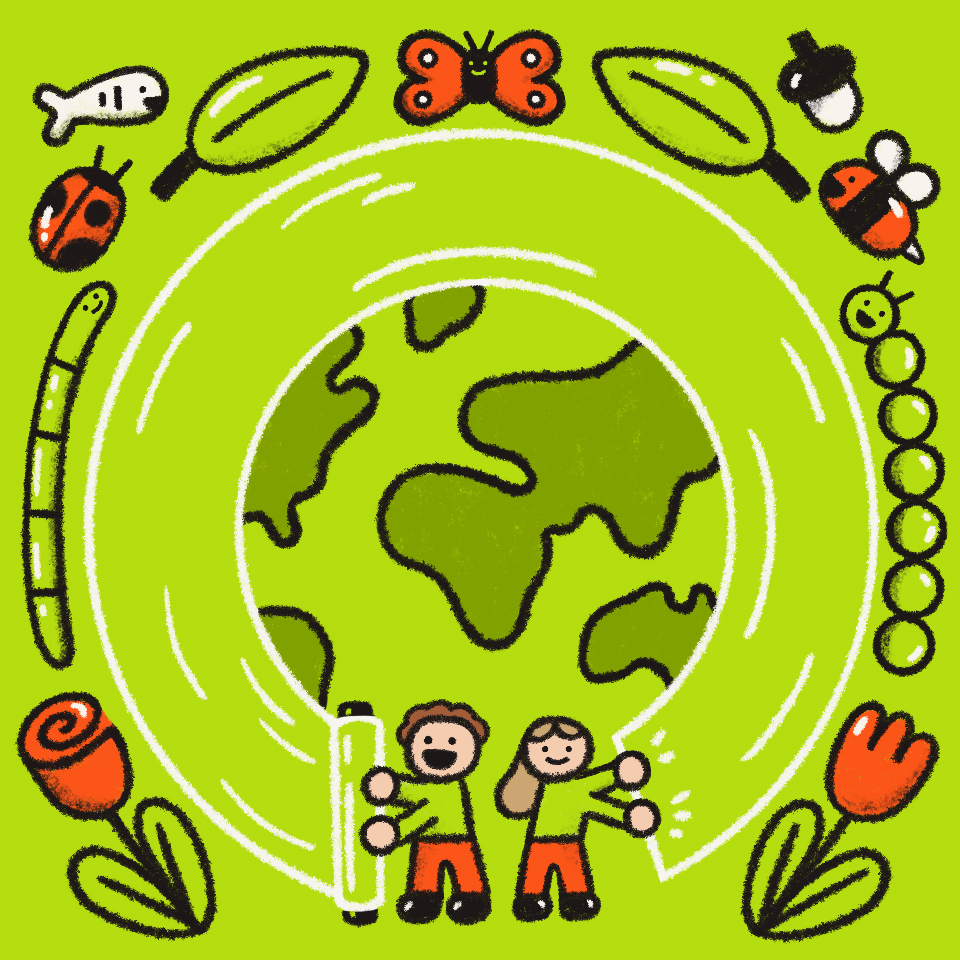
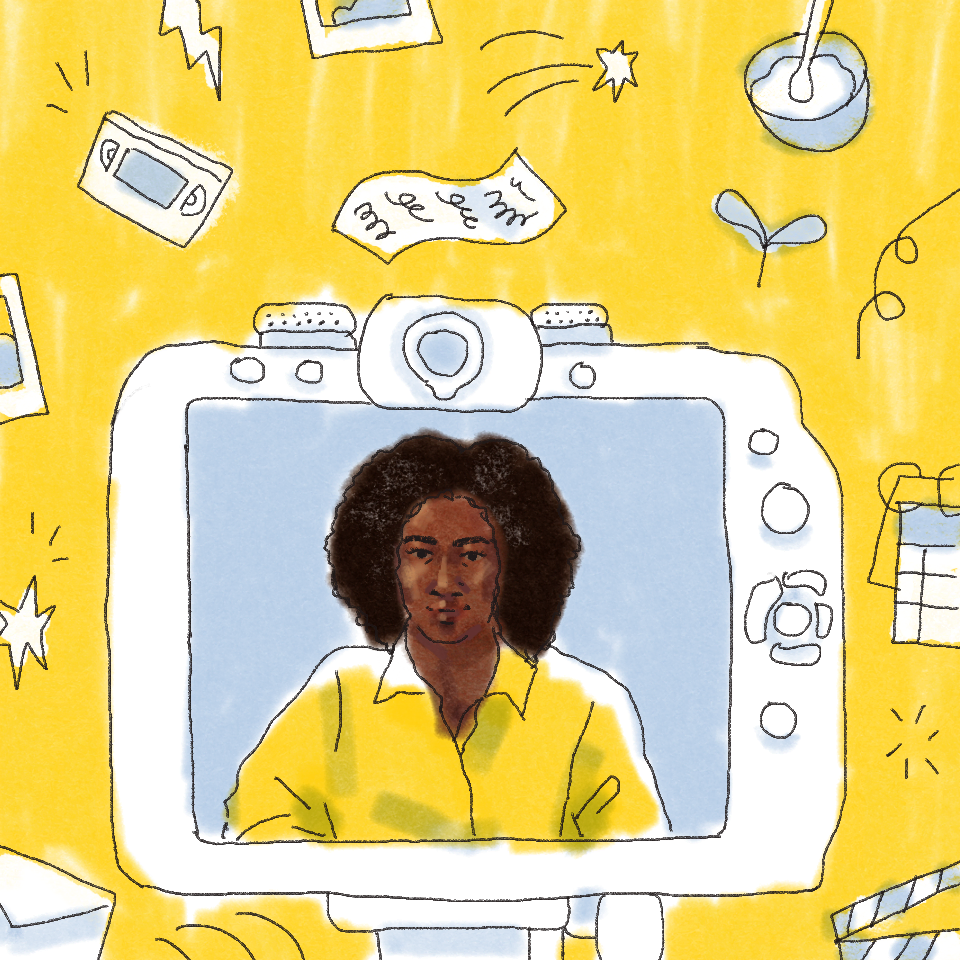
.jpg/_jcr_content/renditions/1200x628%20(5).webp)
